

A Traveler's Guide to Dark Tourism
Exploring the world's dark & unusual travel destinations.

Spac Prison: Albania’s Dark Tourism Destination Reveals a Haunting History
Nestled within the picturesque mountains of Albania, SPAÇ Prison stands as a chilling reminder of the country’s tumultuous past. Once a site of political imprisonment and human suffering, this haunting location has become a dark tourism destination, attracting visitors prepared … Read More

Visiting Hartheim Castle Memorial Site (Austria)
As far as dark tourist destinations are concerned, there’s few more harrowing than Hartheim Castle. During WWII it was a Euthanasia Centre, a secret Nazi killing facility, and part of the Aktion T4 program. Here, German citizens tagged as mentally … Read More

Tsitsernakaberd Genocide Memorial & Museum (Yerevan)
For dark tourists in Yerevan, a trip to Tsitsernakaberd is a must. The Memorial and Armenian Genocide Museum provide a powerful insight into the country and its culture and of the darkest period in the nations’ relatively recent history. The … Read More

Visiting Cellular Jail, Port Blair – All You Need to Know
Cellular Jail in the Andaman Islands has a dark and significant history. During the many years of British rule, prisoners were forced into exile in this remote location. Known as the Kala Pani (Black Water in Hindi), Indian freedom fighters … Read More

Masada, Israel – 1st Century Fortress and Site of a Mass Jewish Suicide
“Masada shall not fall again.” The oath that soldiers take when inducted into the Israeli Defence Forces ends with this line. It is connected to a siege that took place almost 2000 years ago. The 1st-century fortress at Masada was … Read More

KGB Cells Museum – Tartu, Estonia
In the center of the Estonian city of Tartu stands an unassuming building that once held a dark secret. During the first Soviet occupation of the country between 1940 and 1954, the basement was home to the KGB. Operating covertly … Read More

North Brother Island – Abandoned Quarantine Facility in New York
North Brother Island, located on the East River between the Bronx and Riker’s Island in New York, is a place with a dark history. Not only is the island home to the worst loss of life in New York’s history … Read More

Ruddock, Louisiana – Entire Town Destroyed by Hurricane
At the turn of the 20th century, Ruddock in Louisiana was a bustling community, located on an isthmus between Lake Maurepas and Lake Pontchartrain, the town was connected by the railroads with a train coming through daily. At the height … Read More

Vorkuta – Russia’s Dying City Above the Arctic Circle
Just over 90 miles north of the Arctic Circle and 40 hours by train from Moscow, sits the once-bustling coal-mining city of Vorkuta, Russia. Built by gulag inmates during Stalin’s big purge in the 1930s, this desolate region on the … Read More

Fleury-devant-douaumont – A Village that Died for France
During World War One, Fleury-devant-douaumont became known as one of the villages that died for France. Caught in the midst of The Battle of Verdun, (one of the longest and fiercest artillery battles of the Great War), French and German … Read More

Reggane and In Ekker – French Nuclear Test Sites, Algeria
Reggane and In Ekker were once nuclear test sites in Algeria. It was here that the French experimented with their atomic arsenal in the 1960s. Thirteen underground nuclear detonations were carried out at the In Ekker site. The reckless nature … Read More

Kadykchan – Abandoned Soviet Mining Town
Kadykchan is located at the eastern extremity of Russia in the Kolyma region of Siberia, an area renowned for the harshness of the climate. This part of Siberia is known for something else too, the devastating brutality of its Gulags. … Read More

Inside Saint Elmo, Colorado’s Best Preserved Ghost Town
St. Elmo, is currently the best-preserved ghost town in Colorado. This former gold mining camp in Chaffee County lies in the heart of the Sawatch Range. The entire district was placed on the National Register of Historic Places in 1979, … Read More

A Trip to Tinian Island – WWII Relics in the Pacific
Despite its remote location in the Pacific, Tinian is slowly becoming more popular with tourists, especially dark ones that are interested in Pacific WWII History. There are a number of reasons why. Not only did the island become one of … Read More

The Ruins of Villa Epecuén, Argentina – A Resort Town Submerged
Villa Epecuén was once a bustling tourist town along the shore of Lago Epecuen. The salt lake, some 600 kilometers away from Buenos Aires was a popular holiday spot for many decades in the 20th century. People would flock from … Read More

Visiting Nauru – An Island From Boom To Bust
Nauru has had a troubled history, passed from one empire to the next. As one of the three big “phosphate rocks” of the Pacific, (Banaba in Kiribati and Makatea in French Polynesia being the other two), the island was a … Read More

The Buried Village of Te Wairoa – Dark Tourism in New Zealand
On June 10, 1889, New Zealand’s deadliest volcanic eruption devastated the surrounding landscape and killed over 120 people. The villagers around Mount Tarawera on the on North Island did not stand a chance as boiling mud and hot springs tore … Read More

Port Royal – Sunken Pirate City, Jamaica
Port Royal, Jamaica was once known as “the most wicked and sinful city in the world”. Founded in 1494 by the Spanish, the enclave positioned on the mouth of what is now called Kingston Harbour, was the center of shipping … Read More

Bunker Valentin, Bremen – Nazi U-Boat Facility
Bunker Valentin was the largest fortified U-boat facility in Germany during WWII. Built to produce submarines on a grand scale for the Nazi war effort, more than 10,000 forced laborers were used in the construction of this gigantic bunker, support … Read More

Chagan Nuclear Tests, Crater Lake & Ghost Town – Kazakhstan
During the Cold War, the Soviets couldn’t get enough of blowing up nuclear weapons in northeastern Kazakhstan. The tests were not always with the intent to one day nuke the USA, however. Conducted by the military under the banner of … Read More
Privacy Overview
Privacy Policy - Contact - Terms and Conditions
- [email protected]
- +44 203 983 9653

- Dark Tourism Holidays
DARK TOURISM HOLIDAYS
If you are looking to break away from the norm and explore a place that is associated with a dark past, you have definitely come to the right place. Dark tourism holidays takes you to places that are identified with death, disaster, tragedy, suffering, destruction and even paranormal activities. Although visiting Dark tourism holidays is not something to be overjoyed about, it will give you an adrenaline rush and a surreal feeling which will be unlike anything you’ve ever experienced. Added to that, it also allows you to literally take a walk down memory lane and get a deeper understanding of these destinations. So, if you are a curious George, thirsty for a unique and out of this world experience, dark tourism holidays are perfect for you.
How can I pick the perfect Dark tourism holidays?
The perfect choice for your dark tourism holidays depends on what you are most keen to see. Although dark destinations are sites involved with much tragedy, death and destruction, they can take many forms. Disasters can happen in many different ways, be it, natural or industrial. Thus, there are different types of dark tourism destinations for you to choose from. To name a few:
– Disaster area tourism – Grave tourism – War or battlefield tourism – Holocaust tourism – Genocide tourism – Prison tourism – Cold war and iron curtain tourism – Terrorist tourism – Murderers and murderous places tourism – Dark amusement tourism
Dark tourism holidays will definitely take you out of your comfort zone, but it will provide you with invaluable knowledge and information about some of the most tragic events in history. It is a way of understanding the past, in order to make a better future.
Still don’t know what dark destination to pick for your trip? Then head over to our very own blog to find an article on some of the most iconic dark tourism destinations in the world.
Why should I book my dark destination with Aero Travels?
As renowned travel agents in the UK, we at Aero Travels are always looking to provide unique experiences to our customer. We strive to break the taboo associated with dark destinations and provide our customers with the opportunity to witness the culture, significance and rich history found in these places.
We have put together some amazing dark tourism packages for you to explore and witness some of the most talked-about dark destinations in the world. That means you don’t have to worry about booking flights, accommodation or tours because we will be doing all that for you. All you need to do is simply choose the dark destination you wish to explore and we will take care of the rest.
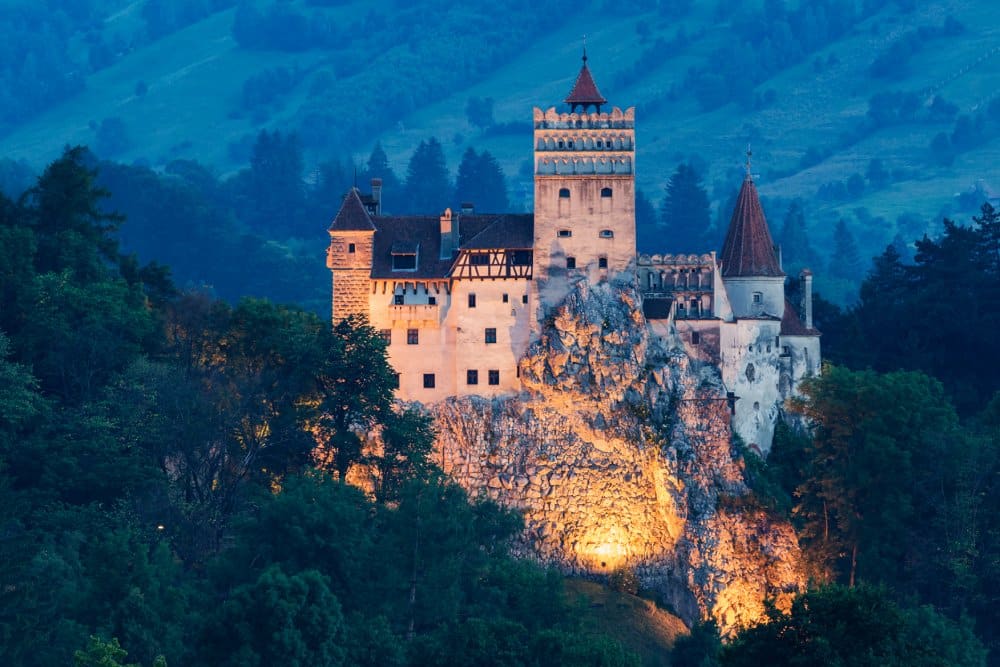
Bucharest Holiday
2 nights Flights Hotel bed and Breakfast Dracula's Castle Tour

Paris Catacombs Tour
2 nights Flights Hotel Bed and Breakfast Basis Catacombs of Paris Tour

Pompeii Mt.Vesuvius Holiday
3 nights Flights Palazzo San Michele bed and Breakfast Basis Dracula's Castle Tour
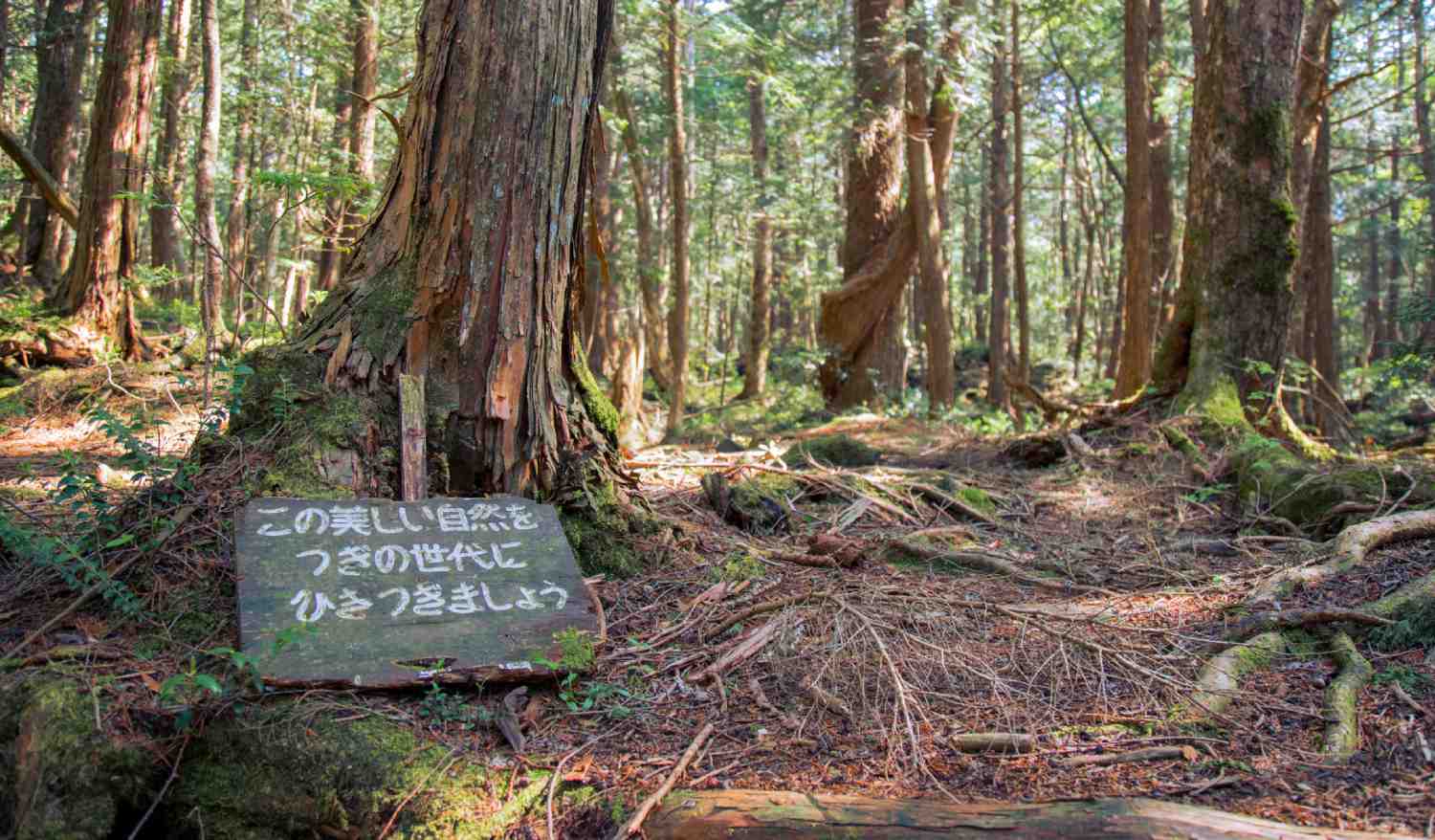
- Aokigahara Forest, Japan
5 nights Flights Agora Place Asakusa bed and Breakfast Aokigahara Forest Trekking Tour

Killings Fields - Cambodia
5 nights Flights Pacific Hotel Phnom Penh bed and Breakfast Killing Fields and Prison S21 Tour

Hiroshima , Japan Dark Holiday
5 nights Flights APA Hotel Hiroshima-Ekimae Ohashi bed and Breakfast Basis Hiroshima Peae Walking Tour

The Day of the Dead Festival - Mexico
5 nights Flights ibis Cancun Centro bed and Breakfast Basis The day of the Dead Festival

The Dungeons of London
3 nights April-September 2022 ibis London Earls Court bed and Breakfast Basis The Dungeons London Entrance Ticket
Dark Tourism Holidays FAQ
Visiting dark tourism destinations allow travellers to walk back in time and take a glimpse into the darkness that existed at some point in history. It also allows them to understand the pain and suffering that the victims had to experience as well as their unwavering perseverance. Today, dark tourism holidays have become widely popular among travellers as it is a unique, intriguing, interesting and not to mention educative experience. Many people go in search of dark destinations to learn and better understand a grim incident or situation that occurred in the past and to pay their respects.
Dark tourism is definitely not for the faint-hearted. If you are hoping to visit any dark tourism destinations, ensure that you are comfortable with where you are going and what you will be witnessing. That being said, it should also be noted that travellers of various age groups; that is from young students to senior citizens, have shown much interest in dark tourism. Thus, it is safe to say that its appropriateness has nothing to do with age, but with one’s mindset.
Dark tourism holidays can vary from visiting a light dark destination such as the London Dungeons, where people have fun, to tourists visiting scenes of mass death or extreme tragedy like Pompeii in Italy, where you feel the pain and suffering that was caused. Thus, the dark tourism spectrum on one end will take you to extremely dark destinations that often involve an educational element such as The Killing Fields of Cambodia. Or on the other hand, it will take you to a lighter dark destination like the Dracula Castle in Bucharest where it is more commercialized and displays romanticized versions of dark history, for fun and entertainment.
The main purpose of dark tourism sites around the world is to commemorate the dead and educate oneself. It allows visitors to emotionally absorb themselves in a place of tragedy and to educate themselves to ensure that history will never repeat itself. People need to immerse themselves in the culture and tragic pasts of different parts of the world in order to truly reflect on history.
- Disaster Tourism
- Grave Tourism
- Holocaust Tourism
- Cold War and Iron Curtain Tourism
- Nuclear Tourism
- Prison and Persecution Site Tourism
- War or Battlefield Tourism
- Genocide Tourism
- Terrorist Tourism
- Dark Amusement Tourism
- Murderers and Murderous Places Tourism
Although dark tourism sounds like a dangerous concept and many people perceive it as visiting ‘dangerous places’, it most certainly is not dangerous at all. Dark tourism is merely tourism that directs travellers to places that are identified with death and tragedy. Most of these locations are completely harmless now and does not put your life at risk. Thus, it is important to bear in mind that dark tourism is not about putting people’s lives at risk. These destinations were indeed dangerous at some point in history however, not so much anymore.
Dark tourism holidays are indeed important to society as they give a positive impact to the economical side of view by generating income for the affected communities. Furthermore, it benefits both the residents and the tourists emotionally and creates awareness to ensure that history will not be repeated. Dark tourism definitely takes you out of your comfort zone and allows you to experience new things and change your view of the world.
Dark tourism is also known as Black Tourism, Morbid Tourism, Thana Tourism and Grief Tourism.
When embarking on dark tourism holidays, it is important to keep in mind that it is a sensitive destination and there is a different set of manners that are required, no matter how dark.
- Don’t touch anything.
One of the most common mistakes that tourists make when visiting most destinations is touching ruins, artefacts, monuments, gravestones or whatever is there in plain sight. This is completely unacceptable, especially when visiting dark tourism destinations as these places should be visited with the same kind of respect as visiting a religious site.
- Learn a little bit about the cultures and religions outside of the clichés.
Familiarize yourself with a little about the history of the places you visit and create cultural awareness within yourself beforehand. Furthermore, have an open mind when visiting these destinations instead of blindly believing everything you see and hear.
- Rethink when and where you take selfies.
Be mindful of where you are and behave respectfully. Dark tourism spots are to be treated extremely delicately, so busting out your selfie stick and snapping away is not something that should be practised at such sites. First, check if photography is permitted and act accordingly.
- Dress and behave appropriately.
Most dark tourism site around the world have witnessed great tragedy and loss. Thus, when visiting such places it is necessary to dress appropriately and show your respect to the departed souls as well as the community.
- Chernobyl, Ukraine
- Auschwitz Concentration Camps, Poland
- Pompeii, Italy
- Hiroshima, Japan
- Catacombs, Paris
- Killing Fields, Cambodia
- The Day of the Dead Festival, Mexico
- Dracula Castle, Bucharest
- The London Dungeons, England
Book your holidays now
Call 0203 983 9653 , to speak to a travel consultant
Related Articles
Dark tourism explained by british tour operators., top 10 dark tourism destinations to visit in 2022/2023.

REG NO. 12151309

Our Location
4 Byfield Court Station Road, West Horndon, Brentwood, England, CM13 3TZ, United Kingdom
- 0203 983 9653
Quick Links
- Privacy Policy
- Terms & Conditions

or continue with
Reset Password
Enter the e-mail address associated with the account. We'll e-mail a link to reset your password.
GET YOUR HOLIDAY QUOTE
You're almost there , make a free reservation.
(24 Hours Validity)
- Lock your Fare
- No prepayment needed
- No credit card needed

- dark tourism
- Search & Find

30 Dark Tourism Destinations and How to Visit
By: Author Zachary Friedman
Posted on Last updated: March 1, 2024
Categories Travel Destinations
Home » Travel » Travel Destinations » 30 Dark Tourism Destinations and How to Visit
Many of us have a natural morbid curiosity. Death, disasters, atrocities, and destruction fascinate us. Every year, millions of people travel to some of the darkest and most tragic sites on earth to satisfy that curiosity as well as to gain a deeper understanding of the events that took place there. This is called dark tourism. In this guide, we’ll outline some of the most popular dark tourism destinations and explain how to visit them. We’ll also explain exactly what dark tourism is and talk a bit about the ethics, controversies, and motivations of dark tourism.
Personally, I’m a big fan of dark tourism. Over the years, I’ve visited many of the dark tourism sites on this list. In this guide, I’ll share my experience.

Table of Contents
- Auschwitz-Birkenau Memorial, Poland
- Chernobyl Nuclear Disaster Site, Ukraine
- Choeung Ek Killing Fields and S-21, Cambodia
- September 11 Memorial and Museum, New York
- Hiroshima Peace Memorial Park and Museum, Japan
- Kigali Genocide Memorial, Rwanda
- Pompeii, Italy
- Slave Castles, Ghana
- Sedlec Ossuary, Czech Republic
- Alcatraz Island, San Francisco
- Suicide Forest (Aokigahar), Japan
- Fukushima, Japan
- Robben Island, South Africa
- Pearl Harbor, Hawaii
- The Colosseum, Rome
- Mount St. Helens, Washington
- Anne Frank House and Museum, Amsterdam
- Various Nuclear Test Sites
- The Catacombs of Paris
- Warsaw Ghetto, Poland
- Perm-36 Gulag, Russia
- Cremations on the Ganges River in Varanasi, India
- WWII memorials and museums in Berlin, Germany
- Communist Leader Mausoleums
- Somme Battlefield, France
- Verdun Battlefield, France
- D-Day Beaches and Memorials in Normandy
- Antietam National Battlefield, Sharpsburg, Maryland
- Cu Chi Tunnels, Vietnam
What is Dark Tourism?
Dark tourism is a relatively new term for a form of tourism that involves travel to a site where death, tragedy, disaster, violence, atrocity, or suffering took place. This could include sites of genocide, assassination, natural disaster, war, terrorism, man-made disaster, etc. Usually, dark tourism sites have some kind of historical significance. They could also be the site of a recent or ongoing tragic event. Dark tourism is also called black tourism, morbid tourism, and grief tourism.
A few of the most well-known and popular dark tourism sites in the world include the ruins of Pompeii, Auschwitz concentration camp, the site of the Chornobyl nuclear disaster, the Paris Catacombs, Gettysburg, Ground Zero, and the 9/11 memorial in New York. In each of these sites, death, suffering, tragedy, or disaster took place.
Most people visit dark tourism sites for educational purposes. These sites usually have interesting histories. Some people visit because these sites pique a morbid curiosity. Others just want to witness large scale destruction and damage. Everyone has their own motivation.
There are different types of dark tourism as well. For example, dark tourism and heritage tourism are sometimes closely related. For example, someone may choose to visit Holocaust sites to learn about the events that their ancestors experienced. Descendants of slaves may choose to visit slavery heritage sites. Some consider this a form of dark tourism as well.
To consider someone a dark tourist, they must visit the site for dark tourism purposes. Some sites have a dark element but aren’t exclusively visited for dark tourism purposes. For example, if you visit Mount St. Helens to go for a hike, you’re not a dark tourist. If you visit to learn about the volcanic eruption and the damage it caused, you are a dark tourist.
Dark Tourism Destinations
1. auschwitz-birkenau memorial and museum, poland.

Located outside of Krakow, Poland, Auschwitz was the largest and most deadly of the Nazi concentration camps. Between 1.1 and 1.6 million men, women, and children were murdered here during the Holocaust. Auschwitz is one of the largest mass murder sites in the world.
Today, the site symbolizes genocide and the evil acts that humans inflict upon one another. It also acts as a valuable education tool to help prevent atrocities such as the Holocaust from happening again.
Auschwitz is actually a series of 40 concentration camps rather than one large camp. Auschwitz I is the older and smaller camp where political prisoners were held. Here, you’ll see a terrifying exhibition of some of the inmates’ possessions including piles of suitcases, shoes, and human hair.
Auschwitz-Birkenau, which is located a couple of miles down the road, is a much larger concentration camp and extermination camp. Here, you’ll find the ruins of the infamous gas chambers, barracks with wooden shelves where prisoners slept, and the train track which was used to haul thousands of people into the camp.
Auschwitz has become a mass tourist site seeing over 2 million visitors per year and over 60 million visitors since the site opened in 1947. This is probably the world’s biggest and most well known dark tourism site. The Auschwitz Memorial is free to enter but you should book in advance. Only a limited number of tickets are available per day because the site is so popular.
2. Chernobyl Nuclear Disaster Site, Ukraine

On April 26, 1986, the world’s worst nuclear meltdown took place at the Chernobyl nuclear power plant near Pripyat, Ukraine. This disaster caused the death of around 4,000 individuals from radiation-related illness as well as the displacement of over 300,000.
The area is still not safe for people to inhabit, even though some have moved back into their villages anyway. In fact, scientists believe it could take 20,000 years before the exclusion zone is completely safe. The radiation has dissipated enough for tourists to make short visits on guided tours.
Several tour companies offer day trips and multi-day trips to Chernobyl from the nearby city of Kyiv. During the tour, you’ll see the radiation-contaminated Red Forrest and eerie abandoned buildings including the famous Pripyat Amusement Park and a Kindergarten. You’ll also learn about the impact the disaster had on the region.
Keep in mind that there is still a risk of radiation poisoning when visiting the Chernobyl exclusion zone. Radiation levels are still hazardous in much of the zone. Your guide will explain the safety precautions you must take and guide you through the areas that are safe enough to visit.
Chernobyl is one of the world’s most famous and popular dark tourism sites. The recent HBO miniseries, Chernobyl, greatly increased the popularity of the area. Following the release of the show, tourism increased by 30%.
Note: Currently, it’s not possible to visit this site. Hopefully, it will be possible to visit again in the near future.
3. Choeung Ek Killing Fields and Tuol Sleng Genocide Museum (S-21), Cambodia
The Khmer Rouge regime came into power after the Cambodian civil war ended in 1975. The new government was called the Communist Party of Kampuchea. Their leader was prime minister Pol Pot.
Immediately following the end of the war, the Cambodian genocide began. From 1975 to 1979, between 1.7 and 2.5 million people were killed at 300 sites throughout the country. These sites are known as killing fields.
The most famous of these killing fields is Choeung Ek, which is located about 11 miles outside of Phnom Penh, the capital of Cambodia. It is estimated that around 17,000 men, women, and children were killed at this site. Many were killed violently with knives, scythes, bats, and bayonets. This is the main memorial for the Cambodian genocide.
At this site, you’ll see a memorial Buddhist stupa made of glass. Inside the stupa, there are 5,000 human skulls. Many of the displayed skulls are catastrophically damaged, showing the brutal manner in which the victims were killed. The site also includes a mass grave that contains the remains of almost 9,000 people that were exhumed from the surrounding area. Human bones still litter the entire site. Occasionally fragments wash up after heavy rain.
Another famous Cambodian Genocide site is the Tuol Sleng Genocide Museum or S-21. This museum is located in Phnom Penh. Originally, this site was built as a secondary school but was converted into a prison by the Khmer Rouge. Around 20,000 people were imprisoned here during Pol Pot’s reign. Many were tortured and killed. Here, you’ll see prison cells, photos of victims, as well as an exhibit that documents the events of the Cambodian genocide.
4. National September 11 Memorial and Museum, New York

This New York City memorial and museum was built to commemorate and honor the 2,977 people who died in the September 11, 2001 terror attacks as well as the six people who died in the 1993 World Trade Center bombings. The memorial sits on the site where the twin towers once stood.
The main memorial, called Reflecting Absence, consists of two 1-acre pools that occupy the exact footprints where the Twin Towers stood. Each pool features a large waterfall. Bronze parapets with the name of each victim etched in surround the pools. The September 11 Museum, located underground, contains thousands of images, artifacts, recordings, and videos. The exhibit tells the complete story of the events of 9/11.
This site is fairly controversial. Partly for the high price of entry ($24) but mostly for the fact that the remains of over 1000 victims were placed in a tomb in the bedrock under the museum. Many people find this disrespectful. Even so, the 9/11 Memorial is one of the world’s most popular dark tourism sites. Over 6 million people visit this memorial per year.
5. Hiroshima Peace Memorial Park and Museum
This memorial and museum commemorate and honor the city of Hiroshima and the 140,000 people who died when the United States dropped an atomic bomb on the city on August 6, 1945. It also memorializes the world’s first nuclear attack. The aim is to educate people about the danger of nuclear weapons as well as to promote peace.
The atom bomb, codenamed “Little Boy,” detonated 600 meters above the busiest part of downtown Hiroshima. The explosion essentially leveled the area except for a few ruins. This event marked the beginning of the end of WWII. Japan surrendered on August 15, 1945. The park was built on the site of the bombing. Today, the Hiroshima Peace Memorial Park contains a number of monuments as well as a museum and a lecture hall.
Hiroshima Peace Memorial Museum is the main feature of the park. The museum educates visitors about the events leading up to the bombing as well as the catastrophic effect the bomb had on the city. You’ll see photos and artifacts from the bombing. A major section of the museum is dedicated to the stories of the victims and survivors.
The A-Bomb Dome is the second most important site in the park. This is the ruins of the Hiroshima Prefectural Industrial Promotion Hall. Today, it’s just a shell of a building. This building is significant because it is one of the only buildings that survived the blast. Most structures in Hiroshima were built from wood and burned up in fires that the bomb started. This building was also just 150 meters from the hypocenter of the blast. It has been designated a UNESCO World Heritage Site.
A few more significant points of interest in Hiroshima Peace Memorial Park include Children’s Peace Monument, Peace Flame, Peace Bells, Peace Pagoda, Gates of Peace, and Atomic Bomb Memorial Mount. You could easily spend half a day wandering around the park viewing the various monuments and memorials.
3 days after the bombing of Hiroshima on August 9, 1945, The United States bombed the city of Nagasaki in a second nuclear attack. Today, you’ll find a number of memorials and museums including the Atomic Bomb Museum, Peace Park, Oka Masaharu Memorial Peace Museum, and more.
6. Rwanda Genocide Sites (Kigali Genocide Memorial and Murambi Genocide Memorial)
In 1990, a rebel group of Tutsi refugees called the Rwanda Patriotic Front (RPF) invaded Rwanda from Uganda. This started the Rwandan Civil War. President Juvénal Habyarimana signed peace accords in 1993. The following day, the president was assassinated. Genocidal killings of Tutsi people began soon after and the civil war resumed.
The Rwandan genocide lasted from April 7 to July 15, 1994. During that time 500,000-1,000,000 people were killed. This includes about 70% of Rwanda’s Tutsi population. The genocide ended when the RPF captured Kigali and gained control of the country. The government and genocidaires were forced into Zaire (now the Democratic Republic of the Congo).
Today, there are a number of genocide memorials located throughout the country. The largest and most visited is the Kigali Genocide Memorial Centre. The remains of an astonishing 250,000 people are interred at this site. The attached museum includes three exhibits. The first documents the events of genocide from start to finish. The second exhibit is a memorial to the children who died. It includes photos and details about their lives, things they liked, and the way they died. The third exhibit covers genocide around the world.
The Murambi Genocide Memorial (Murambi Technical School), located in southern Rwanda is one of the darkest dark tourism destinations on the planet. Here, around 50,000 Tutsi men, women, and children were murdered by Hutu Interahamwe militiamen in April of 1994.
The Tutsis were told that they could safely shelter at the school and that the French military would protect them. This turned out to be a trap. After being starved for several days to weaken them, they were attacked and killed. Only 34 people survived the attack and escaped. At Murambi, the remains of 800 people are displayed partially decomposed and preserved by lime.
7. Pompeii, Italy

This ancient Roman city was wiped out when nearby Mount Vesuvius erupted in 79 AD. Historians estimate that about 2,000 people died in the disaster. The thick layer of ash and pumice that covered the city preserved this little slice of ancient Rome.
At the ruins, you can see beautifully preserved artwork, pottery, casts of people who died, houses, an amphitheater, and more. Pompeii is a UNESCO World Heritage site and is one of Italy’s most popular tourist destinations with over 2.5 million visitors per year.
Some people question whether or not Pompeii is actually a dark tourism site due to the age of the site. After all, the eruption occurred nearly 2000 years ago. In my opinion, Pompeii is absolutely a dark tourism site due to the large scale death and destruction that happened here. The age of the site is irrelevant.
8. Slave Castles, Ghana (Cape Coast Castle and Elmina Castle)
During the colonial period of West Africa, the British, Dutch, and Portuguese built around 40 castles or forts along the Gold Coast. The Europeans originally used these castles as trading posts for timber or gold.
During that time, African slaves were in high demand in the Americas. The European traders quickly found that the slave trade was more profitable.
They modified their forts to hold as many slaves as possible. Usually in an underground dungeon. African slavers would capture slaves inland then sell them to the Europeans who lived in the castles on the coast. The slaves stayed in the castles until they were shipped across the Atlantic to the Americas.
Living conditions for the slaves were horrible. Slavers shackled and packed the slaves into the castle’s dungeons. There was very little light or ventilation. There was no water or sanitation so the floors were covered in waste. Many became ill. The slaves lived in these conditions for up to three months before being shipped across the Atlantic.
Today, dark tourists visit these castles to learn about the horrors of the slave trade. Two of the most significant castles to visit include Elmina Castle and Cape Coast Castle. Both are located in Ghana. Guided tours are available.
Elmina Castle was the first European trading post and is the oldest European building in Sub Saharan Africa. The Portuguese built the castle in 1482. Today, it is a UNESCO World Heritage Site. Here, you can see the famous ‘Door of No Return’ where slaves exited the castle before boarding ships to Brazil and other Portuguese colonies. You’ll also see the dungeon where the slaves were held as well as the living quarters for the European slavers, who lived on the upper floors of the castle.
Cape Coast Castle was built by Swedish traders in 1653. Over the years, the castle changed hands multiple times until it came into British possession. Here, you can see the dungeons where slaves were held and cannons that were used to defend the fort. In 2009, President Obama visited Cape Coast Castle during his visit to Ghana.
9. Sedlec Ossuary, Czech Republic
This small Roman Catholic chapel is located in a cemetery in a suburb of the city of Kutná Hora in the Czech Republic. Here, you’ll find the remains of 40,000-70,000 people. Initially, the remains were moved from the cemetery into the basement of the chapel to solve an overcrowding problem that was caused by the plague in the 14th century.
In 1870, a local artist named František Rint rearranged the piles of bones into artwork. The most impressive piece is a massive chandelier in the center of the chapel that is made entirely from human bones. Supposedly it contains at least one of every bone in the human body.
Another interesting piece is a large coat of arms made from bones. In the corners of the chapel, you’ll find large stacks of bones. There are cabinets filled with damaged skulls of those who were killed violently in war. The artist also signed his name in bones.
You can visit Selded Ossuary as a day trip from Prague. It’s easy to visit independently by train. Organized tours are available as well. The chapel is pretty small. It only takes 20 minutes or so to see the whole thing. The place gets pretty crowded as it receives over 200,000 visitors per year.
10. Alcatraz Federal Penitentiary, San Francisco

Also known as The Rock, Alcatraz Federal Penitentiary was a maximum-security prison from 1934-1963. It is located on an island in the San Francisco Bay, 1.25 miles offshore. During the 29 years that the prison operated, some of the hardest criminals of the day served time here including the infamous Al Capone, Machine Gun Kelly, Henri Young, and ‘the Birdman of Alcatraz’, Robert Stroud.
For punishment, prisoners were sent to solitary confinement, known as ‘the hole’ at Alcatraz. These inmates got one shower and one hour of exercise per week. Almost equally punishing for some, the prison sits close enough to the mainland that prisoners could see people going about their lives on the outside.
Today, Alcatraz is San Francisco’s most popular tourist attraction with up to 1.5 million visitors per year. The National Park Service manages the island. After arriving at the island by boat, you can take a tour of the prison. You’ll see the prison cells, learn about the dark history of the island, and hear stories of former inmates. Much of the prison remains the way it was while the prison was in operation.
11. Suicide Forest (Aokigahar), Japan
This forest, located to the Northwest of Mount Fuji, is famous for being one of the most popular suicide site in Japan. In 2003, a record was made when 105 bodies were found in the forest. In 2010, over 200 people attempted suicide here with 54 of those being successful.
The most common methods of suicide used are hanging and drug overdose. Because the suicide rate is so high here, Japanese officials installed a sign at the entry to the park which urges suicidal people to seek help.
Part of the reason for the popularity of this forest as a suicide site is that the area has long been associated with death in Japanese culture. The forest is said to be haunted by the yūrei, which are spirits that can’t leave our world.
Here, visitors can roam about the many trails that wind throughout the 30 square kilometer forest. This is an excellent place to enjoy the solitude of the dense forest. Tours are available as well.
Some visitors come here to see if they can spot a body. As you can imagine, this is a very controversial form of dark tourism. For example, YouTuber Logan Paul was criticized for filming a video of a man who had recently committed suicide here in 2018.
12. Fukushima, Japan
On March 11, 2011, an earthquake off the east coast of Japan triggered a tsunami that flooded the reactors at Fukushima nuclear power plant and caused an electrical grid failure. The reactors lost their cooling which led to three nuclear meltdowns at the plant. 154,000 people had to be evacuated. Many were never able to return to their homes.
Today, there is a 20 km exclusion zone surrounding the nuclear plant to protect people from radiation exposure. In 2018 tours to visit the exclusion area began. In 2020, The Great East Japan Earthquake and Nuclear Disaster Memorial Museum opened. On the tour, you’ll see abandoned structures and witness the effects that the disaster had on the region.
13. Robben Island, South Africa
Robben Island, located in Table Bay, north of Cape Town, was used as a prison from the colonial times of the late 1600s until 1996. The prison gained notoriety during the apartheid era of South Africa. It held political prisoners between 1961 and 1991.
The most famous prisoner was political revolutionary, Nobel Peace Prize recipient, and president of South Africa, Nelson Mandela. He served 18 of his 27-year imprisonment on Robben Island before his release in 1990. in 1994, South Africa elected Mandela as the first president. A total of three former inmates went on to become South African presidents including Kgalema Motlanthe and Jacob Zuma.
Conditions in the prison were incredibly harsh. Prisoners were held isolated from one another in small cells. The prison was segregated by race. Food rations were small and communication with the outside world was limited. Prisoners were also forced to do hard labor in a lime quarry located on the island.
Today, Robben Island is a UNESCO World Heritage Site and a South African National Heritage Site. The only way to visit Robben Island is on a guided tour. The tour leaves from Cape Town and lasts for about 3.5 hours. The guides are all former prisoners. They take you around the prison and share their first-hand stories about their time there. You’ll see the lime quarry where the prisoners were forced to work as well as Nelson Mandela’s prison cell.
14. Pearl Harbor, Hawaii
On December 7, 1941, the Imperial Japanese Navy Air Service surprise attacked the United States naval base at Pearl Harbor, Hawaii. The goal of the attack was to prevent the United States Navy fleet from interfering with the Japanese military plans to expand throughout Southeast Asia. If Japan crippled the United States fleet was crippled, they could invade and conquer US and British held territories such as the Philippines, Guam, Singapore, Malaysia, and Hong Kong, as well as other small islands of the Pacific.
The Japanese launched a massive attack with 353 aircraft which took off from six aircraft carriers. They sank 4 of the 8 battleships stationed at Pearl Harbor. They seriously damaged the other four. 188 aircraft were also destroyed in the attack 159 were damaged. The attack killed 2,403 Americans and injured 1,178. The attack also damaged or destroyed a considerable amount of the base’s infrastructure including a power station, piers, various buildings, and more.
The most significant loss was the battleship USS Arizona. It suffered a direct hit to an ammunition magazine which exploded and caused the ship to sink almost instantly. 1,000 sailors sank with the ship.
The attack on Pearl Harbor dragged the United States into World War II. The day after the attack, Japan declared war on the United States. The next day, the United States declared war on Japan. Three days later, Germany and Italy both declared war on the United States.
Today, there are a number of museums and memorials at Pearl Harbor that commemorate the attack. The main site is the USS Arizona memorial. This memorial straddles the sunken ship and is accessible only by boat. Inside, you’ll see a number of exhibits including one of the ship’s anchors, a shrine with the names of all of those who died as well as some plaques with information about the attack. There is also an opening in the floor where you can view the deck of the ship underwater. Onshore, there is also a museum that outlines the events leading up to the attack and the attack itself.
Nearby, you can also view the USS Missouri Memorial, USS Utah Memorial, USS Oklahoma Memorial, Pacific Aviation Museum, and USS Bowfin Museum.
15. The Colosseum, Rome

Built in Ancient Rome between 72-80 AD, the Colosseum is one of the oldest and most recognizable dark tourism sites. At the time, it was the largest amphitheater ever built with a capacity of 50,000-80,000 spectators. The Colosseum, also known as the Flavian Amphitheatre, hosted a number of dark and violent events including gladiatorial events, executions, animal hunts, and battle re-enactments.
The most famous of these events were the gladiatorial contests. People and animals brutally battled to the death for the entertainment of thousands of spectators. Most gladiators were slaves, criminals, or prisoners of war but some volunteered to seek fame and fortune.
Exotic wild animals including lions, hippos, rhinos, elephants, bears, tigers, crocodiles, etc. were brought in from Africa and the Middle East. These animals were used for hunts or battles. In some cases, people were fed to lions.
Over the course of the 400 years that these gladiatorial events took place, historians estimate that around 400,000 people died in the Colosseum. Some people consider these events the earliest form of dark tourism.
Today, the Colosseum is one of the top tourist destinations in Rome and the world. Around 7 million people visit this site per year. There are a number of guided tours available. You’ll see the underground level where the gladiators prepared to fight, the arena floor where the gladiatorial fights took place, areas where the animals were kept, and artwork.
16. Mount St. Helens, Washington
The 1980 volcanic eruption of Mount St. Helens killed 57 people and caused a great deal of destruction to the mountain and surrounding area including the largest landslide in recorded history. The eruption was so violent that the mountain’s elevation decreased by 1300 feet. The top completely blew off.
Many tourists come to visit the area each year. Today, you can see tree stumps and dead trees that still stand around the blast site. There is a visitor center with an exhibition about the eruption. In the visitor center, they also have a small movie theater that shows a short documentary about the event. The surrounding state park offers plenty of hiking, camping, climbing, and other recreational activities.
17. Montserrat
This volcanic island in the Caribbean is sometimes called a modern-day Pompeii. The Soufriere Hills Volcano became active in the mid-1990s and slowly covered the former capital of Plymouth in ash. The town was evacuated in 1997 just before a major eruption covered much of it.
The volcano is still very active today, periodically spewing ash, smoke, and gasses across 1/3 of the island. Occasionally pyroclastic flows cover more of the island’s land. Travelers can hike to a lookout point to view smoke spewing from the volcano and maybe get a glimpse of Plymouth. It is also possible to view the volcano and town by boat. It is unsafe to visit the town of Plymouth at this time.
16. Anne Frank House and Museum, Amsterdam
In this famous canal house Anne Frank, her family, and four others hid from Nazi persecution for 761 days. They quietly lived in a hidden part of the house called the Secret Annex. Anne Frank is famous for keeping a diary of her daily thoughts and experiences during her days in hiding during World War II.
Sadly, Anne Frank and the others hiding in the Secret Annex were betrayed by an unknown informant and discovered by the Nazis on August 4, 1944. The Nazis split them up and moved them to various concentration camps. Anne Frank died in Bergen-Belsen concentration camp in February of 1945 when she was just 15 years old. Anne’s father Otto, who survived the Holocaust, discovered his daughter’s diary after the war and published it in 1947.
The canal house where the two families hid is a now museum that attracts up to 1.2 million visitors per year. Here, you can walk through the Secret Annex where Anne Frank and her family hid. The original diary is on display in the attached museum. The museum also includes a permanent exhibit about the life of Anne Frank and her experience during the war.
19. Nuclear Test Sites
Since nuclear testing began in 1945, 8 countries have detonated around 2056 nuclear bombs at dozens of test sites around the world. A few nuclear test sites that you can visit include:
- Semipalatinsk Test Site (The Polygon)- Semipalatinsk was the Soviet Union’s primary nuclear test site from 1949-1991. It is located on the steppe of northeastern Kazakhstan. More nuclear weapons detonated here than anywhere else on the planet. Beginning in 2014 parts of the area have opened up for tourism. There isn’t all that much to see here outside of some massive craters and some concrete towers and bunkers that housed instruments to measure the blasts.
- Nevada Test Site- This site was the United States’ main nuclear testing site from the time it was established in 1951 until nuclear testing ended in 1992. The site is located about 65 miles to the northeast of Las Vegas. Here, you can see a number of large craters in the desert where nuclear weapons were detonated for testing purposes. Monthly public tours are offered but are often fully booked months in advance. This is a difficult place to visit.
- Bikini Atoll, Martial Islands- This was one of the United States’ main nuclear test sites. Between 1946 and 1958, 23 atomic bomb tests were performed here. The blasts turned out to be more destructive than anticipated and resulted in significant contamination to the surrounding area. Probably the biggest attraction for tourists here is Scuba diving the 10 ships that were sunk during nuclear tests. This is a risky area to visit due to the significant levels of radiation that still exist.
20. Catacombs of Paris, France

This network of underground ossuaries underneath the city of Pairs holds the remains of around 6 million people. The tunnels were originally mine tunnels. The Paris Catacombs were built to solve the problem of the city’s overflowing cemeteries. The dead were crowding the living. Starting in 1786, the city began transporting human remains from the city’s cemeteries into the underground tunnels by covered wagon during the night. The catacombs open to tourism in 1867.
Today, the Catacombs are one of the more popular tourist destinations in Paris. You can book a guided tour and wander through the labyrinth of bone filled tunnels and view the millions of bones stacked neatly throughout. Around 300,000 people visit this site per year. It is only accessible by tour.
21. Warsaw Ghetto, Poland
Ghettos were segregated neighborhoods where Jewish people were forced to live while under Nazi occupation during WWII. The largest of these was the Warsaw Ghetto. The area actually consists of two smaller ghettos with a footbridge between them. At its peak, approximately 460,000 people lived in Warsaw Ghetto.
During the Uprising the ghetto was almost completely destroyed. Today, you can visit the area and view a small number of streets and buildings that survived. The monument called ‘The Footbridge of Memory’ stands at the site of the original footbridge.
22. Perm-36 Gulag, Russia
Following the Bolshevik Revolution, the Soviet Union built a large system of forced labor camps to imprison ‘enemies of the state.’ These included government officials, military members, and regular citizens. Anyone who was anti-communist or anti-Stalin was imprisoned. These camps were known as gulags. Millions of people were held in these camps and forced to perform backbreaking work in extremely brutal conditions.
Perm-36 is the only remaining Soviet gulag. It is located about 60 miles from the Russian city of Perm in the Western Ural Mountains. The camp operated from 1946-1987. Perm-36 is unique because it was not closed after Stalin’s death in 1953. This is one of the only gulags that was not demolished after the Soviet Union collapsed in 1991.
When Perm-36 opened, it was used as a forced labor camp for regular criminals. In later years, the camp housed political prisoners. The prisoners were forced to do logging work. Some political prisoners lived in 24 hour closed cells. Perm 36 was considered the harshest political camp in the Soviet Union.
Today’s site operates as a museum and memorial called The Museum of the History of Political Repression Perm-36. It opened to the public in 1995. Here, you’ll see the wooden barracks that the prisoners built, various prison buildings, and an exhibit about the gulag system and the prisoners. You’ll also learn about the economic benefit that the gulag system created for the Soviet Union.
23. Cremations on the Ganges River in Varanasi, India

Varanasi is a holy city located on the Ganges river in Uttar Pradesh, India. The city has become a popular dark tourism destination for its famous Hindu cremation ceremonies that take place on the banks of the river. In the Hindu religion, people believe that cremation on the banks of the Ganges river breaks the cycle of reincarnation so they can achieve salvation. Along the river, dozens of cremations take place out in the open every day.
The bodies are placed atop piles of wood and set on fire until they turn to ash. The ashes are then scattered in the Ganges River, which is considered a holy site in the Hindu religion. Poor families who cannot afford a cremation sometimes release the entire body of their loved one in the river to decompose naturally. Some terminally ill people travel to Varanasi so they can die and be cremated in the holy city.
Tourists are welcome to view and experience these cremation ceremonies. When you arrive at the famous ghats on the bank of the river in Varanasi, you’ll clearly see the cremation sites. Just look for the smoke. You’ll see open areas with large fires and piles of wood sitting around. The cremations take place here.
For a few dollars, you can hire a guide to walk you through the cremation site and explain how the process works. There are multiple cremations taking place simultaneously at all hours of the day. You can walk right up and see the cremation and feel the heat from the fire and smell the smoke.
As you can imagine, this is a fairly controversial form of dark tourism. After all, you are essentially attending a cremation for touristic purposes as the family grieves of the loss of their loved one. Some view this as voyeuristic. It’s up to you to decide whether or not this form of dark tourism is ethical.
24. Berlin, Germany

Berlin is one of the darkest cities on earth. It was the capital of Nazi Germany, one of the world’s most evil regimes. Next, it became the most significant city in the cold war. It was also the capital of the socialist single-party regime of the former GDR. As a result, Berlin is packed with dozens of dark tourism sites. A few of the most popular ones include:
- Memorial to the Murdered Jews of Europe (the Holocaust Memorial)- This memorial is to the Jewish people murdered during the Holocaust. It contains 2,711 concrete slabs ranging in height from .2-4.7 meters. The slabs are arranged in a grid pattern over a 19,000 square meter site. Below the memorial is an information center that contains the names of 3 million Holocaust victims as well as photographs and letters. This memorial is quite controversial. Partly because it is so vague. There is no mention of Nazi Germany or the Holocaust on the memorial itself or in the official name of the memorial. People also use the site as a recreational area, sitting or standing on the pillars. Many consider this to be disrespectful. Due to its size and design, the memorial is difficult to defend from vandals.
- Berlin Wall- Between 1961 and 1989, this concrete barrier divided West Berlin from surrounding East Germany. The German Democratic Republic (East Germany) constructed the wall to prevent East Germans from defecting to the west. The four-meter tall wall extended 155km (96 miles) and cut through 55 streets. Today, you can see several small sections of the wall still standing in the city. The largest is is a 1.4 km section that is part of the Berlin Wall Memorial. Here, you can see the graffiti on the west side and learn about the historical significance of the wall.
- Checkpoint Charlie Museum- Checkpoint Charlie is the most well-known crossing between East and West Berlin. The original guardhouse was preserved and today is part of the Checkpoint Charlie museum. Here, you can see exhibits about the Berlin Wall, the Cold War, and some famous escape attempts.
- Jewish Museum- Designed by architect Daniel Libeskind, the Jewish Museum is one of Germany’s best and most popular museums as well as one of Berlin’s most striking landmarks. Here, you’ll find thousands of artifacts, photos, religious objects, and archives that document the struggle of the German Jewish people from the Middle Ages to the present time. The museum also houses a massive library and hosts various events throughout the year.
- Topography of Terror Museum- This museum is located on the site of the Gestapo secret police and SS headquarters. Allied bombings destroyed the original building in 1945. After many years of delay, the museum opened in 2010. The main exhibit focuses on policing under Nazi rule. You’ll see photos, documents, short films, and artifacts that show the crimes that the SS and Gestapo committed throughout Europe. The grounds of the museum also contain some historic artifacts including a large section of the Berlin Wall. You’ll also see an excavated trench that exposes the cellar wall, where political prisoners were kept, tortured, and ofttimes executed.
- DDR Museum- This newer museum outlines life in East Berlin under communist rule with a hands-on approach. Here, you’ll see a recreation of an interrogation room, prison cell, and an apartment. You can try on clothing and watch television from the era. The exhibit covers food, music, daily life, education, architecture, and more. You’ll also learn about the mass surveillance conducted during the time. This is a private museum and is one of Berlin’s most popular.
25. Communist Leader Mausoleums
For whatever reason, communists love to embalm their leaders after they die and put the bodies on public display. A few famous mausoleums you can visit include:
- Lenin Mausoleum- This mausoleum is located in the Red Square in the center of Moscow. Inside, you can view the embalmed corpse of the Soviet leader Vladimir Lenin. The body has been on public display since shortly after his death in 1924. The mausoleum is open to the public and free to enter. Stalin’s body was put on display here from 1953-1961 but was removed and buried near the mausoleum.
- Ho Chi Minh Mausoleum- This mausoleum is located in Ba Dinh Square in Hanoi, Vietnam. Inside, you can view the embalmed body of Vietnamese revolutionary and president Ho Chi Minh, who died in 1969. The body is kept in a dimly lit glass case which is heavily guarded by military honor guards. The mausoleum is open to the public.
- Mausoleum of Mao Zedong- This large mausoleum, also known as Chairman Mao Memorial Hall, is located in the center of Tienanmen Square in central Beijing. Here, you can view the embalmed remains of Mao Zedong, who served as the Chairman of the Communist Party of China from 1945-1976. Interestingly, Chairman Mao wanted to be cremated. The mausoleum is open to the public.
- Kumsusan Palace of the Sun (Kim Il Sung Mausoleum)- This absolutely massive palace is located in the North Korean capital of Pyongyang. The building was intended to be the official residence of Kim Il Sung but was converted into a mausoleum when he died in 1994. Inside, you can view the embalmed remains of North Korean founder Kim Il Sung as well as his son and former leader of North Korea, Kim Jong Il. Both bodies lie inside of glass sarcophaguses. The mausoleum is open to the public. Foreigners can only enter the palace when they are on an official government tour.
26. Somme Battlefield, France
The Battle of the Somme was a WWI battle fought between the French Third Republic and British Empire against the German Empire. The battle took place between July 1 and November 18, 1916. Over three million men fought in the Battle of the Somme. One million were killed, injured, or went missing, making this the most bloody battle of WWI and possibly the most deadly battle in world history.
Several factors contributed to the massive amount of death in the battle. First, the battlefield was small. The Germans were also well prepared and trained for trench warfare. An incredible amount of heavy artillery was also used in this battle.
The Battle of the Somme ended when British Commander in Chief Sir Douglas Haig decided to stop the offensive near the Somme River. When the battle ended, the British and French armies had gained just six miles of land. Modern historians are not in agreement as to whether or not the battle was a success.
Today, there are a number of monuments, museums, cemeteries, and battle sites that you can visit in Somme. The Remembered Trail leads visitors through some of the most significant locations. It’s is a great place to start in the region. Guided tours of the area are also available.
27. Verdun Battlefield, France
The battle of Verdun lasted from February 21-December 18, 1916, making it the longest battles in World War One at 302 days. This battle was also one of the most costly with up to 1 million casualties between the French and German armies.
Today, you can view the battlefield complete with shell craters that are still visible over 100 years later. You’ll also find several memorials including an ossuary. The battlefield itself contains the remains of 100,000 soldiers. You can also visit the Verdun Memorial Museum which features artifacts from the battle as well as information about the time.
28. D-Day Beaches and Memorials in Normandy
On June 6, 1944, the Allied Forces invaded Nazi occupied France on the beaches of Normandy. This operation, known as Operation Overlord, was the largest amphibious invasion in world history. This event marked the beginning of the liberation of France and Western Europe and eventually led to the Allied victory over the Third Reich on the Western Front. The D-Day invasion of Normandy resulted in 4,000-9,000 German casualties and around 10,000 Allied casualties including 4,414 deaths.
Today, there are dozens of memorials, museums, and war cemeteries along the beaches of Normandy as well as further inland. A few of the most significant D-Day sites to visit include:
- Beach landing sites- The 50 miles stretch of Normandy beach was divided into 5 sections where the invasion took place. The beach landing sites include Utah, Omaha, Gold, Juno, and Sword. Today, you can visit each of the 5 beaches. Probably the most popular beach to visit is Omaha. Here, you’ll see German bunkers and the sculpture Les Braves which commemorates the American soldiers who died on D-Day.
- Utah Beach Museum- This museum outlines the entire D-Day invasion from the planning phase until the end of the battle. Here, you’ll see vehicles, artifacts, and photographs from the massive invasion. The museum overlooks Utah Beach.
- Normandy American Cemetery and Memorial- This cemetery, overlooking Omaha Beach, contains 9,388 graves of American soldiers who died in WWII. Mostly on D-Day.
- Overlord Museum- This museum, located near Omaha Beach and the American cemetery, documents the time period between the Allied landing and the liberation of Paris. Here, you’ll see thousands of artifacts from the invasion including tanks and cannons as well as photos and reconstructed battle scenes.
- Pegasus Bridge- 6000 British paratroopers landed here with supplies and weapons just past midnight on June 6, 1944. Their job was to secure the bridge so German reinforcements couldn’t cross. The current bridge is a reconstruction of the original, which was destroyed.
- Memorial Museum of the Battle of Normandy- This museum, which is located in Bayeux, outlines the military operation in detail. Here, you’ll see military equipment, artifacts, photos, and a fantastic short film about the D-Day landings.
- Caen Memorial Center- This museum outlines the battle of Normandy from the end of WWI all the way to the beginning of the Cold War. This gives you a great overview of the historical events leading up to the war and their effects on Europe and the world. Here, you’ll see letters and personal belongings from soldiers, airplanes, and a short documentary film with footage of the D-Day invasion.
- Airborne Museum- This museum, located in Sainte-Mère-Église, focuses on the paratroopers who landed in Normandy the night before the attack. Here, you’ll see photos, artifacts, tanks, and airplanes including a WACO glider and C-47 that you can enter.
29. Antietam National Battlefield, Sharpsburg, Maryland
On September 17, 1862, Confederate General Robert E. Lee and his Army of Northern Virginia battled Union General George B. McClellan and his Army of the Potomac in the Battle of Anteteitum near Sharpsburg, Maryland. This was the bloodiest battle of the American Civil War with 22,717 dead, injured, or missing. This massive loss of life took place over the course of just 12 hours.
The battle ended when Lee decided to withdraw back to Virginia. McClellan decided not to follow him. The Union claimed victory. After the battle, President Lincoln announced his Emancipation Proclamation which freed 3.5 million slaves.
Antietam is considered to be one of the most well-preserved American Civil War Battlefields. Probably because it was one of the first battlefields preserved in 1890. Today, visitors can take a self-guided tour of the battlefield or hire a tour guide. You’ll see landmarks of the battle such as the Cornfield, Dunker Church, and Burnside’s Bridge.
30. Cu Chi Tunnels, Vietnam
The Cu Chi Tunnels are a massive network of underground tunnels located outside of Ho Chi Minh City, Vietnam. They were used by Viet Cong soldiers for a number of purposes including hiding spots, supply routes, living quarters, hospitals, and food and weapons caches. They were famously used as a base of operation for the North Vietnamese during the Tết Offensive in 1968.
Life in the Cu Chi Tunnels was difficult. Air quality was poor. The tunnels were cramped and claustrophobic. Food and water were limited. Rodents, ants, snakes, scorpions, and spiders infested the tunnels. Diseases including Malaria and intestinal parasites were common. During heavy bombing campaigns, soldiers had to stay in the tunnels for days at a time.
Today, the Cu Chi Tunnels are a war memorial operated by the Vietnamese government. They are also a popular tourist dark tourist attraction. You can visit the tunnels on a day trip from Ho Chi Minh City. Here, you can crawl through a safe section of the tunnels, watch a short film about the war, and view some different booby traps and trap doors as well as an entrance into the tunnels. There is also a firing range where you can shoot Vietnam War era weapons including an M60 machine gun.
My Experience: Why I Enjoy Dark Tourism
My main motivation to visit dark tourism sites is education. For whatever reason, I wasn’t interested in history when I was in school. I just found it boring. Now, I love history. By visiting dark tourist sites, I have gained a deeper understanding of some of the most significant events in world history. It’s so much more real and engaging when you are standing where an event took place and exploring the landscape and looking at actual artifacts.
It’s also amazing to see how human civilization evolves over the years. For example, 2000 years ago, gladiator games were an acceptable form of entertainment. Most people would not be okay with that today. It is also interesting to see how technology, weapons, clothing, politics, and more have changed throughout the years. The world was a completely different place just 20 years ago. Times change quickly.
I also have a pretty strong morbid curiosity. Dark things simply interest me. I find it fascinating to imagine the horrors that humans have endured and overcome.
Final Thoughts About Dark Tourism
Dark tourism often gets a bad rap in the media. People get the idea that it is disrespectful, voyeuristic, sick, or even unethical. Some country’s tourism departments also try to hide their dark tourism sites because they fear a bad reputation. They may not want people to associate the country with its dark past.
The truth is that most dark tourism is simply educational. People like to visit these sites to learn about their history. They also satisfy our natural morbid fascination. There is nothing wrong with visiting dark tourist places, as long as you do so respectfully.
One important thing to remember is that dark tourism is not a new form of tourism. People have been visiting dark sites for as long as tourism has existed. For example, tourists began visiting Pompeii in the 1800s. The gladiatorial games could be considered one of the earliest forms of dark tourism. Those began when the Colosseum opened in 80 AD. People are naturally interested in these types of destinations and will continue to be.
Dark tourism is also a very broad term. Many of the world’s most visited tourism sites can be considered dark tourism sites. There is also a lot of overlap with mass tourism. Most people don’t travel exclusively to visit dark sites. Instead, they pair dark tourism with regular tourist attractions. For example, if someone is in Hawaii, they may spend a day visiting Pearl Harbor and the various memorials then go to the beach the next day. If someone visits Kyiv, they’ll probably take a day trip to Chornobyl because it’s one of the biggest tourist attractions in the region. It’s common to pair dark tourist sites with other types of sites.
Hopefully, this guide helps you in planning your visit to some of the world’s best dark tourism sites.
If you’re on the fence about dark tourism, check out my guide to the ethics and criticisms of dark tourism.
Are you a dark tourist? Share your favorite dark tourism destination in the comments below!
Pin it for later!

More from Where The Road Forks
- 35 Types of Tourism
- How to Plan a Round the World Trip
- 30 Free Things to do While Traveling
- The Best Solo Travel Destinations
- Whale Watching in South Africa: Where to Go
- 21 Free Airline Stopover Options
Zachary Friedman is an accomplished travel writer and professional blogger. Since 2011, he has traveled to 66 countries and 6 continents. He founded ‘Where The Road Forks’ in 2017 to provide readers with information and insights based on his travel and outdoor recreation experience and expertise. Zachary is also an avid cyclist and hiker. Living as a digital nomad, Zachary balances his professional life with his passions for hiking, camping, cycling, and worldwide exploration. For a deeper dive into his journey and background, visit the About page. For inquiries and collaborations, please reach out through the Contact page. You can also follow him on Facebook.
Sharing is caring!
Sign me up for the newsletter!
Young Pioneer Tours

Are you a Dark Tourist?
‘dark tourism’: is it such a bad thing.
Every now and then, an article about us that insinuates our tours constitutes ‘dark tourism.’ It would be fair to say that the majority of these articles are less than flattering. However, is it fair to decry every person that travels with our company as a ‘dark tourist’? Is being a ‘dark tourist’ even something that should be considered derogatory?

What Is a Dark Tourist?
Dark tourism is a bit of a nebulous concept; there is certainly no clear definition of it, but its detractors might define it as the act of visiting a place associated with tragedy or death. Defining such tourism as ‘dark,’ however, is usually done opportunistically: tourists to Auschwitz (one of the most popular tourist destinations on earth) are rarely labelled as dark tourists – even the idiots doing selfies in the ovens (a practice I think we can all agree should be universally condemned).
Chernobyl/Pripyat tours are often cited as an example of the genre. People going there are accused of glossing over the pain and suffering that happened there so they can grab a photo op. But is it really so different to visiting Pompeii (where many people also died)?
I, personally, have found that the people who visit Chernobyl have sufficient respect for the catastrophic events that took place there and realize the gravity of setting foot in the Exclusion Zone. On perhaps a more frivolous note: people simply like exploring ghost towns, windows as they are into a half-remembered past.
Is it Wrong?
The main criticism of dark tourism is that it exploits the dead, contributes to building a macabre ‘fun-house’ atmosphere, and desecrates the place in question. In my experience, this is, frankly, a crock of shit invented by the media to ostracise a group of people that have more profound touristic aspirations than merely checking off another cathedral or beach. It’s easier to criticize than to understand.
From an economic standpoint, ‘dark tourism’ can actually be beneficial to places more recently affected by conflict and tragedy. Should Syria, for instance, be denied the tourist dollar simply because it doesn’t have a pretty beach? And isn’t it ultimately more meaningful – and more valuable for both tourist and local, on both a pecuniary and personal level – when people choose to spend their vacation time learning about tragedy-stricken areas and helping the economies of such places?
‘Dark tourists,’ if we’re unable to avoid such a moniker, tend to be much more respectful than your average tourist, in my experience. They’re certainly much more respectful than those that go on party holidays to Ibiza or Sunny Beach. As someone who’s been to Sunny Beach at the height of tourist season, I can assure you that your average ‘dark tourist’ engages in a much more sustainable brand of tourism than a typical lager-lout Brit abroad.
Why Is Dark Tourism So Popular Today?
Aside from the rather famous Netflix series, there are many travellers who seriously want to learn about what is often recent history. It is funny that going to see an Aztec temple where tens of thousands were executed, and that isn’t dark tourism, but go to the Killing Fields in Cambodia, and it is. Dark Tourism is popular because many people are interested in our contemporary history. History that either the traveller or their parents/grandparents would have been alive for.
This is what has fueled my obsession with doing this in Cambodia. The Khmer Rouge were still around when I was 18 years old. This is very recent history. It is only through understanding our past that we can avoid the same mistakes.
Do Young Pioneer Tours Do Dark Tourism?
A lot more travel agencies dabble into dark tourism than you’d expect. After visiting Auschwitz can very much be considered dark tourism.
There is, therefore, a lot on the itineraries that we would classify as dark tourism. Are we, therefore, a dark tourist travel agency? Yes, in some respects, we are, but we certainly do not see ourselves as one-trick ponies here.
Top 10 Dark Tourism Destinations
- Auschwitz-Birkenau, Poland
- Ground Zero, New York
- Chernobyl, Ukraine
- Medellin, Colombia
- Fukushima, Japan
- Genocide Memorials, Rwanda
- The Polygon, Kazakhstan
- Robben Island, South Africa
- Darvaza, Turkmenistan
- Jonestown, Guyana
Off the Beaten Track Destinations
At YPT, we obviously see getting off the beaten track as a bit of our thing, as well as discovering new destinations. When it comes to dark travel, we are no different, and some of the best dark tourism sites are often found in some of the most beautiful places in the world.
Our top Dark Tourism Destinations
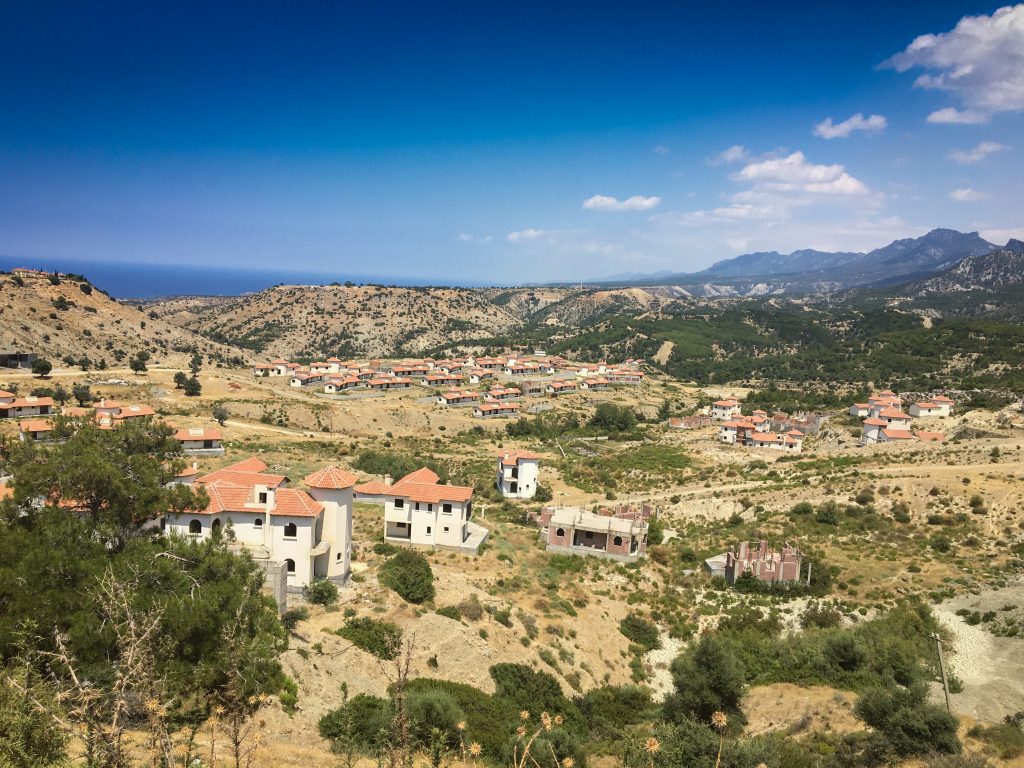
When it comes to Cyprus, you might well think of pristine beaches and clubbing in Aya Napa before dark tourism comes to mind, but lets to forget they had a brutal war of operation in the 1970s, and they are still country divided. And not just a country, their capital city is literally a divided city! As well as dark tourism, there is a lot of Urban Exploration to be had here.
You can read our guide to Dark Tourism in Cyprus here .
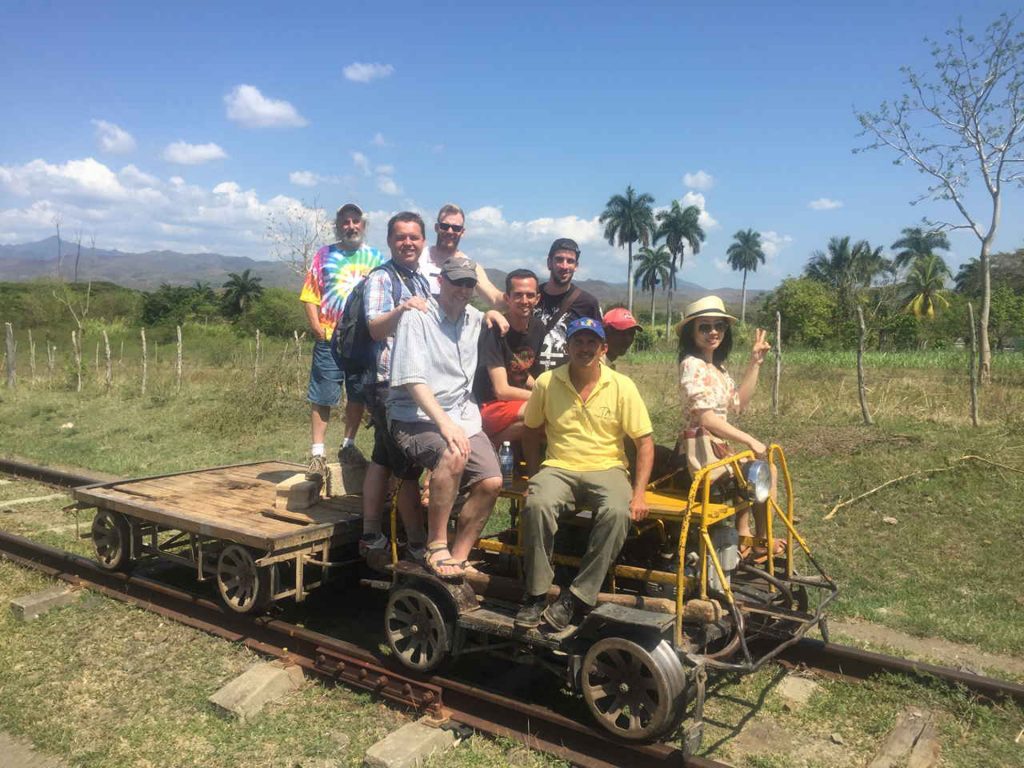
Cuba – Cuba Home of the mojito? Salsa and all that stuff? Of course, if you want to go to Cuba and sit in a resort and just see nice stuff, you can, but there is a whole darker side to Cuba that YPT is happy to show you. For example, we are the only company that can run a tour of the nuclear missile base that nearly started World War 3.
To read about the nuclear missile base tour click here.
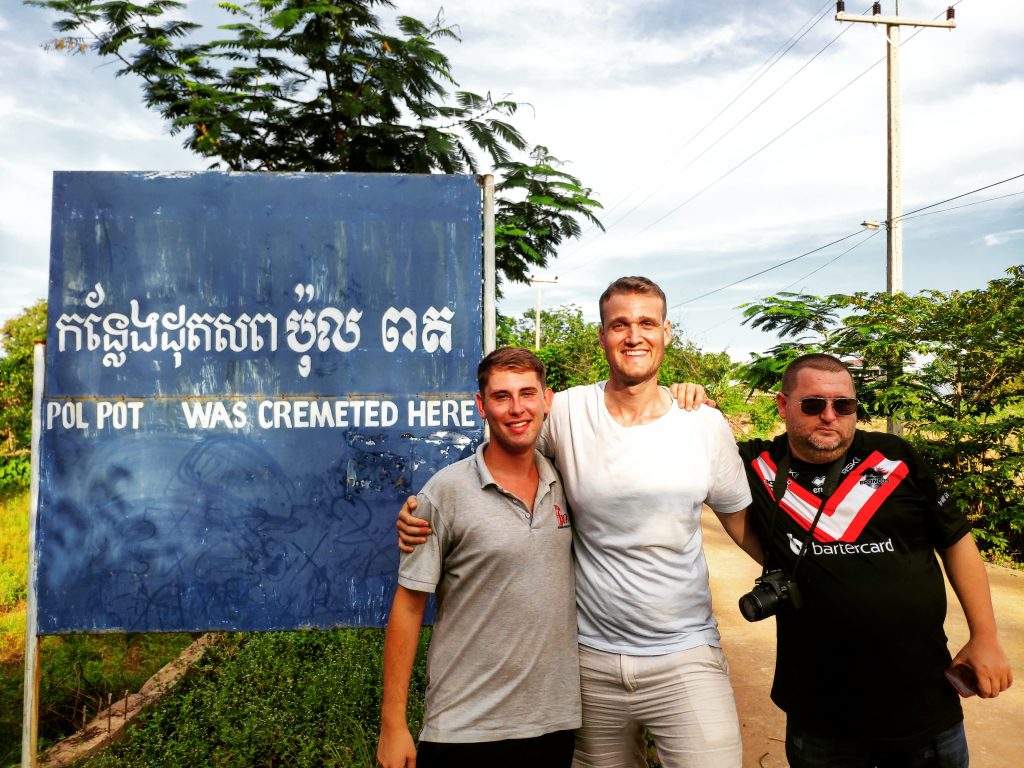
OK, so Cambodia is often touted as a dark tourism destination due to places such as the Killing Fields and S-21, but few people step further afield and get really dark. Anlong Veng was the last bastion of the Khmer Rouge and is where Pol Pot and his cohorts were active until as late as 1999. An eerie place, but one of the best dark tourism spots we have discovered.
Check out our Cambodia Dark Tourism Tour .
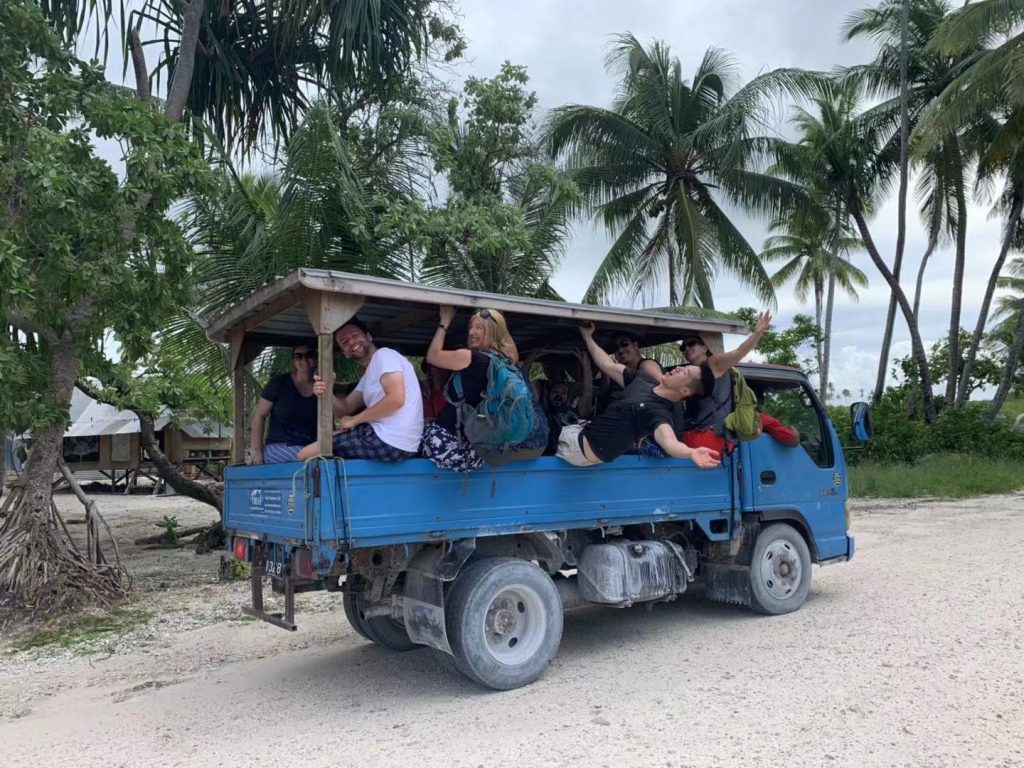
Kiribati is probably one of the most beautiful islands on earth and probably the first country we will lose to global warming. Ignoring that dark fact, Kiribati saw some of the fiercest fighting of World War 2, and the country is still littered with reminders of this. If you are interested in dark tourism related to the Pacific theatre and World War 2, then Kiribati is a must.
To visit Kiribati check to our Least Visited Countries Tour .
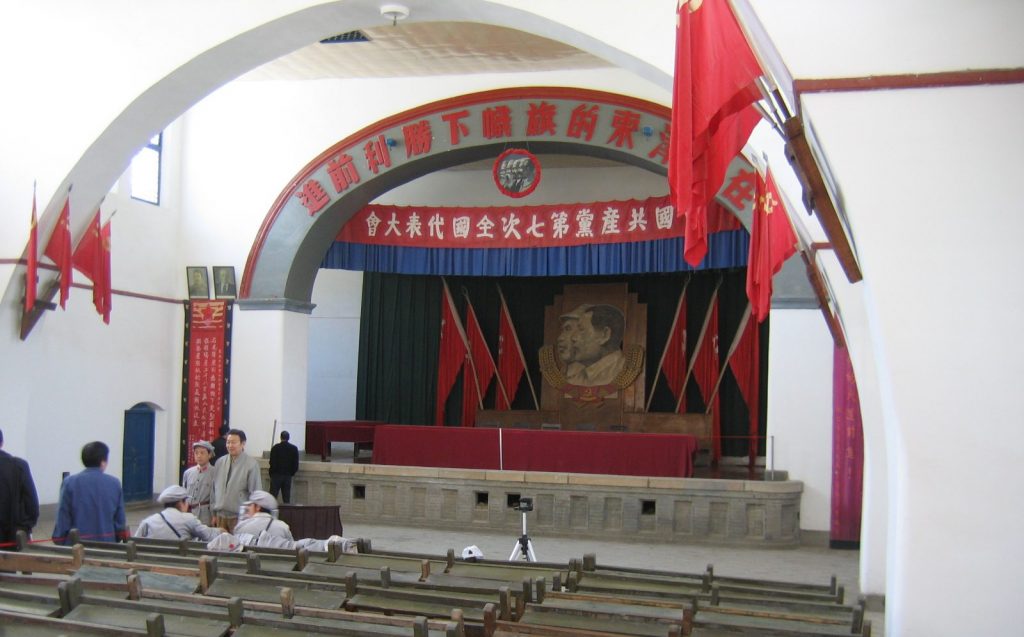
China might be more famous for its ancient history, such as the Great Wall and the like, but it should be remembered that the Cultural Revolution and its excesses are in recent history. We run tours to places as diverse as the last Maoist Collective community, to Yan’an the first Chinese communist state’s birthplace. And then there is Ordos’s ghost city, which is more urban exploration than dark tourism, but still pretty whacky.
Check out our Spring festival Kangbashi Tour here .
Belarus Exclusion Zone
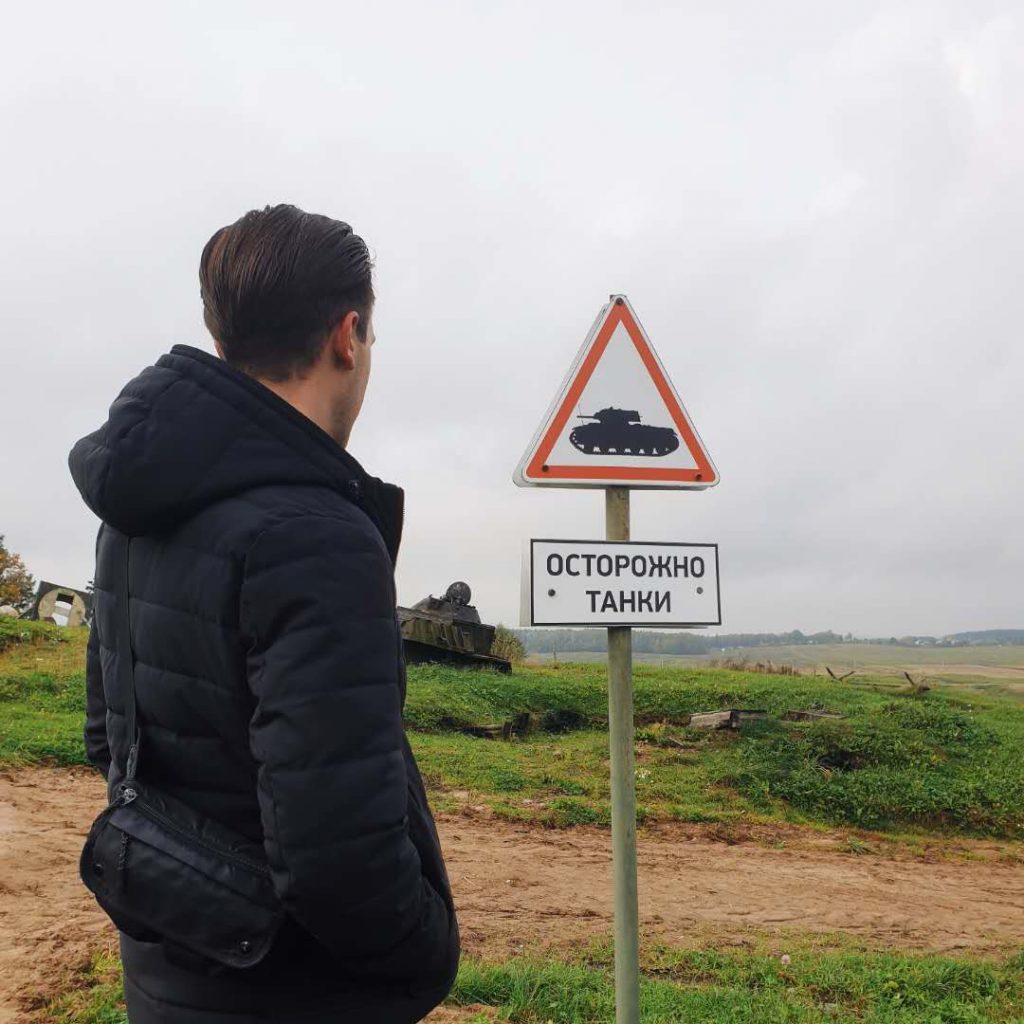
When it comes to Chernobyl and its aftermath, we mostly associate it with the town of Pripyat in Chernobyl, but in actual fact, Belarus bore a large brunt of the destruction and has its own exclusion zone. This is one of the most fascinating tours that we currently run.
Check out our Belarus exclusion zone tours here .
A conclusion on Dark Tourism
If I’ve not made it abundantly clear: I’m not a massive fan of the ‘dark tourism’ label. But if it’s going to be thrown at us, I’ll happily embrace it and discuss it. I’d rather that than the ‘Club 18-30’ label.
About Post Author

Gareth Johnson
Gareth Johnson is the founder of Young Pioneer Tours and has visited over 180+ countries. His passion is opening obscure destinations to tourism and sharing his experience of street food.
See author's posts
- Suspendisse tincidunt nunc nec
Tripadvisor
Latest news.

Thailand extends its visa policies from June 2024
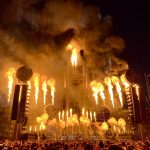
YPT group attends epic Rammstein concert in Belgrade on May 24th 2024
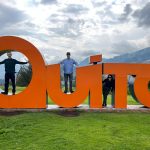
Ecuador Travel Update – May 2024

An American in South Korea Heads North (Part 1)
- Terms & Conditions
- Payment Policy
- North Korea Tours – 2017 Tours
- Tour Extensions
- Independent Tours
- North Korea FAQ
- Our Terms and Conditions
- Our Payment Policy Terms
©YoungPioneerTours.com 2024. All rights reserved.

Dark Tourist Trips
A Dark Tourism Travel Agency
Itinerary Service
Exclusive dark tourist trips itineraries- be a dark tourist for the day, designed for the independent traveller..

Itineraries available to buy now listed below! These Itineraries are designed to be simple and easy to follow and will allow you to start your Dark Tourist Trips. The itineraries will be sent to you via email as a PDF document. Please allow up to 12 hours to receive your itinerary. We aim to do it as soon as possible.
Please note: we are not responsible if the attractions are closed due to restrictions. Times stated on the itineraries is for guidance only and travel time between sites may vary. Booking in advance is recommended.
Special Offers are at the bottom of the page!
Itineraries available to buy now…, united kingdom.
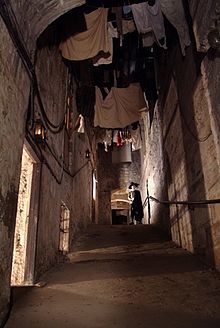
This Itinerary will allow you to become a Dark Tourist for the Day in Edinburgh. Lots of exciting and dark activities to start your Dark Tourist Trip!
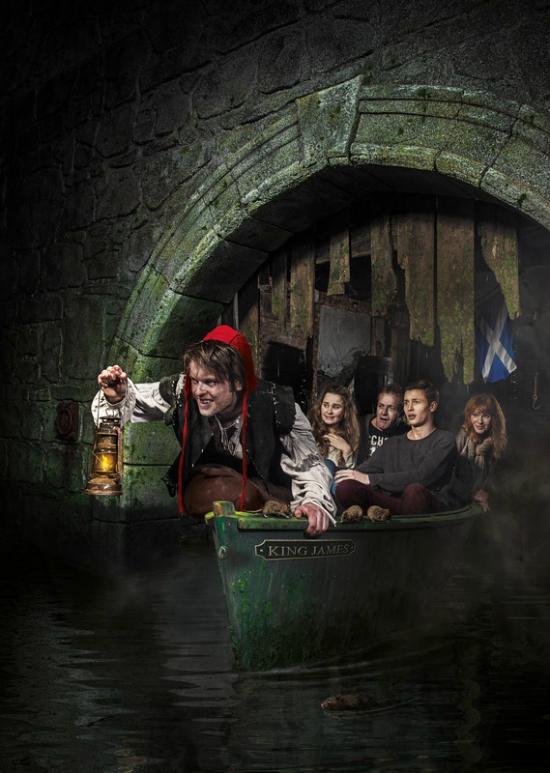
Edinburgh Weekend Dark Tourist
This Itinerary will allow you to explore Edinburgh for a weekend as a Dark Tourist. This Itinerary includes our original Edinburgh Day Trip Itinerary and an extra day of activities to make the most of your weekend.
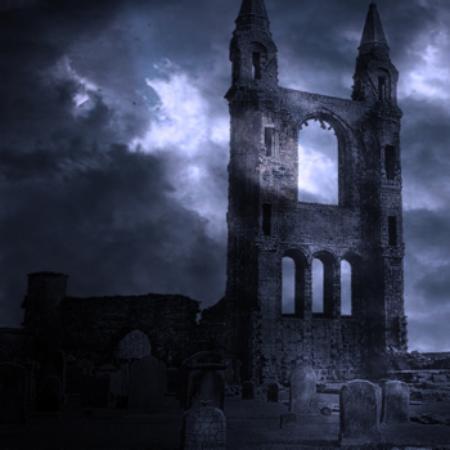
St Andrews (Summer Only)
This itinerary will guide you allow you to be a Dark Tourist for the day in St Andrews, Scotland. This is a seasonal itinerary as some attractions and tours are not open over the winter.

Discover Dark York and become a Dark Tourist for the day with this itinerary.
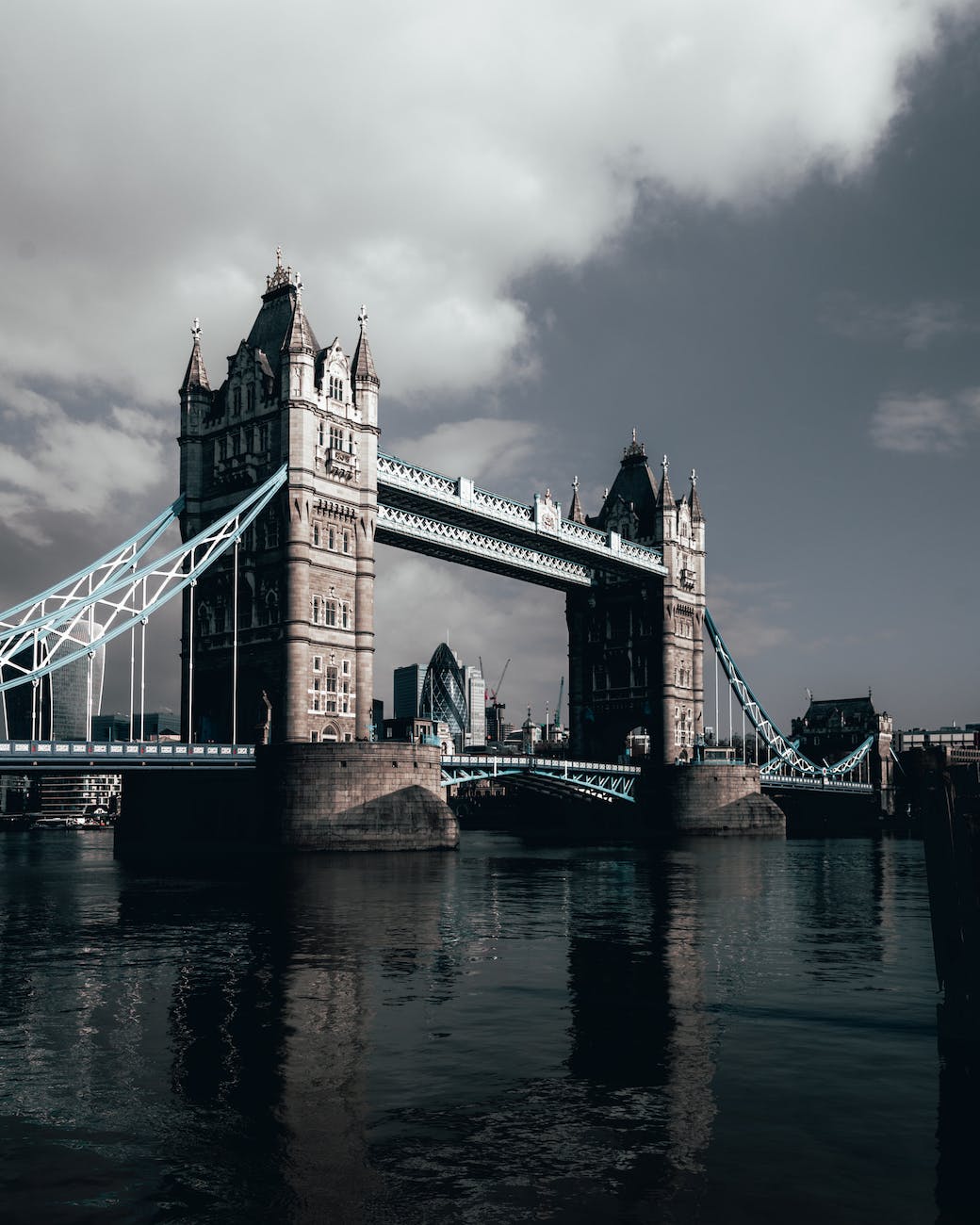
Become a Dark Tourist for the day in London
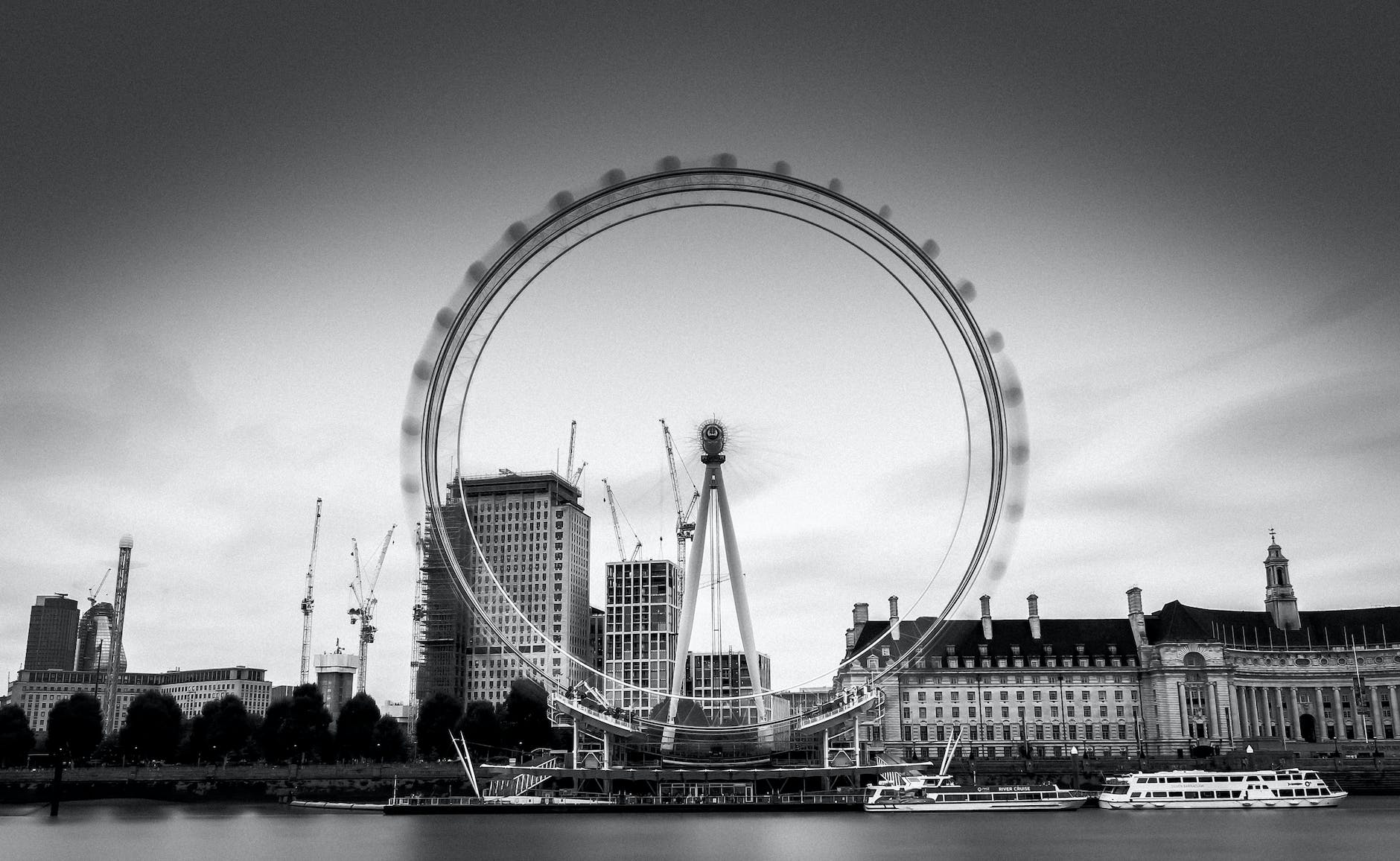
London Weekend Itinerary
Explore London for a weekend and become a dark tourist. This Itinerary includes our original London Day Trip Itinerary and an extra day of activities to make the most of your weekend.
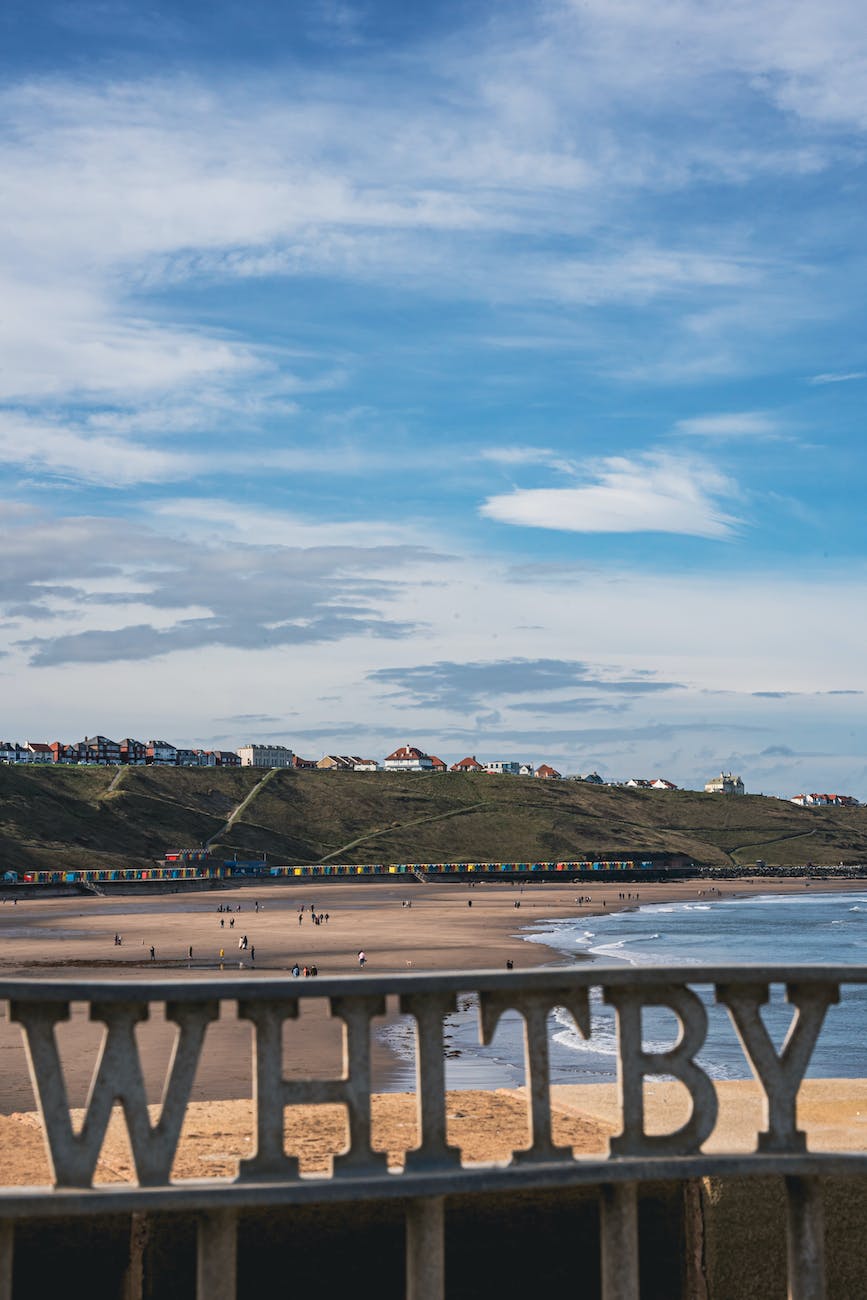
A small, popular seaside town in England with ties to Bram Stoker’s Dracula. Follow this short dark tourist day trip itinerary to make the most of your visit.
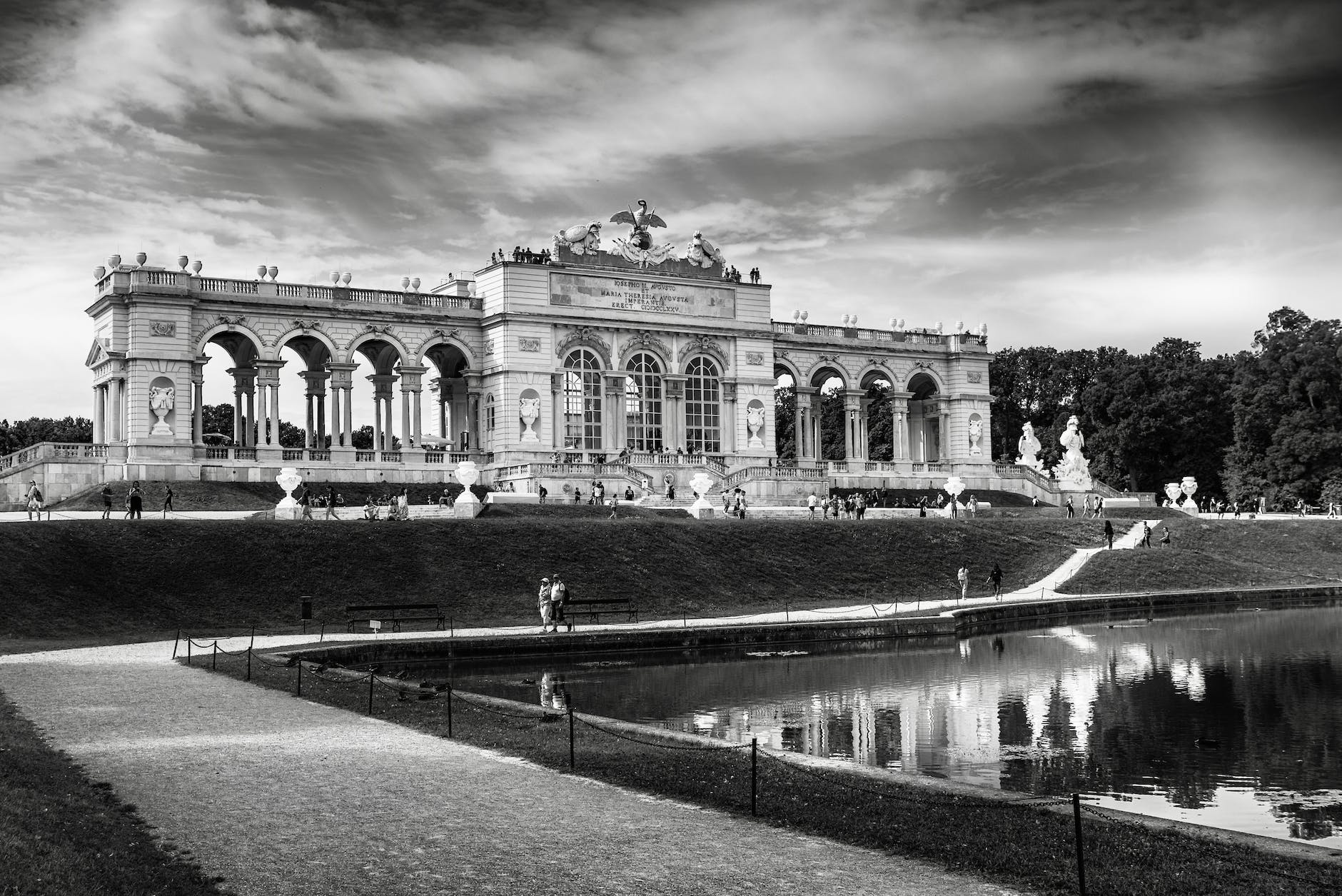
Vienna- Austria
Become a Dark Tourist for the day in Vienna, Austria.
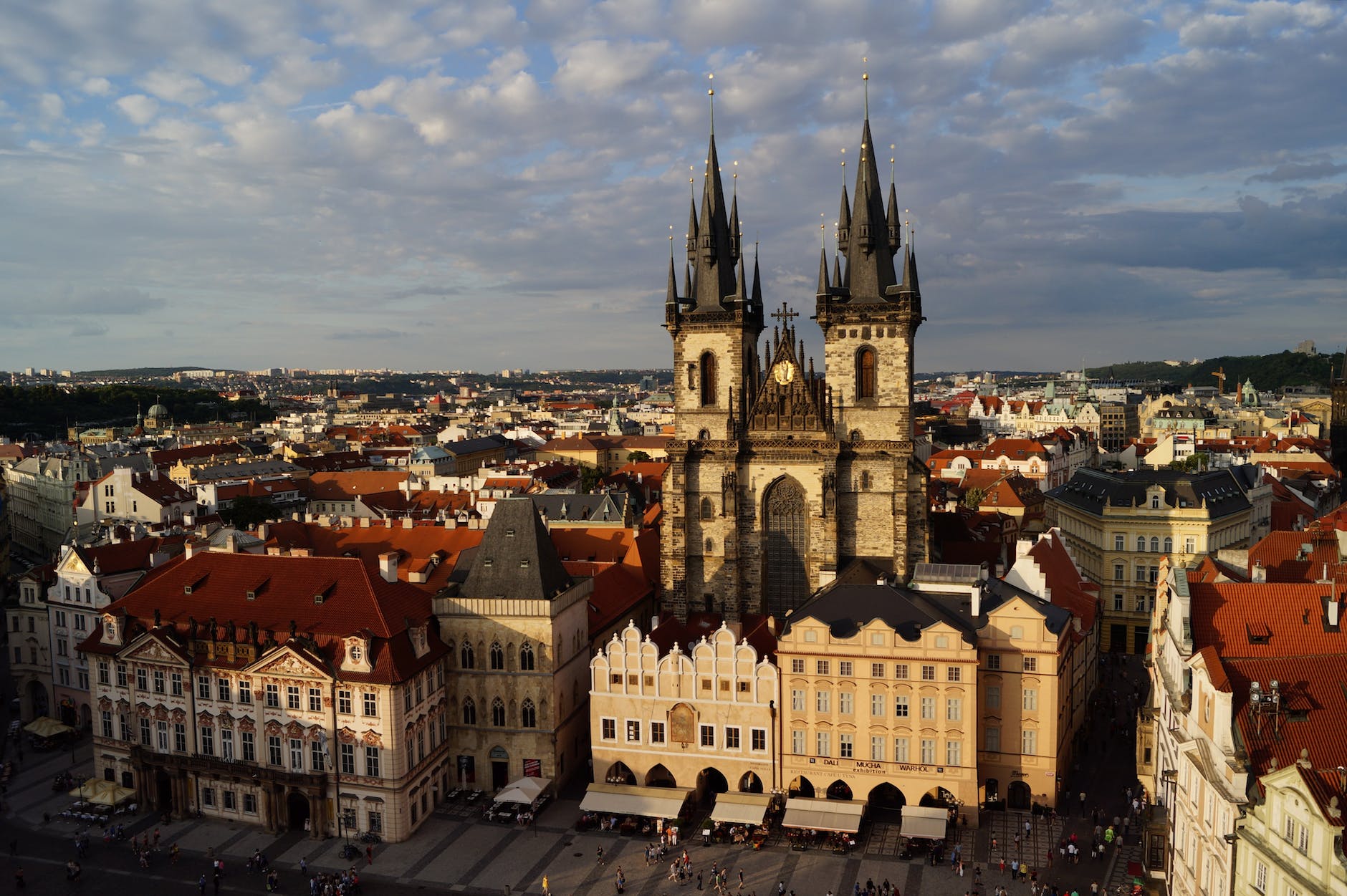
Prague- The Czech Republic,
Be a Dark Tourist for the day in Prague. Such a Dark and Gothic city, squeeze as much as you can into your Dark Tourist Trip!
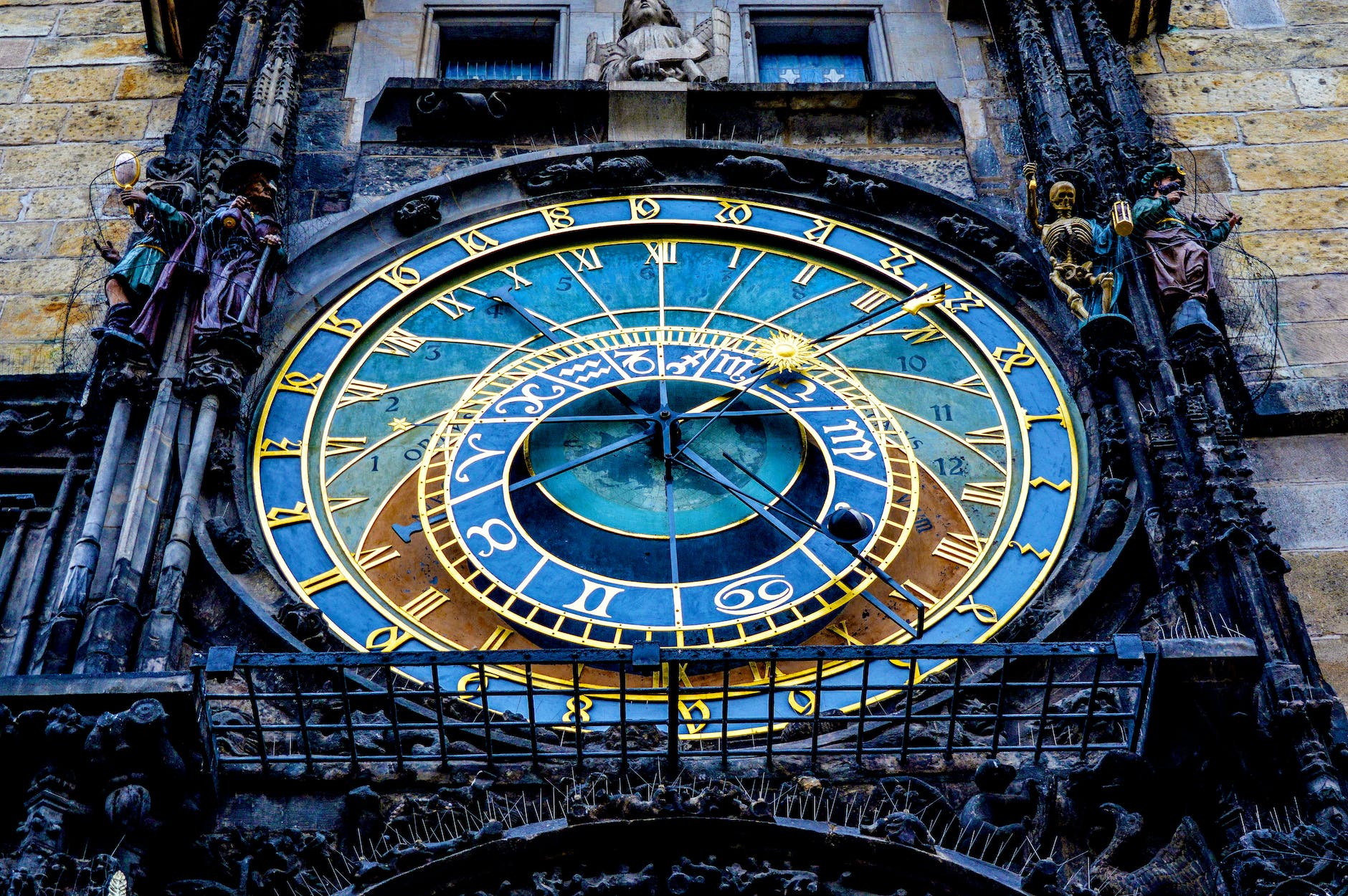
Prague Weekend Itinerary
A full Dark Tourist Itinerary, discover the dark side of Prague in this detailed weekend itinerary. This Itinerary includes our original Prague Day Trip Itinerary and an extra day of activities to make the most of your weekend.

Budapest- Hungary
Explore the dark history of Budapest and legends of Vampires with this Dark Tourist Itinerary.

Dublin- Ireland
A Dark Tourist Itinerary to make the most of your time in Dublin.
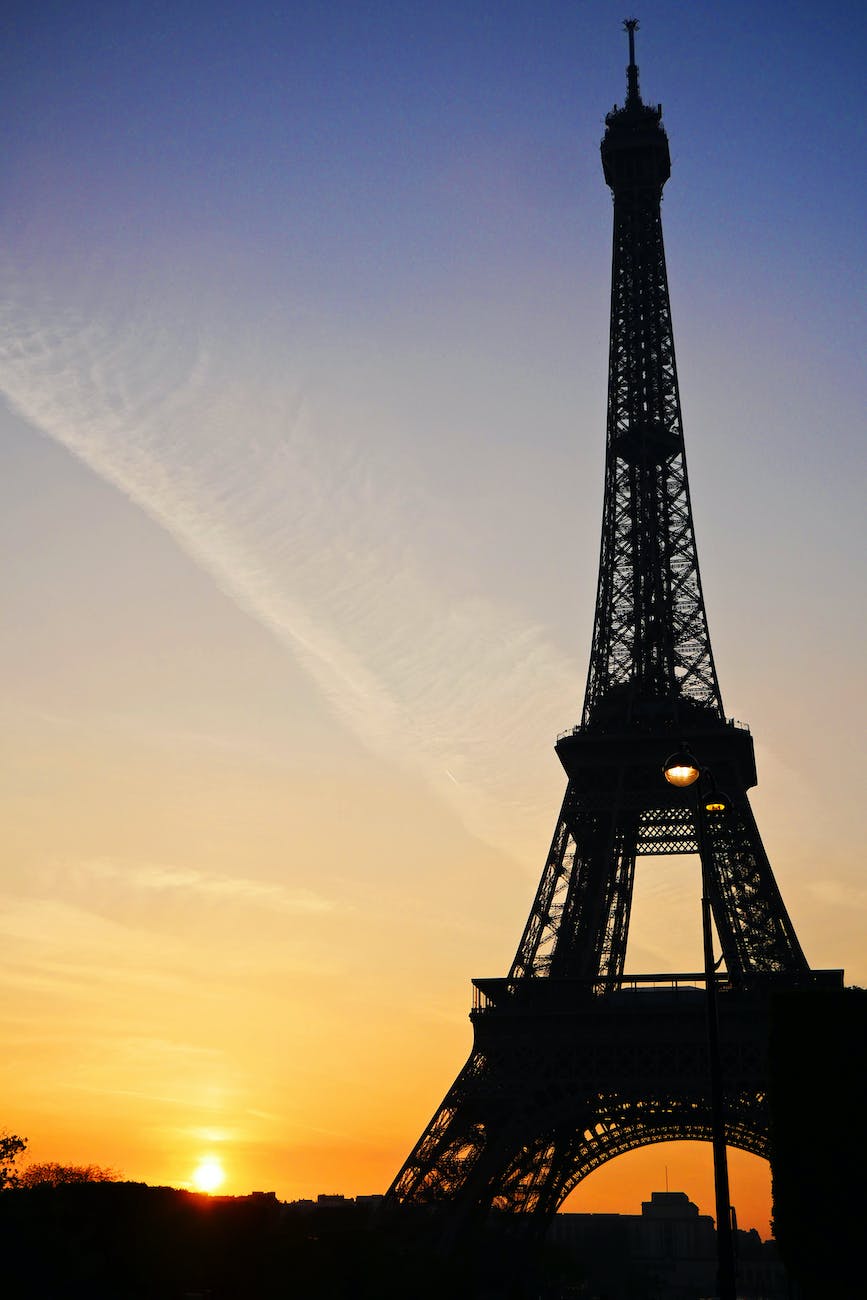
Paris- France
Be a Dark Tourist for the day in Paris, it is much more than the city of love!
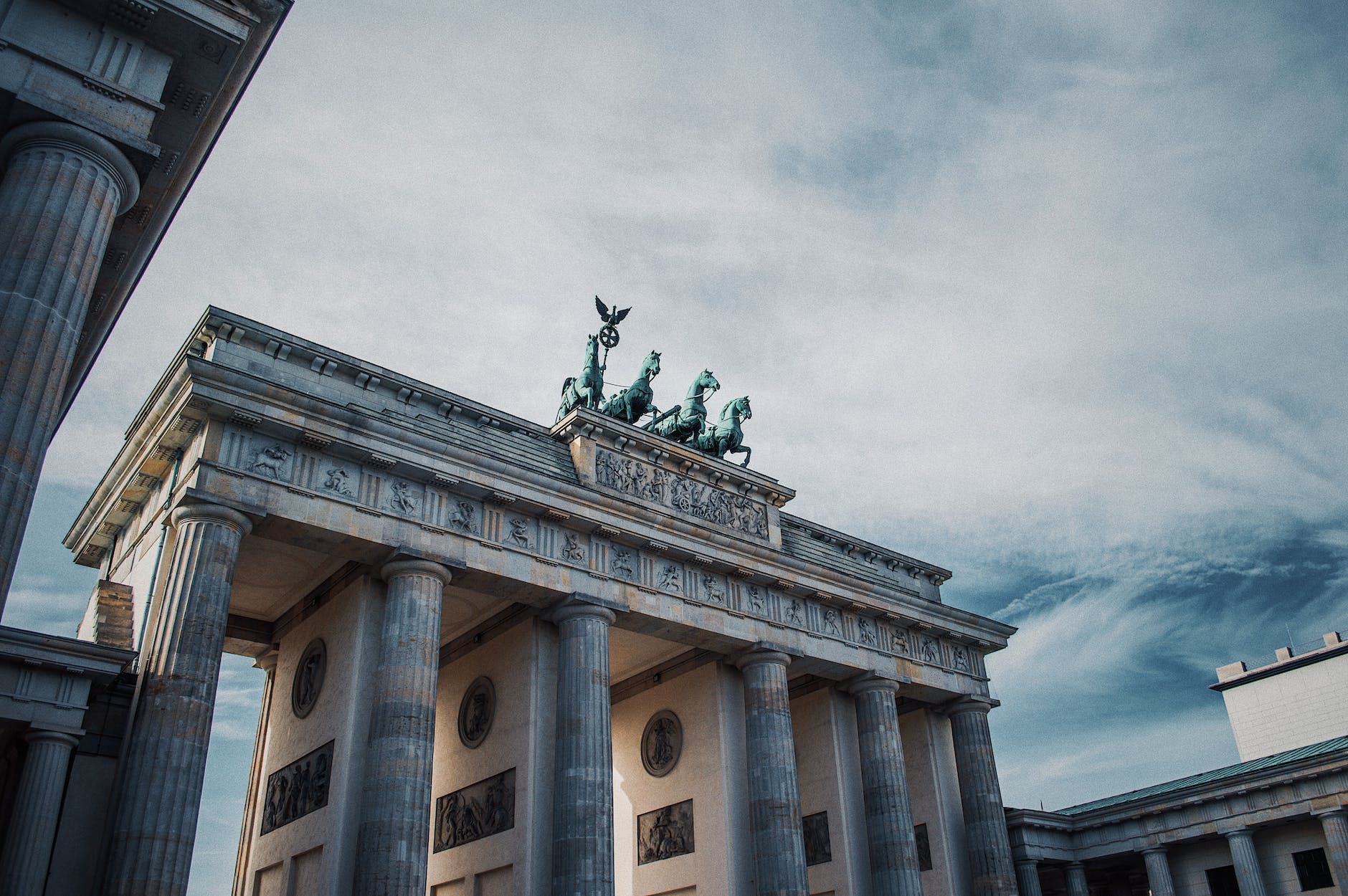
Berlin- Germany
This Itinerary will allow to to be a Dark Tourist for the day in Berlin.
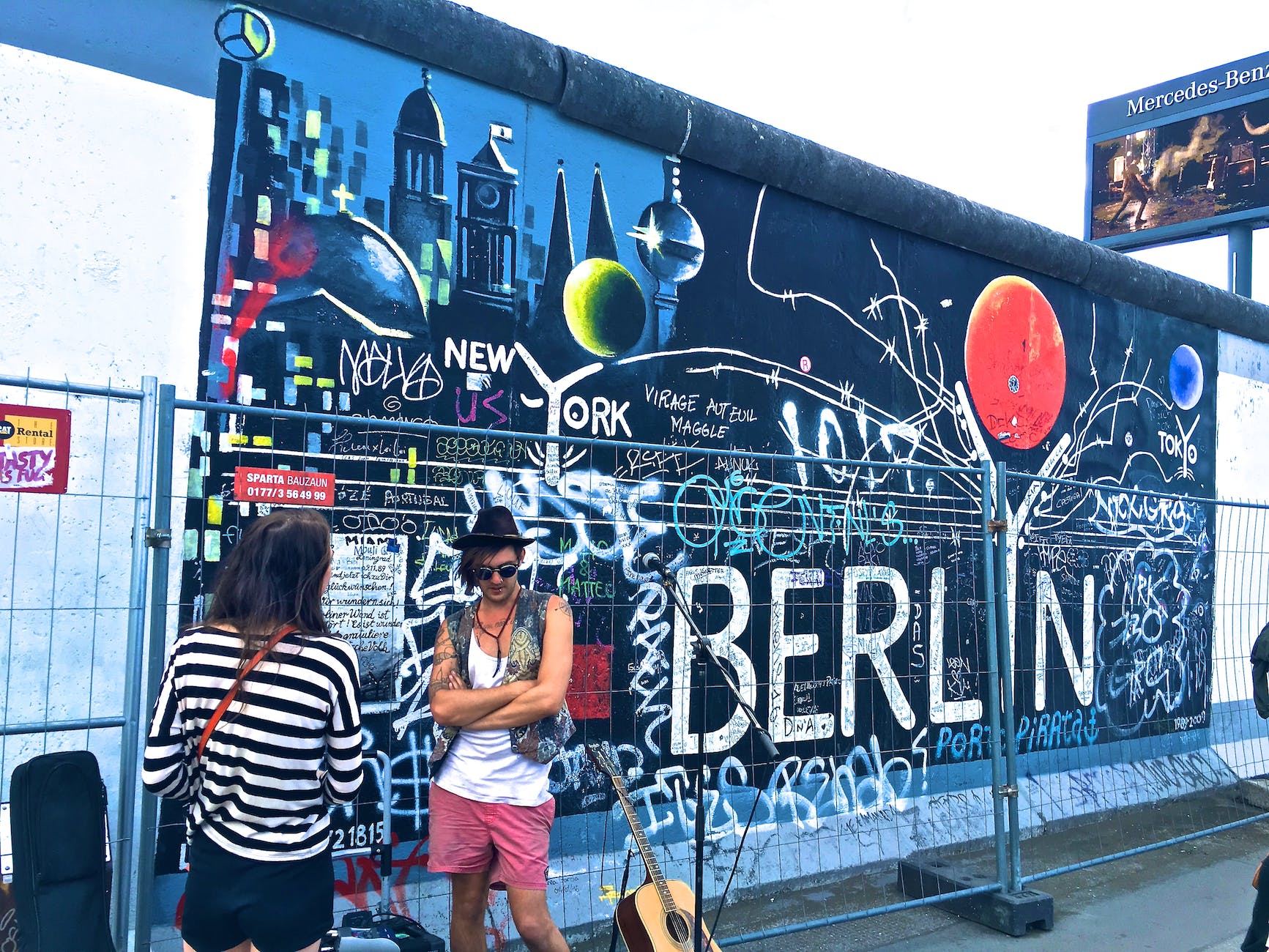
Berlin Weekend Itinerary
A full Dark Tourist Itinerary, discover the dark side of Berlin in this detailed weekend itinerary. This Itinerary includes our original Berlin Day Trip Itinerary and an extra day of activities to make the most of your weekend.
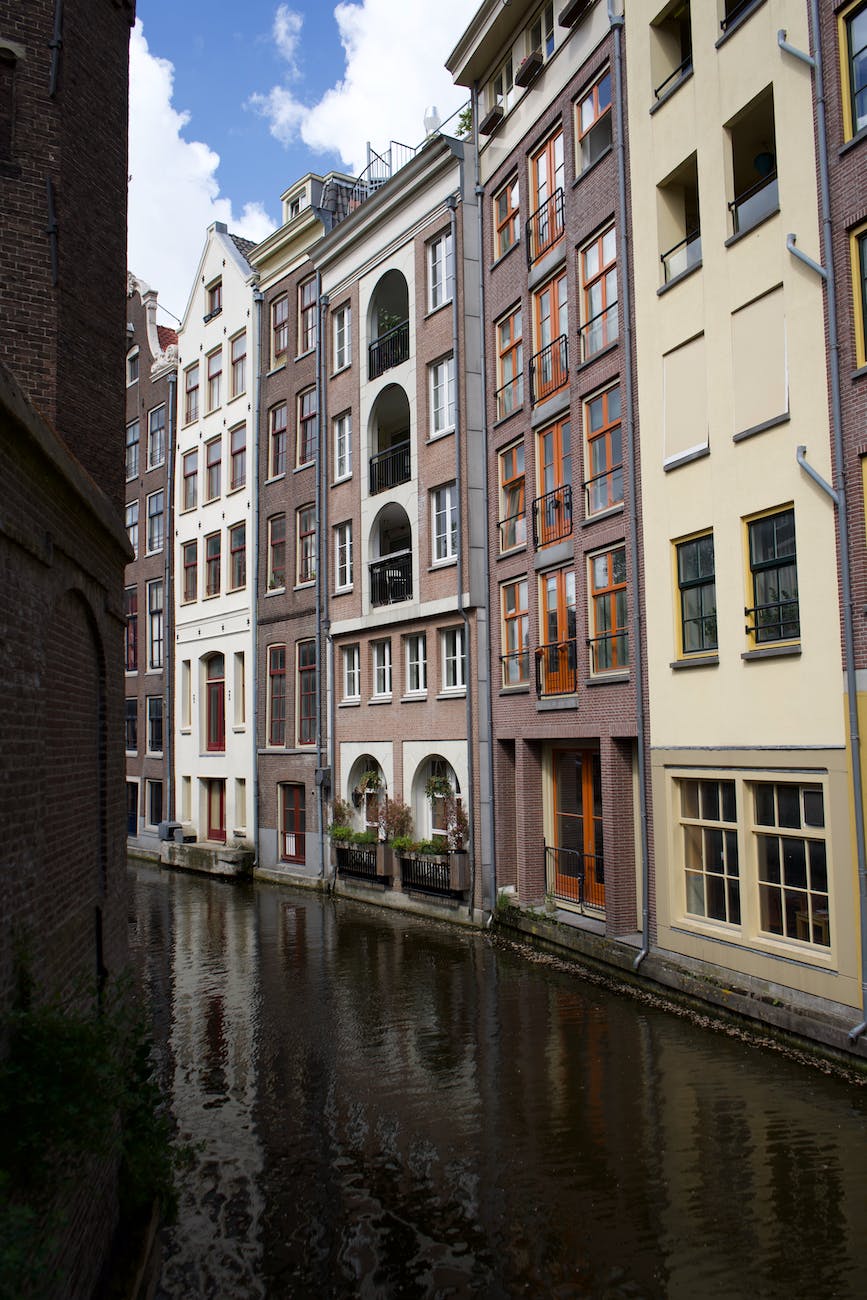
Amsterdam- The Netherlands
Become a Dark Tourist for the day in Amsterdam. It’s not all fun and games in this city! it has a darker side.
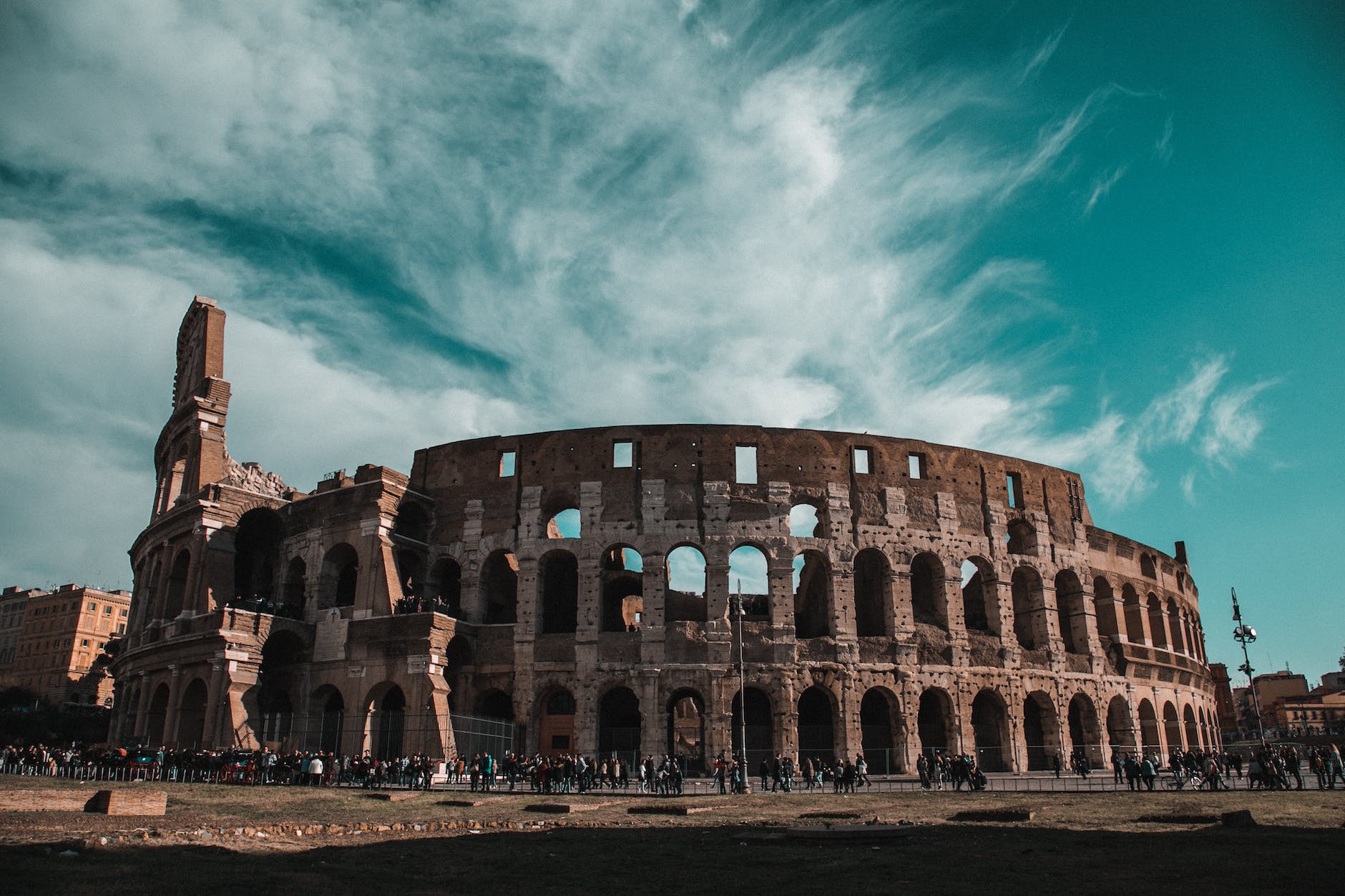
Rome- Italy
This Itinerary will guide you through a darker visit to Rome.
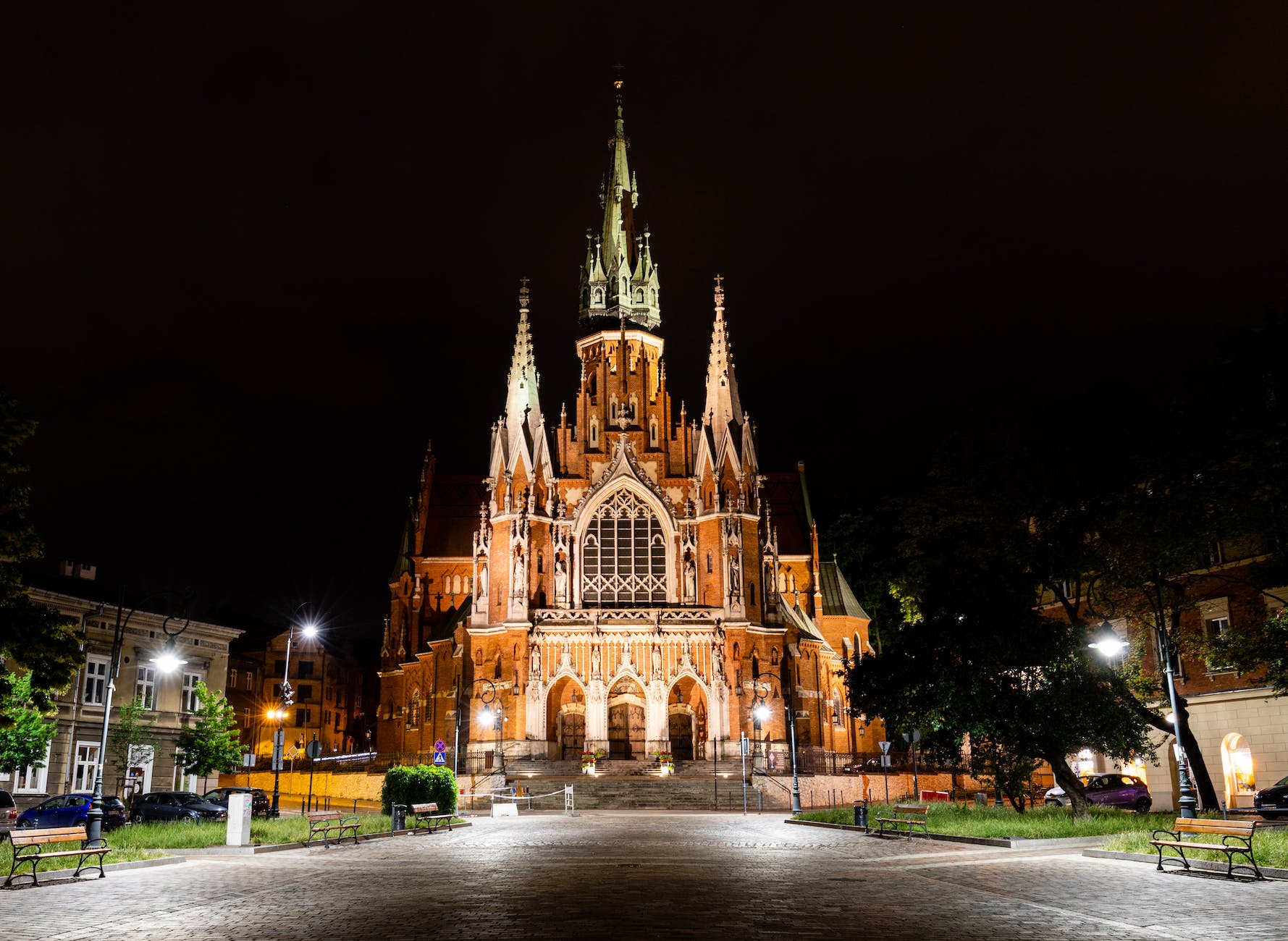
Krakow- Poland
Become a Dark Tourist for the day in Krakow and discover all the dark sites this city has to offer.
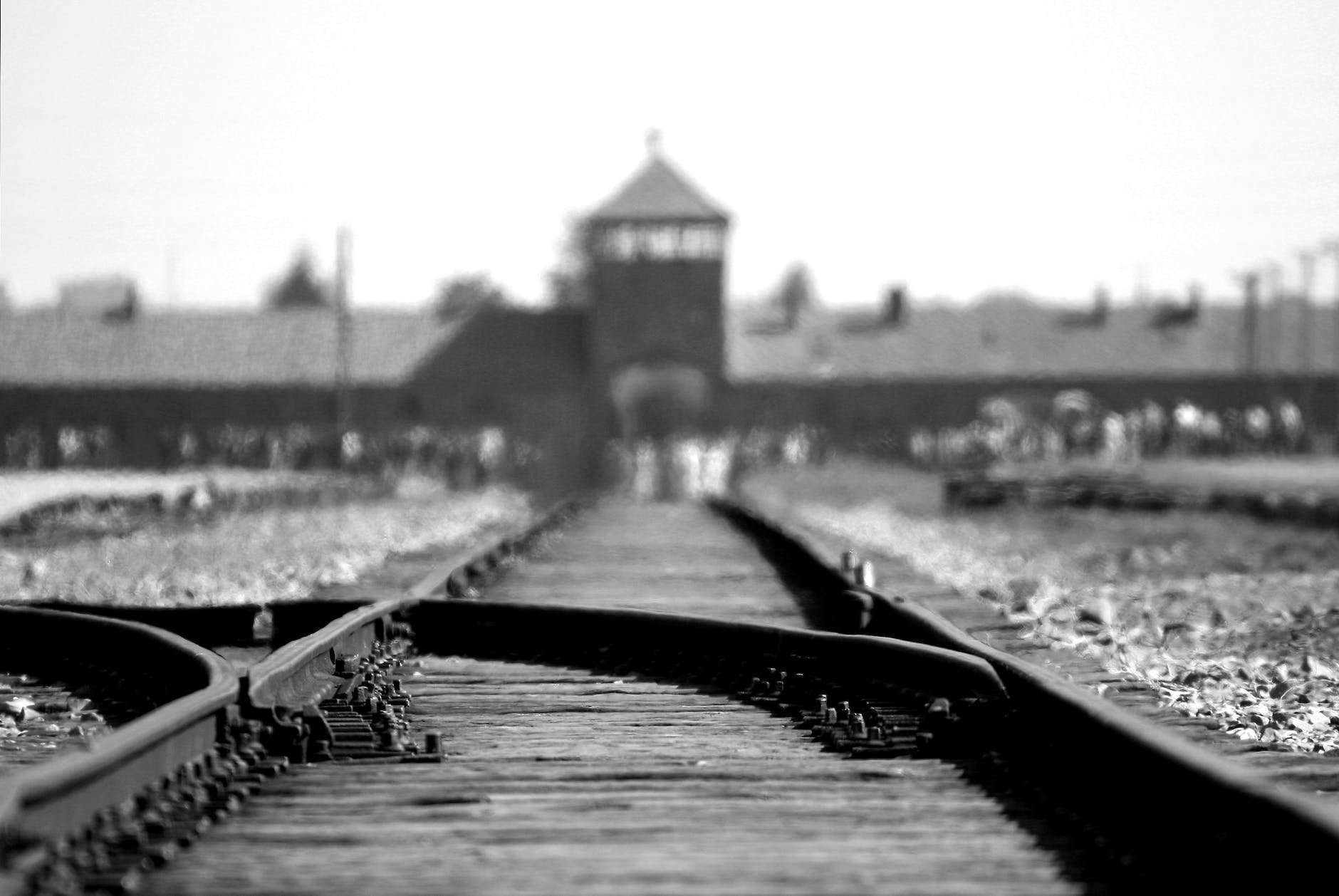
Krakow Weekend Itinerary (Auschwitz)
This Itinerary includes our original Krakow Day Trip Itinerary and an extra day to visit Auschwitz-Birkenau.
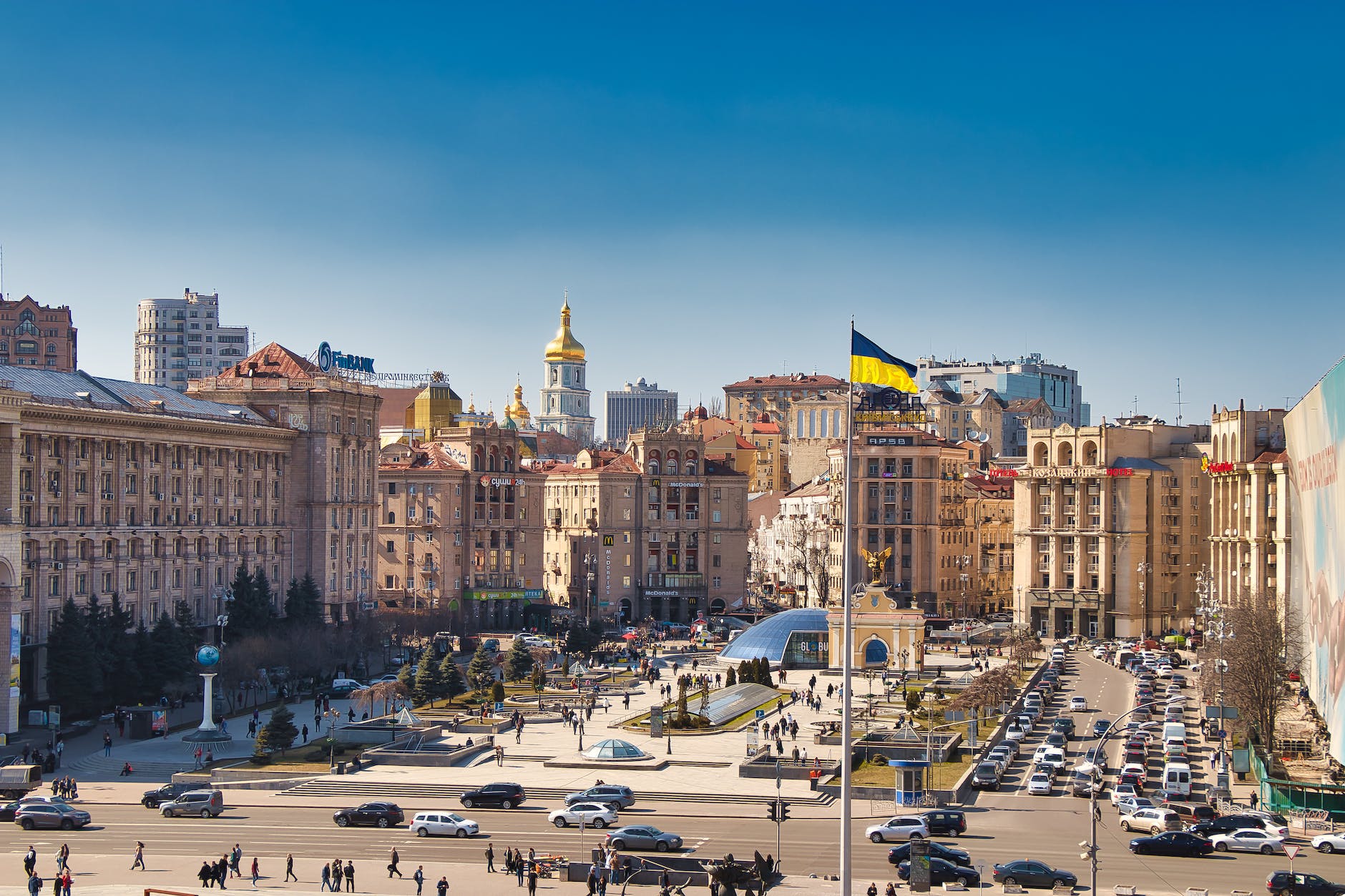
Kiev- Ukraine
Visit Kiev and discover the dark sites the city has to offer.
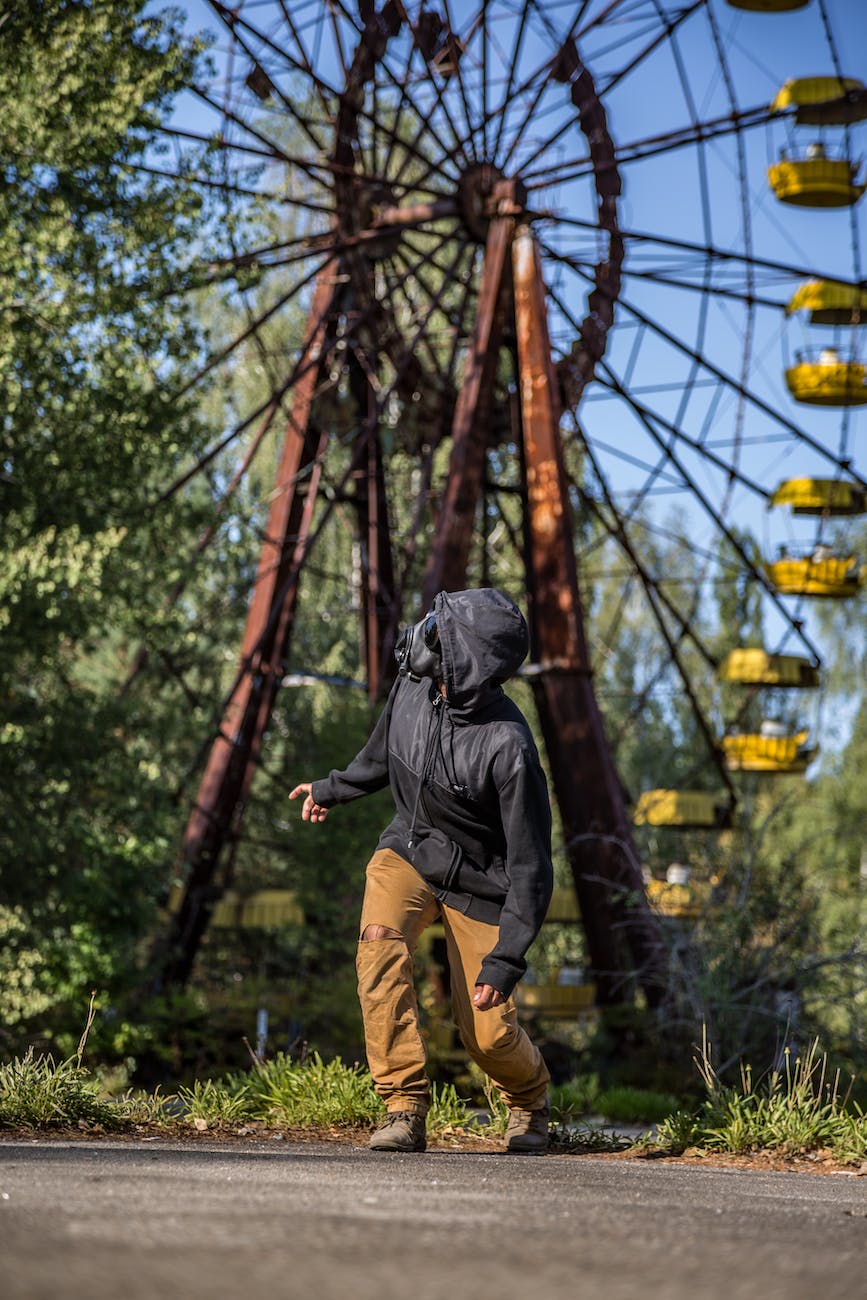
Kiev Weekend Itinerary (Chernobyl & Pripyat)
This Dark Tourist Itinerary includes the original Day Trip Itinerary but also gives you an extra day to visit Chernobyl and Pripyat.
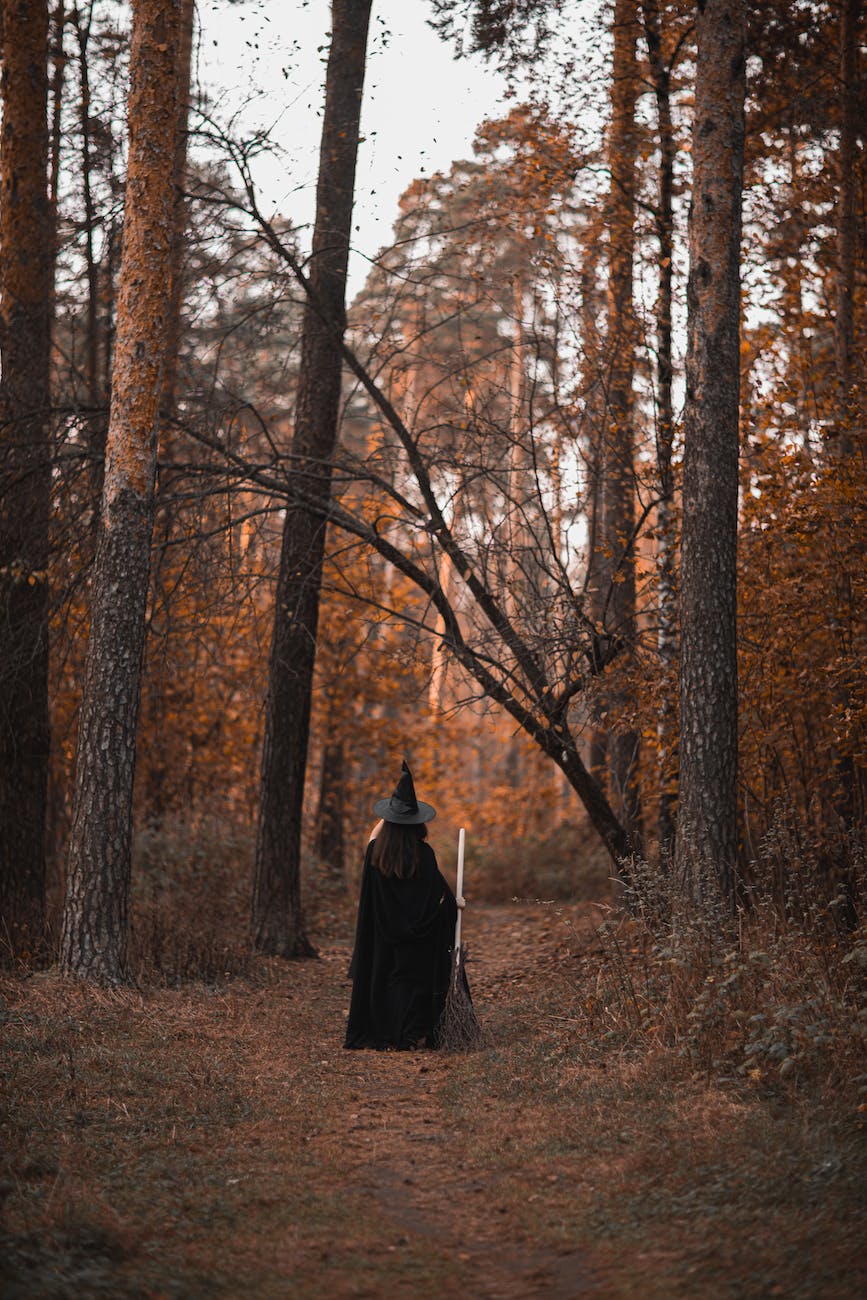
Welcome to the Halloween capital of the world, learn all about the witch trials and be a Dark Tourist for the day.
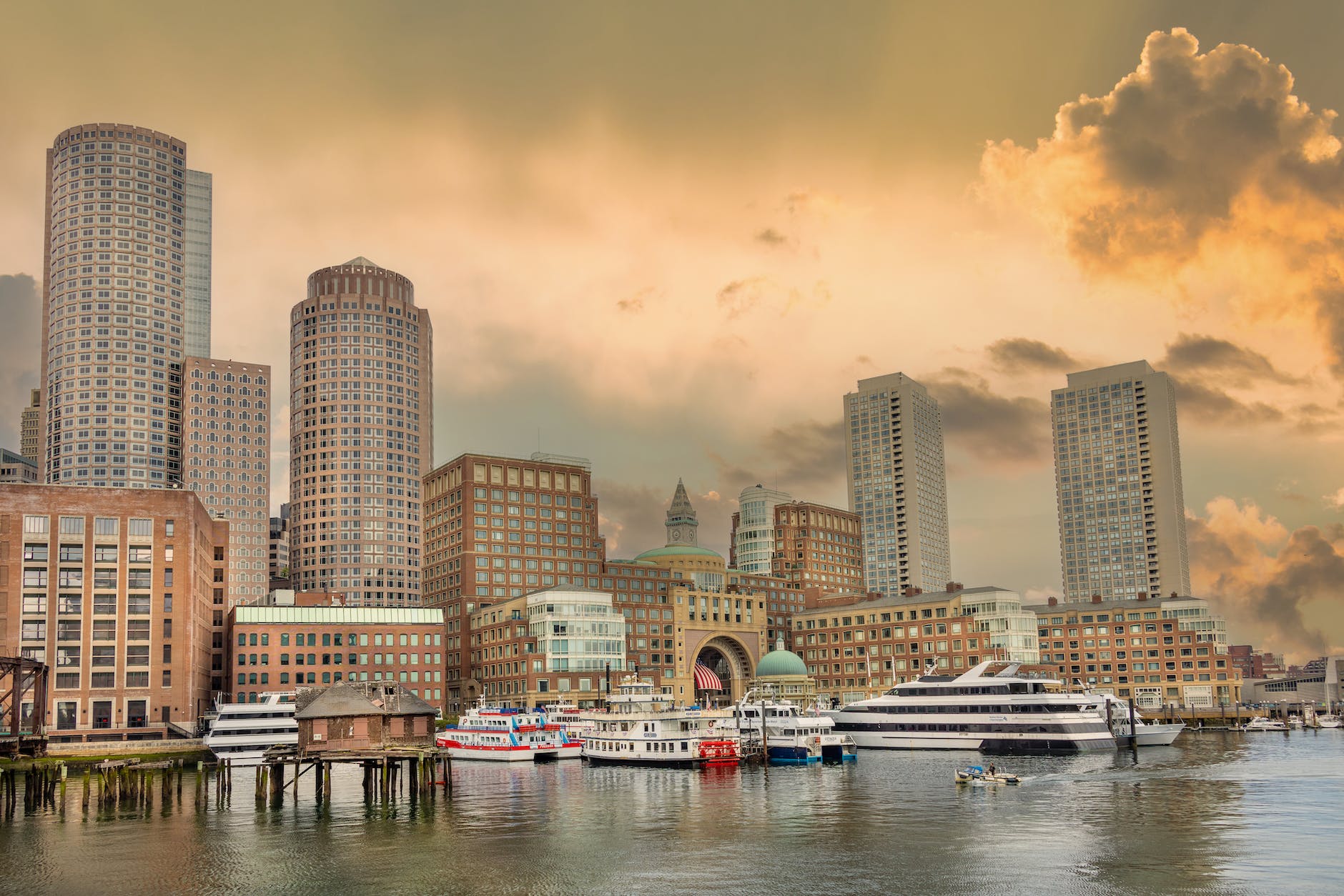
Explore the darker side of Boston with this Dark Tourist Trips day itinerary.
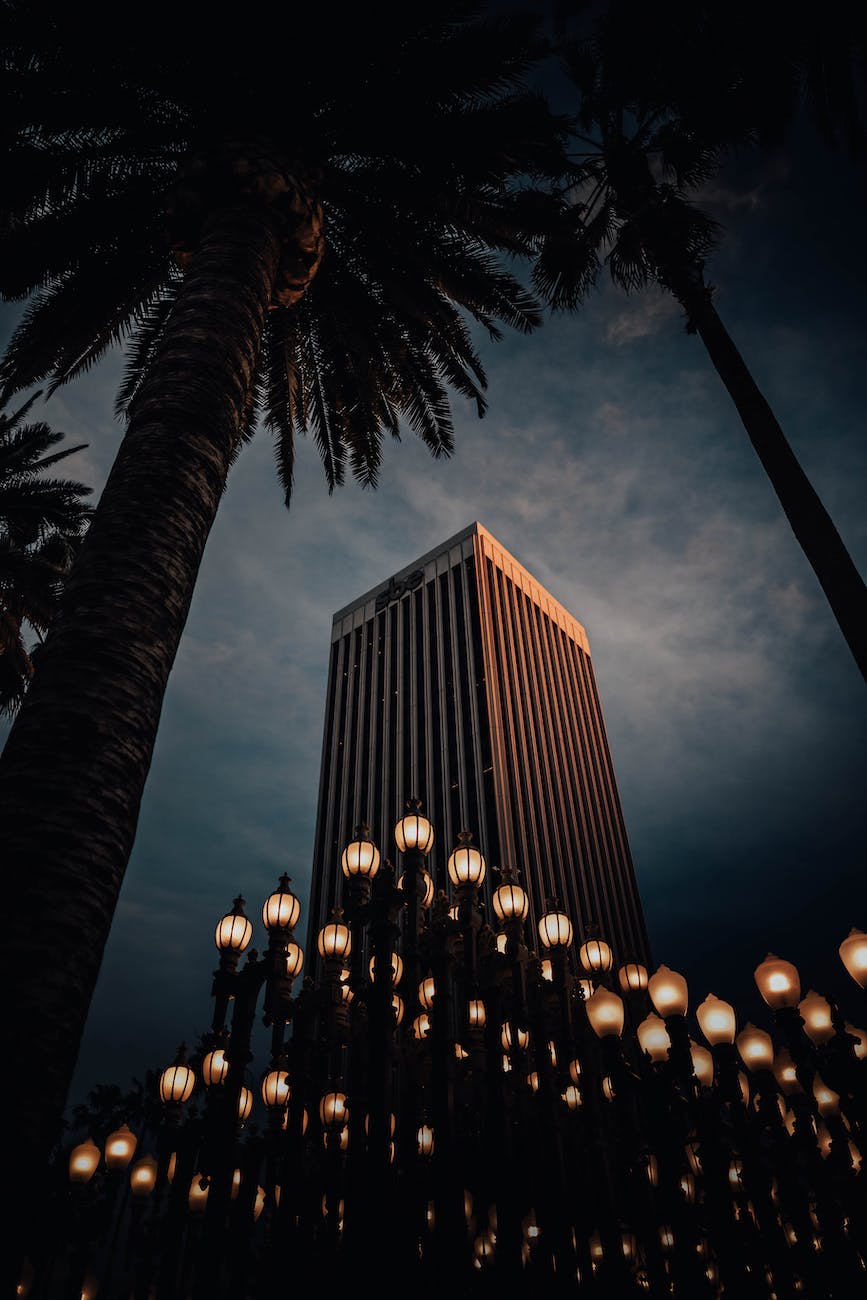
Los Angeles
It’s not all Glitz and Glamour in this town. Explore a slightly darker side to L.A. with this day trip itinerary.

San Francisico
Discover all the dark sites this city has to offer, including a trip to the famous Alcatraz prison.

New Orleans
This Itinerary will guide you through a very spooky day in New Orleans. Be a Dark Tourist for the day.
SPECIAL OFFERS

Special Offer!! Staycation Itinerary Bundle- York, Edinburgh and London
Get 3 (1 day U.K) itineraries for £8. This includes an upgrade to a weekender Itinerary for free! Either York, Edinburgh and London (Weekender upgrade is random) We will also include an exclusive hidden U.K itinerary not available on the website.
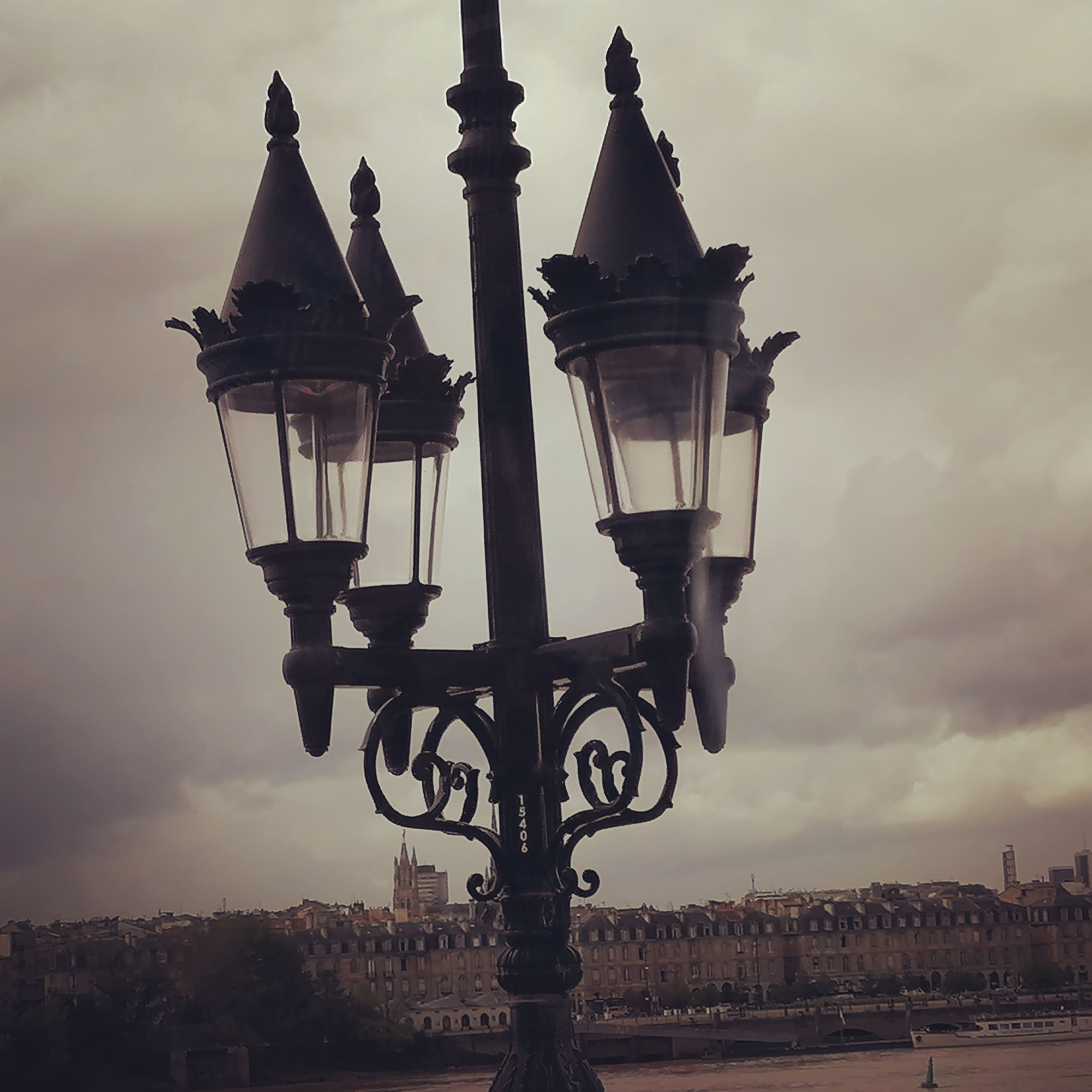
Surprise Itinerary Bundle
Receive 4 surprise Itineraries! Get 4 for the price of 2! Get some inspiration for your next Dark Tourist Trip. (These are sent randomly, there is no option to select certain Itineraries)
Share this:

- Copy shortlink
- Report this content
- Manage subscriptions
11 Of The Best Dark Tourism Destinations For First-Timers

Your changes have been saved
Email Is sent
Please verify your email address.
You’ve reached your account maximum for followed topics.
10 Charming Small Towns Near Tucson, Arizona
10 least stressed states in the us, ranked by stress score, 10 underrated small beach towns in florida to kick the winter blues.
Netflix's hit series Dark Tourist opened viewers' eyes to a niche that's been a part of travel in one way or another for centuries. Humans are naturally drawn to the macabre. It stirs something inside to witness places associated with darkness, a somewhat unexplainable thirst to understand things that seem unbelievable.
Though dark tourism has come under criticism for being exploitative, visiting sites with dark histories is an indispensable way to learn about how things happened, why they did, and how they can be prevented in the future. These destinations around the world are perfect for travelers interested in learning about the world in a way that's often missing from formal education.
*Note: As always, it's essential to be respectful of one's surroundings when traveling. Due to the nature of these places and their sensitive history, it's vital to be especially respectful when visiting.
Updated by Lauren Feather, February 18, 2022: The world overflows with just as much horrific history as that which is glorious. Many of the planet's most devastating events still echo suffering of past where they once happened, and it's possible to visit such places in order to learn all about them. With dark tourism popularity on the rise, much of the world's most discerning travelers with an interest in natural disasters and volatile history choose to enrich their learning by actually visiting the areas where such events took place. As such, some of the most popular places were darkness once occurred have been added to this fascinating yet macabre list of dark tourism destinations. And as always, please tour these places respectfully and with an open mind and heart.
11 Eyjafjallajökull, Iceland
The eruption of Eyjafjallajökull volcano put Iceland on the global map in April 2010. Most people had never even heard of it, until the massive ash cloud it spewed out grounded flights for over two weeks. The ordeal cost the European economy about five billion dollars, however tourism in Iceland has since accelerated, and consequently, helped to compensate the loss.
Before the volcano let rip, most travelers wouldn't even think of visiting the Land of Fire and Ice , but thanks to the fame it achieved (for somber reasons albeit) tourists from all corners of the world have added the cold northerly country to their bucket lists. From glaciers, icy lagoons, and the legendary Northern Lights to the midnight sun and the volcano that caused all the chaos, travelers have so much to do and see in this chilly country of spectacular icy scenery.
Related: 10 Things To Do In Iceland (That Aren't The Blue Lagoon)
10 Pompeii, Italy
Pompeii is perhaps one of the first dark tourism sites to gain popularity, attracting international travelers for over 250 years. The fallen city is one of the best-preserved places to see Ancient Roman architecture, due significantly to the violent eruption of Mount Vesuvius.
Volcanic ash blanketed the city, somewhat ironically protecting the structures from the elements. The residents trapped in Pompeii perished, their bodies transformed into plaster statues. Mount Vesuvius remains active, and scientists say the volcano is overdue for an eruption.
Related: Pompeii Was Destroyed 1,924 Years Ago, But Many People Still Don't Know These Things About The City
9 Catacombs - France
Tourists flock to Paris' Catacombs to witness a massive, real-life underground graveyard that's inspired literature and film over the years. During the 18th-century, Paris' population expanded faster than its cemeteries could, and overcrowding meant burials posed a threat to human health.
Officials decreed to use the city's underground quarries as makeshift cemeteries, at first simply tossing the deceased into the tunnels. Eventually, the remains were stacked in an orderly fashion, with skulls lining the walls like a macabre interior design choice. Upon entrance, visitors are greeted with an exhibition room to learn about the history of the Catacombs, and two kilometers of tunnels are open for observation.
Related: The Paris Catacombs Are The Final Resting Places Of Six Million People, And You Can Visit Them
8 Auschwitz - Poland
The atrocities that occurred during the Holocaust are among the worst in human history. It's unfathomable to consider how human beings were held against their will, forced to labor, starved, abused, experimented on, and exterminated. There is no nice way to put it, and it serves no purpose to surround the tragedy with euphemisms.
Visiting the notorious concentration camps of Auschwitz allows people to feel the weight of the atrocities in a way that learning about them through the pages of a book never could. It's a sobering experience that forces people to confront the harsh realities of impenetrable darkness and learn about the events that led to such a deep stain in the fabric of human history.
7 Phnom Penh, Cambodia
Cambodia is home to the stupefying Angkor Wat, which is one of the world's largest and most impressive religious monuments that's a UNESCO listed temple. Despite its intrigue and beauty, it doesn't overshadow its horrific past and the people who are still recovering from the suffering they endured under the Khmer Rouge regime only a few decades ago - during which an estimated one million people were brutally murdered.
Travelers with a discerning eye can get a feel for the dark times and misery when they visit the Tuol Svay Prey High School and the killing fields of Choeung Ek, which, in spite of the scars that are still present, are ever important grounds in Cambodia's volatile history that played a crucial role in the country becoming what it is in the modern day.
Related: A Travel Guide To Cambodia: Tourists Should Plan Their Trip Around These 10 Things
6 Hiroshima - Japan
Since its invention, nuclear weaponry has gripped humans in fear. Drills during the Cold War sent children beneath their desks in preparation for an attack. In recent years, the possibility of nuclear war regularly echoes from the nightly news. Several countries currently possess bombs powerful enough to wipe out entire nations, a sad fact considering the destruction of Hiroshima and Nagasaki during World War II.
The A-bomb destroyed the city and took the lives of thousands of innocent people. The residents of Hiroshima are fiercely dedicated to promoting peace on a grand scale. To visit Hiroshima is to witness the strength of humanity to rebuild. UNESCO designated the A-bomb Dome a World Heritage site, the building preserved as a reminder of the horrors of nuclear warfare.
5 Port Arthur - Tasmania
Located on the Tasman Peninsula is one of several convict sites steeped in dark history. Convicts at Port Arthur were subject to brutal floggings, hard labor, and long stints in solitary confinement, a practice that's frequently called into question for its cruelty. Many men lived and died within the walls, their hard work responsible for large chunks of architecture in Tasmania. Guided tours and interactive exhibits educate guests about Port Arthur's history, leaving none of the dark bits out of the stories.
Related: Here’s Everything You Can Do In Tasmania During Your First Time There
4 The 9/11 Memorial & Museum - United States
Two decades have gone by since the attack on the World Trade Center, and people can still vividly remember exactly where they were when it happened. Thousands of people lost their lives on September 11, 2001, and the New York City skyline changed forever. In the aftermath, the country put all its differences aside and united to rebuild.
People slowly cleared the rubble, dust, and debris. Life resumed as it has and will continue to in the wake of tragedy. Ground Zero and the 9/11 Memorial and Museum are among the top-visited dark tourist destinations worldwide. It is difficult to imagine what the city looked like 20 years ago on that fateful day. It's amazing to think about how human beings can come together to tend to the emotional wounds left behind by such events.
3 Berlin Wall - Germany
A majority of the Berlin Wall was dismantled after the Cold War, but fragments throughout Berlin serve as a reminder of the negative impacts division has on society. The large concrete barrier separated East and West Berlin for nearly 30 years. An area known as the "death strip" contained guard towers, beds of nails, barbed wire, and more, the defenses intended to keep people from crossing.
In 1989, the world watched on as the Berlin Wall fell, symbolically reuniting Germany and marking the fall of Communism in Europe. The remnants of The Berlin Wall are scattered throughout the world, but the largest portions can be found in Berlin. Stunning graffiti from past and present add pops of color to the city, a reminder of art's transformative and healing power.
2 Chernobyl, Ukraine
There's not a soul in the world that doesn't know about the devastating event that took place in Chernobyl in 1986, where a nuclear power plant explosion set off an apocalyptic chain of events that saw the place become a dangerous, desolate wasteland. The bravest of travelers can take guided tours of the uninhabitable, decaying city of Pripyat to see a real-life post-apocalypse that still continues today , where empty schools, abandoned residences, rusted structures overgrown with greenery, and derelict buildings stand as a reminder of the horrors that once occurred.
At the time, local communities were told they were only evacuating their homes for three days, however, what they didn't know was that they were never going to return ever again. Countless power plant staff, rescue services, and civilians died as a result of the tragedy - some right in the aftermath, whilst others suffered for many years, eventually passing of terminal diseases like cancer - caused by exposure to the dangerous radiation emitted by the power plant's explosion.
Related: Chernobyl: Over 35 Years On, Is It Actually Safe To Visit?
1 Darvaza Gas Fire Crater, Turkmenistan
A large crater has been burning in Darvaza, Turkmenistan for 50 years now, attracting tourists to witness the site commonly referred to as the "Gates of Hell." The natural gas field in the middle of the desert collapsed in the 1960s. It was set ablaze in 1971, though there are no solidified records of who did it or why. The dark tourist destination in the desert is a popular spot for wild camping, and thousands of travelers head to Turkmenistan to observe a piece of the earth on fire.
Next: Dark Tourism: What It Is And How To Do It Respectfully
- Destinations
- The Magazine
- Stay Curious
- The Sciences
- Environment
- Planet Earth
Dark Tourism: Why People Travel to Sites of Death and Tragedy
Droves of tourists frequent concentration camps, sites of famous battles or even places where mass atrocities occurred. what draws us to this dark tourism.
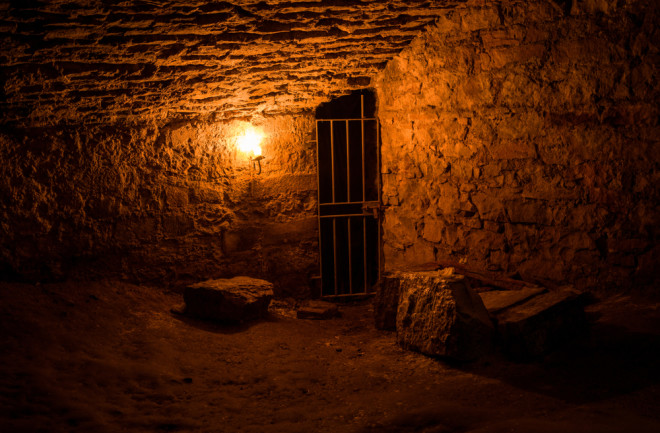
If you've ever traveled somewhere new, there's a good chance you've planned your itinerary around popular destinations to make the most of your trip. That’s why famous museums, parks, restaurants and beaches are commonly filled with people trying to experience what makes a particular location so great. But some of us have a penchant for places that are historically associated with death and tragedy. All around the world, these tourists visit concentration camps, historical grounds of famous battles or even places related to mass atrocities.
Today, this practice — fittingly called "dark tourism" — is a multi-billion dollar industry. But it's also far from a new phenomenon. Some people have always been drawn to death, and two of the earliest examples are the displays of public executions and the Roman gladiatorial games. The Colosseum in Rome may very well be one of the first dark tourism attractions. But what is it about these locations that make them so engaging? According to experts, there are plenty of factors that help draw us to these lurid locales.
The Appeal of Death and Tragedy
The motivations of tourists in visiting dark tourist locations often come down to four common themes, according to a 2021 study published in International Hospitality Review . Curiosity appears to be the biggest factor, but personal connection also matters. Many tourists take part because they feel connected — or want to feel a connection — to the events that transpired at a particular location, says Heather Lewis, assistant professor at Troy University who was involved in the 2021 study.
Others visit for educational purposes, while some just happen to be in the same place and decide to participate after seeing something that might be of interest, she adds. For some people, visiting the graves of celebrities they like is a way to celebrate their lives, and it’s not about focusing on the difficulty of their life, or the tragic circumstances behind their death.
“Dark tourism does not need 'dark' tourists — only people who are socially engaged in the cultural and political fabric of their own life world,” says Philip Stone, executive director of the Institute for Dark Tourism Research. “[It] is the commodification of places of pain and shame and, consequently, shines a mirror on contemporary society of how we memorialize, and who we remember.”
The concept of dark tourism is culturally nuanced and means different things to different people. It can mediate our sense of mortality through the fatality of others where the dead act as warnings from the history of our own fights, follies, and misfortunes, says Stone. In short, a fascination with death in itself might not be the primary motive for visiting dark tourism sites; it likely has more to do with an individual's interest in cultural heritage and education.
A Complex Legacy
Still, despite that nuance, dark tourism is often frowned upon. For tourists and travelers, it can seem like a minefield mired in “ moral ambiguities and managerial dilemmas,” says Stone. In many ways, the industry is all about managing our collective memory and providing a memorialized afterlife to those who died tragically or untimely. At the same time, it allows contemporary visitors to consume narratives of death that have been streamlined for their consumption. In other words, the practice can be considered a "touristification" of the places and people steeped in death and tragedy.
“Remembrance is a political process that is selective of what, who, and where is memorialized — and, perhaps more importantly, forgotten,” he adds. “As such, dark tourism showcases our significant dead as spectacular in a society of spectacle where commercialism ensures everything is 'packaged up' and sold, even tragic or calamitous death.” At its core, there is an element of dark tourism that knowingly exploits our fascination with the macabre, stirring up complicated ethical and moral issues about our own behavior.
For Lewis, dark tourism isn’t necessarily a bad thing as long as it’s properly managed. The increase in tourism can be used to restore or maintain facilities in dark tourism locations, but it should not destroy or diminish the integrity of the location over time. For instance, there are Hurricane Katrina tours that will not visit certain parts of the city out of respect for the individuals living there, she adds.
People must always be respectful of those who have experienced loss and hardship at dark tourism locations. Traveling responsibly and minimizing its impact on residents remain highly important because old suffering may be reopened, intensified, and prolonged by tourists.
“The overall concern that we should have with dark tourism is making sure that we are being ethically and morally upright in the marketing and use of these locations as a dark tourism destinations,” says Lewis. “We should never seek economic gain by exploiting others’ suffering and loss.”
- behavior & society
Already a subscriber?
Register or Log In

Keep reading for as low as $1.99!
Sign up for our weekly science updates.
Save up to 40% off the cover price when you subscribe to Discover magazine.
More From Forbes
Dark tourism: are these the world’s most macabre tourist attractions.
- Share to Facebook
- Share to Twitter
- Share to Linkedin
Dark tourism is generally defined as tourism involving travel to places historically associated with death and tragedy. It’s an interesting, somewhat macabre idea and as such its definition has recently been expanded upon to include the reasons people may want to visit a site beyond its gruesome appeal – namely its historical value rather than associations with death and suffering.
Whatever the reasoning behind it, dark tourism is on the up. And shows like the recent smash hit Chernobyl have only heightened people’s focus on visiting places with a grisly appeal. In particular, Pripyat in the Ukraine - the hometown of Chernobyl - is on track to become 2019’s surprise hit tourism destination.
In a nod to this strange trend then, My Late Deals has looked into the top dark tourism destinations around the world that explore, commemorate, try to understand and pay tribute to some of the greatest tragedies humans have inflicted upon themselves over our short but checkered history.
Flowers and a toy are placed to mourn the victims of the 9/11 terror attacks at the National ... [+] September 11 Memorial and Museum in New York.
National 9/11 Memorial and Museum
New York, USA
A tribute of remembrance and honor to the 2,977 people killed in the terror attacks of September 11, 2001 and the six people killed in the World Trade Center bombing of February 1993. Twin reflecting pools sit within the footprints of where the Twin Towers once stood and bear the names of every victim etched into the bronze panels surrounding the pools. They’re a sombre but powerful reminder of the largest loss of life from a foreign attack on American soil.
‘House Of The Dragon’ Season 2, Episode 2 Recap And Review: ‘I Love You Brother’
Disney forced to reveal unequal pay on star wars show ‘the acolyte’, ‘time to panic’—sudden $200 billion bitcoin, ethereum, solana, xrp and crypto price crash triggers ‘critical’ alarm.
Visitor info: The 9/11 Memorial is free and open to the public daily from 7.30am to 9pm. You can buy museum tickets with entry to all exhibitions online at the museum website up to six months in advance.
The entrance of Auschwitz I, Poland bears a warning to anyone entering.
Memorial and Museum Auschwitz-Birkenau
Near Krakow, Poland
The largest German Nazi concentration camp and extermination center ever built, Auschwitz stands as a global symbol of terror and genocide that saw more than 1.1million men, women and children lose their lives. As well as a heart-rending testament to the evil humans can inflict upon each other, it also acts as a vital reminder and tool of education to try and prevent such atrocities happening again. As the museum explains, “There is no way to understand postwar Europe and the world without an in-depth confrontation between our idea of mankind and the remains of Auschwitz.”
Visitor info: It’s free to enter the grounds of the Auschwitz-Birkenau Memorial but you should reserve a ticket on the website in advance as there are only limited individual tickets available on site daily from 7.30am. The museum is open year round except for Easter Sunday, Christmas Day and New Year’s Day. Due to its content, the museum advises it’s not suitable for children younger than 14 and visitors are, of course, urged to dress and behave appropriately.
Tourists visit the Memorial Park, Atomic Bomb Dome and nearby Hiroshima Peace Memorial Museum in ... [+] Japan.
Hiroshima Peace Memorial Museum
Hiroshima, Japan
A moment that changed the course of history and shape of the world forever, on August 6th 1945 an atomic bomb detonated around 600 metres above the city of Hiroshima signalling the beginning of the end of WWII but at an unimaginable cost to life, the numbers of which will never be known for certain. The Memorial Museum is a call to action for all mankind: ‘No more Hiroshimas’ and hosts exhibitions of artefacts from the explosion and its victims, and testimonials from those who survived. Don’t miss the compelling letters sent to every nuclear world leader annually on the A-bomb anniversary calling for universal disarmament.
Visitor info: Open every day of the year except December 30 and 31st, an entry ticket costs 200 yen for adults and less for students.
Pripyat, near the Chernobyl nuclear plant, still bears its radioactive scars.
Pripyat, Ukraine
The world’s worst nuclear accident occurred behind the closed doors of the Iron Curtain on April 25-26th 1986 at the remote Chernobyl nuclear reactor. Its effects are still a long way from over, with scientists estimating it will take up to 20,000 years for the exclusion zone around the plant to become habitable again. But that doesn’t mean you can’t take a look for yourself on a carefully guided tour of the town and surrounding area to try and understand the impact it had. Top tip – if you haven’t seen the TV series before you go, maybe wait until after in case it puts you off (which would be entirely understandable.)
Visitor info: A lot to take in here as the tour guide rules are understandably explicit and strict to keep you safe from radiation poisoning so make sure you read up on them properly, so you’re prepared before you go. Chernobyl tours are open year round with one-day and multi-day trips available.
The original clothing of the victims hangs as a poignant reminder to the Murambi massacre.
Murambi Genocide Memorial
Near Murambi, Southern Rwanda
There’s no possible way to compare mass murders and genocides across history with each as terrible as the next, but of all the global memorials, Murambi’s is perhaps the hardest to bare. It sits atop a picturesque green hill in rolling countryside on the site of an unfinished technical college where, in April 1994 an estimated 50,000 Tutsi men, women and children were massacred by the Interahamwe militia and soldiers loyal to the government responsible for the genocide. Uniquely and horrifically, the corpses of some 800 victims were exhumed, preserved in lime and put on display rather than being reburied – where they remain to this day
Visitor info: Open daily from 8am to 5pm (except on Umuganda Saturdays – the last of each month when it’s open from 1pm to 5pm) the memorial is free to enter and has an accompanying audio guide. Once again, be warned that it’s not an experience for children or those easily overwhelmed.
A cell at the former Alcatraz Federal Penitentiary complete with chiseled air vent – a reminder of a ... [+] successful prison escape in 1962.
Alcatraz Federal Penitentiary
San Francisco, USA
The Rock has become a cultural icon, a place embraced by Hollywood, music, folklore and tourists – and as such is San Francisco’s most popular tourist destination. The notorious former maximum-security federal penitentiary was home over its 29 years to everyone from Al Capone to Machine Gun Kelly and many of its cells remain much as they were when the prison was open, offering a glimpse of the hardships its guests had to endure. Many said the worst thing about being incarcerated here was being able to see the mainland and people going about their everyday lives – something many of the prisoners would never do again and so described as torture to witness.
Visitor info: Open daily except Thanksgiving, Christmas Day and New Year’s Day, with ferry times to get you there varying through the seasons. Most timetables start around 9am from Pier 33 Alcatraz Landing in San Francisco and you should arrive at least 30 minutes before your ferry departs. Alcatraz Cruises is the official tour operator to the National Park Service.
Visitors explore the archaeological site of Pompeii with Mount Vesuvius looming ominously in the ... [+] distance, a permanent reminder of the town's tragic fate.
The Ruins of Pompeii
Pompeii, Italy
This year saw the 1,940th anniversary of the Mount Vesuvius’s legendary volcanic eruption that wiped out the Roman city of Pompeii in 79AD. And while some may raise an eyebrow at its inclusion as a dark tourist site, the passing of years shouldn’t diminish the devastation of the eruption (which was many thousands of times more powerful than Hiroshima’s A-bomb) nor the number of lives it took. What makes it so compelling is its extraordinary condition thanks to the vast amount of ash that coated the city, thus preserving it for tourists to take selfies against nearly two thousand years later.
Visitor info: Open daily except for New Year’s Day, May 1st and Christmas Day from 9am. You can buy tickets in advance online or on the day at the ticket offices on site. EU citizens aged 18-24 can pick up tickets for €6 and kids for €3, while everyone else has to pay €18.90.
A Cambodian Buddhist monk looks at skulls displayed at the Choeung Ek killing fields memorial during ... [+] the annual Day of Anger in Phnom Penh.
The Killing Fields of Choeung Ek
Phnom Penh, Cambodia
Some 10 miles southwest of the Cambodian capital at Phnom Penh, this previously peaceful orchard was transformed between 1975 and 1978 into a mass killing ground under the orders of infamous despot, Pol Pot and his Khmer Rouge regime. Removing prisoners from the S-21 prison (now Tuol Sleng Museum in Phnom Penh), around 17,000 men, women and children were transported here to be murdered without ‘wasting bullets’. The remains of 8,895 people were exhumed from mass graves in 1980 and many skulls are on display graphically showing the brutal way they were killed.
Visitor info: Open daily from 7.30am to 5.30pm, admission to the Killing Fields costs $6 including an audio tour. Most hotels in Phnom Penh can also put you in touch with a local tour guide.
- Editorial Standards
- Reprints & Permissions
- Pay A Deposit

Are you a Dark Tourist?
The first question to ask yourself is, if you are a regular tourist and then decide if you are or might be in future, a dark tourist. You may not have thought about it up to now. The term has been around for some time but has come to even more prominence through the Netflix series, A Dark Tourist. When you visited Cambodia, did you visit the Killing Fields? Maybe you took in a day trip to Auschwitz or climbed the Tower of London. If you yourself have not, then the likelihood is there is a dark tourist among your friends
Dark Tourism is the same as regular tourism, but instead of the ‘travelling’ part by itself, it involves travelling to places that have witnessed tragedies of varied descriptions. These places are usually historical in nature. Although some push the boundaries and will visit parts of Iraq, Syria or Nigeria. Ravaged by armed groups like ISIS, Boko Haram and others, places like Iraq still receive a large number of tourists each year. People that visit are adventure, culture and social seekers who know that each new destination offers a unique experience
Why is Dark Tourism So Popular Today?
We are long familiar with terms like adventure tourism, eco-tourism, sport tourism, agri-tourism, full blown war tourism and of course, space tourism. Tourism as a whole, with the advent of cheaper air travel, a more interconnected world and changing tastes, has evolved to cater for over 1.2 billion tourists each year. It was inevitable that dark tourism would evolve the way that it has. Dark tourists are not inherently dark people which is welcome to know! They are more so looking for an adventurous and unique experience that is outside of the ordinary. It’s important to mention that no countries reputation is limited by its attraction of dark tourism. As dark tourists know, the particular site of tragedy or death at their destination is really a fraction of what they will experience during their time in the country. A visit to Chernobyl for example allows some space to see great cities like Kiev or Odessa and easily onto any one of Moldova, Romania or Belarus.
Dark Tourism Destinations
For the purposes of this piece of writing, we will look at some of the slightly more accessible destinations on the dark tourist destination map.
Chernobyl – You may not think that the site of one of the world’s worst environmental disasters sees around 60,000 tourists each year. But It does. A visit here is fascinating. A vast area surrounded by nature where you visit the destroyed reactor, now covered with an enormous sarcophagus. You can also visit Pripyat abandoned city. It is unusual to walk around a city built for over 50,000 inhabitants complete with all the community amenities and facilities a town of this size would need. You can explore the area, which is made all the more interesting due to for its time, being an ultra-modern soviet utopia surrounded by forests. You will get a real feel for how spectacular both rural Ukraine and Belarus are, and maybe be surprised that the area is an ecological reserve where a wide variety of wildlife thrive such as elk, wild boar and wolves.
Turkmenistan – it is difficult to think initially about why Turkmenistan could be a dark tourist destination. Its snow white, sleek and modern capital city, Ashgabat is anything but dark. However, government controls here are tight and have been since the country was governed by its eternal president Saparmurat Niyazov, who constructed much of the city buildings and monuments. The country is opening up ever so slightly, however it is one of the most difficult to travel to as a tourist with only a few thousand visas issued each year. So why go there? Well, in addition to the peculiarity of life in the City of White Marble, the jaw dropping Darvaza Crater (Gates of Hell) is an incredible experience. Turkmenistan is also home to the Parthian Fortresses of Nisa and The Yangykala Canyon. Throw in the hospitality of the people and you have a travel experience like few others. Our last group to Turkmenistan for the independence day festivities ended up on Turkmen national TV.
Eritrea – a country that became more familiar in Europe with the 2015 refugee crisis and one that still has a high number of citizens leaving to seek a better life abroad. Although it doesn’t have a reputation as a top dark tourism destination, it is often referred to as Africa’s North Korea, and the country is ruled with an iron fist. Life is tough for the resilient and extremely friendly locals. That’s the dark, so where is the light? Asmara, Eritrea’s capital city is like a film set from a vintage Italian movie. Old-school Italian coffee machines and unbelievable examples of Art-Deco architecture. Crime against tourists here is virtually unheard of, the streets are immaculate, peaceful and incredibly welcoming. Dahlac Marine National Park, which is an archipelago of over 124 Red Sea Islands is also located in Eritrea.
Cuba – I hear you say! Is Cuba a dark tourism destination? It can be, it depends on where you choose to visit and what you would like to see. A resort hotel by the beach is a long way from Chernobyl, but in Cuba too there are places to make the most discerning of dark tourists excited at prospect of checking out. On group tours and customised date tours, you visit the best beaches, drink in some very cool bars, enjoy excellent food and visit 5 Cuban cities . You can enjoy all that but still experience something related to dark tourism. For example you can visit an off the tourist trail, and until recently closed off, Soviet storage facility for thermo nuclear warheads.
Top 10 Dark Tourist Destinations
- Auschwitz-Birkenau, Poland
- Ground Zero, New York
- Chernobyl, Ukraine
- The Killing Fields, Cambodia
- Fukishima, Japan
- Genocide Memorials, Rwanda
- The Polygon, Kazakhstan
- Robben Island, South Africa
- Darvaza, Turkmenistan
- Ordos City, China
Dark Tourism Safety & Advice
Dark tourist sites and places of interest are not necessarily unsafe. Quite the contrary usually speaking. Often, dark tourist sites and locations are in areas of extremely high security and often in countries that are as receptive of foreign visitors as your own. You just won’t know that until you experience it for yourself. For example, for dark tourists that are most interested in political or governmental ‘darkness’ they may decide to finally visit somewhere like North Korea, often in a dark tourists radar, and see what it is like for themselves. Taking this example, for anyone that has been to North Korea they are will likely tell you that safety there is paramount. Incidents against foreign visitors are almost unheard of. Chernobyl is another example, in addition to having anywhere from 1-3 official guides and minders with you, one cannot get anywhere near the exclusion zone without first passing through several military checkpoints.
Sites with dark tourist appeal are sensitive in nature, not only from an international point of view but more importantly, for the people that live in the locality. It is important to show due respect when visiting a site of any tragedy and follow the advice of your local guide. This should be common sense, for some dark tourist destinations it can often be better to leave the selfie stick at home. In reality, dark tourists themselves are most interested in the history and legacy left by the events that unfolded there and understand the sensitivities of a place better than most.
Choosing a Dark Tourism Destination
It depends on what interests you the most. If you do not fancy taking a trip to another country, maybe you can find a site for a dark tourist that would give some of the biggest dark tourism places in the world, a run for their money! Interested in the Supernatural? One can imagine there is a haunted house or tree fort not too far from where you live. Longing for the macabre life? Arrange a dark tour of your nearest castle and let them tell you about the fate of thieves or those who fell afoul of the household. Hell, just head down to your local cemetery and stroll around until you find the meanest person buried there. At this point you may as well be a card carrying dark tourist.
But, locations of interest to dark tourists are varied in terms of who they might appeal to. Interested in countries that are governed completely differently to your own and thereby meaning very different lives for the people that live there? North Korea, Turkmenistan, Belarus or Eritrea could be right up your dark street. If you are more interested in dark tourist sites of ecological disaster and social collapse, then Chernobyl or Fukishima would be a fascinating visit. Perhaps there was a point in history that has always interested you, such as the Cuban Missile crisis. Then no trip to Cuba would be complete without a visit to an off tourist trail Soviet nuclear missile base.
Options are a plenty for dark tourism destinations, the most important thing to remember is that apart from visiting the darkest of dark sites, once you leave you can switch off and enjoy whatever else the country or city you are visiting has to offer. Dark tourism doesn’t have to permeate the food you eat, the hotels you stay at or the bars you drink in!
Dark Tourist Agencies
At Global Village Tours we would not describe ourselves as a dark tourism tour operator. Certainly not when we eat BBQ on the beach in Cuba, hike around the majestic Namsto Lake in Tibet or pay a visit to Persepolis in Iran. Sure though, the destinations where we travel are unapparelled in terms of their allure for adventure seekers and there may be some small instances of dark tourism interest in some itineraries.
Our philosophy is simple, we take our customers to completely unique destinations either as part of one of our group tours or a customised tour on what is a cultural and social adventure rat We plan unrivalled, authentic itineraries and give our customers a week they will remember for a long time.
You can check-out all of our tours right here
Recent Comments

20 Unique Dark Tourism Sites Around The World
Disclosure: Advertising and affiliate services, including Amazon Associates, help the cost of running my blog. Clicking ads or making purchases through affiliate links may, at no additional cost to you, earn me a small commission. I appreciate your support .

One of the most unique tourism trends in recent years might have to be the fascination with so-called dark tourism sites. There’s always been a curiosity when it comes to places that might have a historic connection with tragic events. But while there are many reasons for people wanting to visit such sites, dark tourism is not a bad thing.
You might argue that visiting these dark tourism sites is a way of preserving the past. Or making sure the same horrific things don’t happen again . And while you might get some mixed reactions from people about your travel plans, they are fascinating places. And I believe they are places that the world should know about.
Disclaimer: The following article has travel suggestions in both Russia and Ukraine, however was written before the current events unfolded. I have chosen to leave them in this article in the spirit of the original topic covered here, however I am in no way recommending visiting either Russia or Ukraine at this time . Please check current travel conditions for any country you plan on visiting and travel safely.
What is Dark Tourism?
Dark tourism sites are places which we can associate with death, destruction or some kind of disaster. While some might see them as morbid, you’d be surprised at how many places you’ve visited with such connotations. For example, have you ever been to the Tower of London? Full of torture chambers and stories of gruesome events. What about the Colosseum in Rome? The deadly gladiator events here were some of the most bloody spectator sports in history.
We think of them as historical sites in a way we don’t think of some of the following places in the same way. Is it because that was so long ago? Does the length of time before we start exploring these sites really make a difference in how our visiting them should be perceived?
How should I behave at dark tourism sites?

Societal rules about museums are ingrained in us from an early age. But a lot of people worry about what to do while visiting somewhere with such a dark past. How do you behave? What if you do the wrong thing?
Respect is key . Remember that these sites, while open for you to enjoy, learn and experience, are the sites of some pretty bad and horrific things . Be aware of those around you as you never know if they might have a connection to where you are.
While it’s unfair to say you shouldn’t talk or show enthusiasm, use common sense and read the room . A concentration camp is nowhere to be giggling with your friends, a memorial park is not somewhere to be shouting…you get the idea.
Unique Dark Tourism Sites To Visit
Whether you’re a big history buff or just curious in anything a little macabre, these are some dark tourism sites around the world you likely don’t want to miss. From recent tragic events to centuries-old historical happenings, you can’t deny how incredibly interesting these places are.
Alcatraz Prison – San Francisco, USA

Possibly one of the most eerie and fascinating dark tourism sites you will ever visit is Alcatraz . A prison so notorious that it still receives millions of visitors a year. Located on an island in San Francisco ‘s bay area, you now get to experience seeing it from the inside like a prisoner. So close to land but so far away.
The only way to reach Alcatraz island is by a pre-booked boat tour . The tour is popular and often sells out months in advance. There are no food or drinks allowed except at the boat dock area, so plan your day accordingly. You also have a steep walk to the prison at the top of the hill, but there are motorized vehicle transfers for those with mobility issues.
Explore the prison and the grounds with an impeccably narrated audio tour by former guards and inmates. You’ll be led through cells, the recreation areas, the kitchen and more. Learn about the riots, the escapes and the deaths that happened here, and the most famous prisoners to ever call Alcatraz home.
Gravensteen Castle – Ghent, Belgium
Contributed by Cecilie from Worldwide Walkers

Gravensteen Castle in Ghent is a classic example of dark tourism sites in Europe. The castle was built back in 1180 and housed the Count of Flanders for many centuries until it became a court, a prison, and even a cotton factory.
It’s the dark horror stories of torture that really attract visitors to Gravensteen castle. While visiting, you’ll walk through torture rooms and see all the different tools used to punish criminals back in the Middle Ages.
Many people have died within the castle walls in the most horrific ways, which creates a dark haunted feeling to the place. It’s this uncomfortable feeling that leaves you both intrigued and distressed after your visit.
While it might sound very disturbing, the free audio guide does a wonderful job carrying out all the stories in an interesting way with respect to history. It’s a great place to learn about the history of Belgium’s city Ghent . You can even get one of the greatest city views from the castle roof.
Silver Mines – Potosi, Bolivia
Contributed by Deb from The Visa Project

While there are many landmarks to see in Potosi , a unique attraction is to visit one of these working mines. A guided tour let’s you witness the working conditions of the miners.
If you live in Bolivia , you would come across many extreme tourist offerings but this one would probably be one of the darkest. The Cerro Rico mountains silver mines made Potosi a major economic center of the Spanish empire back in the colonial times.
Mining is more or less still done in 18th century style – using old tools, hand and dynamite. No modern safety equipment or protocols. Although you would be introduced to El Diablo, the mountain’s devil-god to who the miners offer cigarettes, liquor as well as blood of an animal slaughtered on the spot for their protection. Child labor is pretty common and you can buy dynamite in the local market!
You will be advised to chew on coca leaves to help with breathlessness if taking a tour through the mines . The miners work in really harsh and dangerous conditions and many get lung diseases afterwards. If you visit, definitely leave a generous tip for the miners.
Port Arthur Penal Colony – Tasmania, Australia
Contributed by Mark from Wyld Family Travel

Port Arthur lies at the bottom of the world in southern Tasmania Australia . Port Arthur was a British penal colony set up in Australia, designed to break prisoners both mentally and physically. To be sent here from England was being sent as far away from your home as possible.
The youngest prisoner was 11 years old and around 70,000 prisoners called Port Arthur home. Prisoners at Port Arthur endured harsh working gangs that built much of Tasmania. The Asylum at the site pays testament to the mental torture these convicts were put through with many slowly losing their minds. Prisoners were regularly flogged to break them into submission.
Port Arthur prison was opened 20 years from 1833-1853 and 7,000 convicts died there. In modern times Port Arthur is also the location for the largest mass shooting in Australian history. This was the catalyst for the strict gun rules Australia lives by now.
Port Arthur is today one of the most interesting places to visit when in Tasmania. The prison site has been preserved with original building and tours explaining the history of the location.
Museum of the Occupation of Latvia – Riga, Latvia

As a former Soviet occupied country, Latvia still has many historic sites linked to the KGB. One of the most interesting activities you can do in Riga is visit the Corner House. This was the old headquarters of the Soviet KGB in Latvia.
True KGB style, if you didn’t know this museum existed you might not be able to find it. A inconspicuous doorway leads into a building straight out of the 50s. Here you can find out about the KGB in the city at that time.
The museum is free or you can pay 10 EUR for a guided tour. The tour might be worth it to see parts of the museum you wouldn’t otherwise get to. Walk through the rooms where the KGB worked and to areas of the building where the prisoners would have been taken.
The storyboards depict historical stories of the KGB in Riga, Latvia , and the “criminals” they arrested, tortured and killed here. This is really one of the most unique dark tourism sites in the Baltic states.
Jallianwala Bagh Memorial Park – India
Contributed by Neha from Travelmelodies

Etched in the history of India as a dark moment, is the incident of Jallianwala Bagh. Located in the holy city of Amritsar in Punjab, it remains one of the most popular places to visit in Amritsar . Jallianwala Bagh is a memorial park in the honor the people that were wounded and lost lives on the fateful day of 13 April, 1919.
Back in 1919, India was under the rule of British and the people of India were protesting for Independence. Over a thousand people had gathered in the Jallianwala park on the festive day of Baisakhi to silently protest the arrest of few national leaders. But General Dyer opened fire unannounced on these people killing and injuring many.
The Jallianwala Bagh now houses a museum with pictures and documents related to the event and some memorial structures in honor of the martyrs. There is a ‘Martyrs Well’ in which some people jumped to save themselves from the bullets. There’s even a wall with bullet markings on it.
Every evening there is a light and sound show that throws light on the unfolding of the event. It is a must visit place and is located next to the Golden temple.
Gori, Georgia
Contributed by Emily from Wander-Lush

The small city of Gori,Georgia has a rather dark claim to fame. It’s the birthplace of Ioseb Jughashvili, better known as former Soviet dictator Joseph Stalin.
An easy day trip from Tbilisi , Gori has become one of the most-visited places in Georgia because of its Stalin connection. The main attraction is the Stalin State Museum, a grandiose sandstone building in the center of the city.
In the yard is one of few remaining Stalin statues still standing in Georgia today. Also the small wooden house where Stalin was born in 1878, and the armored railway carriage he used to travel around the USSR.
The museum opened in 1957 and exhibits remain much the same – that is to say, very Soviet-style. It has a very selective curatorial approach with most artefacts relating to Stalin’s early years and some pretty glaring gaps. With limited information in English it’s recommended to take the guided tour for a few extra dollars.
Visiting the museum is a totally bizarre experience, but it gives an interesting insight into how Stalin’s memory is treated in Georgia today. Some people in Gori (and elsewhere in Georgia) still venerate the dictator, but the younger generations less so.
There are plenty of things to do in Gori that have nothing to do with Stalin. The magnificent Gori Castle, the old town, and the hilltop Gori Jvari church. It’s these attractions that most residents would prefer you remember Gori for.
Tham Piew Cave – Laos
Contributed by Marie from A Life Without Borders

Laos holds the unfortunate title of the most heavily bombed country on Earth. It bore the brunt of clandestine bombing campaigns waged by the USA on Laos during the 1960s and 1970s. Phonsavan in the province of Xieng Khouang, was particularly decimated. In fact, unexploded ordnance still affects local communities to this day.
Many visitors to the region enjoy Phonsavan’s major tourist sights such as the UNESCO site Plain of Jars. But few venture off the beaten track to discover the site of one of the worst days in Lao history.
On 24 November 1968, just one single missile fired from a US fighter plane killing 374 innocent villagers taking refuge in Tham Piew Cave. Just 60 kilometers from Phonsavan city, the cave is a somber and emotional place to visit. But it is important in the turbulent history of Laos, even if little known throughout the rest of the world.
The site’s information center holds extremely confronting photographs of the immediate aftermath of that fateful day, together with the history of the Secret War in Laos. A moving statue of a man carrying a lifeless child marks the entrance to the memorial park. Walk through a peaceful forest to the mouth of the charred cave. Here visitors can leave offerings of incense at the small shrine for those who perished within.
Chernobyl Exclusion Zone, Ukraine
Contributed by Kami from My Wanderlust

The Chernobyl Exclusion Zone is a well-known place all over the world. On April 26th, 1986 the biggest nuclear disaster in the world took place here, changing people’s lives forever. As a result of the catastrophe, the whole area around the power plant became a closed zone. Inhabitants of numerous towns and villages had to move away.
Today you can visit the Exclusion Zone but you need to do it with an official Chernobyl tour . There are plenty of them departing from Kyiv daily and you can choose between day trips and multiday tours. Now, all these years after the disaster the area is safe to visit and the radiation is low.

During your trip, you will see numerous places in the zone, including the power plant itself. But the biggest highlight is the abandoned town of Pripyat. When the disaster happened it was one of the most modern cities in the former USSR, but now nature has taken over the place.
Keep in mind that even if the Chernobyl zone is a very touristy and popular place, it is also a place of great tragedy. Make sure to visit the place with respect and follow your guide’s instructions. Still, this is a fascinating place to visit and everyone visiting Ukraine should include a Chernobyl tour in their itinerary .
Catacombs – Paris, France
Contributed by Debbie from World Adventurists

Even the City of Light and Love has a dark history. One of the most fascinating places to visit is the Catacombs of Paris . The Catacombs have a sad history, full of bones of the unknown. In the 17th century, Paris cemeteries were overflowing so badly that there was no longer space to properly bury their dead. Overflowing graves led to the solution of using the underground tunnels to house the bones.
Approximately six million people have been laid to rest underground. Today the bones are neatly stacked, including some designs made from the bones. At some points there are femurs arranged from the floor almost to the ceiling, with rows of skulls in between, or formed into shapes like a cross.
Visiting the Catacombs, it will make you really wonder what their lives were like back then, who they were, and the cause of each death. It is very humbling.
The Catacombs of Paris are extremely popular. It is more expensive, but to skip the line, you will want to buy your ticket in advance . It can also get chilly down there, so bring a light sweater with you. Allow for at least an hour and a half to wander the Catacombs once you are inside.
Lenin Mausoleum – Moscow, Russia
Contributed by De Wet & Jin, Museum of Wander

In the center of the Red Square in Moscow is a somewhat inconspicuous structure which reminds somewhat of a pyramid. But the long line of Russians and tourists is a giveaway that it is one of the most popular things to do in Moscow .
Inside this step pyramid is where the embalmed body of Vladimir Lenin is on display. Everyone is welcome to visit and pay their respects, or simply come and look at the former Soviet leader for bragging rights.
Visitors to Lenin’s Mausoleum visitors are first searched by military personnel, and bags (and cameras) have to be deposited. There are also a few strictly enforced rules while inside the mausoleum: no talking, hands out of your pockets, no hats and the line must keep moving at all times. Disobey, and a Russian soldier will reprimand you.

The atmosphere as well as the temperature inside the mausoleum is chilling. The line moves quite slowly, so you’ll get a good look at Lenin’s body, which has been on display here for almost a hundred years.
The mausoleum is free to enter and open on Tuesdays, Wednesdays, Thursdays, and Saturdays from 10:00–13:00. Behind the mausoleum is the gravesite of former Soviet ruler, Joseph Stalin, another interesting place to see.
Tianenmen Square – Beijing, China

Dark tourism sites don’t come more secretive than that of one of the world’s biggest massacres in recent history. Tianenmen Square, the public square in China’s capital, Beijing . While most visitors to China will have heard of the Tianenmen Square Massacre, the event is so censored within China that many people don’t know the full extent of it.
In 1989 students led a 6 week long protest after the death of a pro-reform official from the Communist Party of China. The fear was that the country would fall into economic decline and that the corruption in place would become worse. As the protests continued the military were brought in and things quickly got out of hand.
There are varying reports of anywhere from 300-3000 deaths of the tens of thousands of people who protested. While the square is peaceful now, there is always a high security presence as well as airport-style check points.
The square is used for many important national celebrations and Chairman Mao Zedong announced the founding of the People’s Republic of China here in 1949. His embalmed body is now on display in a mausoleum there.
Other than that there’s not a lot happening in the square now. However, the Imperial Palace (also known as the Forbidden City) is across from Tianenmen and is an impressive place to visit.
Bodie ghost town, California USA
Contributed by Olivia from Girl With Blue Sails

Bodie State Historic Park, once a booming California gold town, is now a notorious ghost town. It sits in a memorialized state of “arrested decay” with dilapidated buildings preserved in their state of abandonment from the late 1800’s. Walking down the dusty, dirt roads of Bodie invokes a bit of a dark appreciation and wonder about what happened to the people that lived here.
Visitors can walk through the main streets of the town, seeing the various houses, stores, and saloons. Canned goods still on store shelves, original newspapers in the buildings, and old wooden pews still in the church. There are old forgotten cars in the grass, rusting and being overgrown by nature.
Bodie is most popular with history buffs, photographers, and those who love to visit dark tourism sites. Plan your trip to Bodie in the morning to avoid the peak desert heat. While walking through Bodie can be a grim experience, it also provides a unique and realistic glimpse of 1800s California mining life.
Choeung Ek Killing Fields – Phnom Penh, Cambodia
Contributed by Tasha Amy from Backpackers Wanderlust

The Killing Fields, also known as Choeung Ek Geocidal Centre, is located just a short 17 kilometer journey from Phnom Penh city center . This closeness is important considering the horrible events which occurred here between 1975 and 1979.
During this period, Cambodia was run by the Khmer Rouge Regime communist party who arrested and executed anyone they saw as a threat. This included people with education, opposing beliefs, or anyone who stood up for what was right.
Quite a few foreigners even got executed after accidentally stumbling upon Cambodia during this period. Children were trained as soldiers and those who were disobedient were killed. For a greater understanding of life under the direction of the Khmer Rouge and Pol Pot watch the film First They Killed My Father .
The Killing Fields outside of Phnom Penh is just one of many locations across the country. Though this one is the most known due to the fact of the horrible acts performed here.
You can book a tour or visit by tuk tuk. The tuk tuk ride for the day should cost you around $12.00. Once at the Killing Fields make sure you hire the audio guide for the stories of those who lived through these events.
Nazi Rally Grounds – Nuremberg, Germany
Contributed by LeAnna from Wander In Germany

It’s no secret that Germany is riddled with a dark, difficult, and oppressing past. However, decades after WWII, the country does a phenomenal job of walking the fine line between erasing the atrocities and showing respect as well as raising awareness of exactly just what happened.
One such place is the unfinished Nazi Rally Grounds in Nuremberg . These huge grounds were Hitler’s vision for an enormous epi-center and headquarters for the Third Reich.
Walking around the lake at the site, it’s almost easy to not realize exactly what you are standing on. However, on the grounds is the Nazi Dokumentation Zentrum. Here you can see all the blueprints and plans for the grand scheme Hitler envisioned. It makes walking the grounds that much more realistic.
The museum does an exceptional job of showing exactly how a man with such polarizing, disgusting, racist views could enchant not only an entire nation, but take over much of Europe.
While in Germany, doing any sort of Nazi salute or tribute in public is illegal. Therefore, this site is not flocked to by Neo Nazis, but instead is seen as a place of learning from the past.
Guanajuato Mummy Museum – Mexico
Contributed by Shelley from Travel Mexico Solo

The Museo de las Momias (Museum of the Mummies) is one of the most popular places to visit, and best things to do in Guanajuato City, Mexico .
One of the most famous of Mexico’s dark tourism sites has about 100 mummified human bodies on display, in both glass cases and in the open. Most of the bodies are from older adults, but the museum also claims to have the “world’s smallest mummy” of an approximately nine-month-old child.
While not for everyone, it is the most visited place in Guanajuato City . When visiting, you’ll notice Mexican families with children of all ages. In Mexico, death is a much less taboo subject than in other countries — evidenced by annual festivals like Día de Muretos (Day of the Dead).
The story of the mummies is as fascinating (and bizarre) as seeing them in person. Between 1865-1958, Guanajuato’s government decided to start collecting a “grave tax” on buried bodies. If left unpaid by the living relatives for three years, the body was exhumed.
Located in arid Central Mexico, Guanajuato has extremely dry soil and the bodies came out of the ground incredibly well preserved. When the government ended the grave tax in 1958, they had so many mummified bodies that they created this museum.
House of Terror – Budapest, Hungary
Contributed by Marco from Nomadic Fire

Budapest is popular with both tourists and expats for stunning architecture, gorgeous scenery along the Danube river, and affordable cost of living . The city is also home to the infamous museum: the House of Terror.
This museum juxtaposes two of the cruelest regimes of the 20th century: Nazi Germany and Soviet Russia. Fittingly located in a building that was once the headquarters of both the Nazi and Communist secret police, the museum is an important reminder of both the crimes perpetrated by those regimes and their victims’ courage and resistance.
Stepping into the House of Terror transports visitors back to a terrifying time in Europe’s history. The museum’s artifacts include personal items confiscated by the secret police. It also tells stories such as a family’s desperate attempt to hide a young boy and baby girl from the Nazis during the Holocaust. Although now a museum, many rooms remain exactly as they were when the headquarters were operational. This includes prison cells, rooms filled with torture devices, and a guillotine scale model.
You can spend anywhere from 45 minutes to a few hours wandering around this well-curated museum. Through exhibits of movie posters, photos, and re-created scenes.
9/11 Memorial and Museum – New York City, USA

One of the most emotional activities on a trip to New York is visiting the 9/11 museum. Built below the original location of the Twin Towers, the World Trade Center site of the 2001 disaster. Entering the museum from the street level, you descend past the twisted metal remains of the massive steel beams that once held the tower up.
The museum is a somber place which stirs up a lot of raw feelings from anyone who visits. It guides you on a journey from the history of the WTC towers to a timeline of the events of that morning.
With witness testimonials, photographs and messages left by those who didn’t make it, the museum is very hard to experience. But the exhibits also talk about what has happened since, what they have learned and why this site is so important. Outdoors, the footprints of the original towers have now been turned into two giant pools. The name of every single victim is engraved around them.
Did you know that white roses are placed at the name of any victim whose birthday it would have been that day? As dark tourism sites go, this one is especially somber given how recently the event took place. But it’s well worth a visit if you’re in New York .
Imperial Crypt – Vienna, Austria
Contributed by Martina & Jürgen from PlacesofJuma

A really cool spot and interesting dark tourism site not to be missed on any visit to Vienna is the Imperial Crypt. It is a real insider tip among Vienna’s best attractions and a visit is an eerie experience.
The Imperial Crypt is the final resting place of many of the most famous Habsburgs from Europe. Hidden under the Capuchin Church, it can be visited on a guided tour daily from 10:00 to 18:00.
The crypt is the final resting place of 150 members of the Habsburgs. Among the most famous are Emperor Franz Joseph I, Empress Sisi and Crown Prince Rudolf and Maria Theresa. Walking through the ten dark rooms of the imperial crypt, you travel through a 400-year-long stylistic epoch. You’ll see richly decorated coffins are sometimes even adorned with skulls.
The Habsburgs were preoccupied with their death and therefore had the sarcophagus made according to their wishes. Why not take a tour where you will get lots of information about the funeral rituals?
Auschwitz Concentration Camp – Poland
Contributed by Sean from LivingOutLau

Auschwitz is arguably one of the most tragic sites in the entire world. It was the largest of many German Nazi concentration camp and extermination center in World War II. Over 1.1 million men, women, and children, mostly Jews, lost their lives here. The collective genocide of WWII, known as the Holocaust, is one of the most horrific events in human history.
The Auschwitz-Birkenau Memorial and Museum is now a site where visitors can learn more about how the events unfolded, living conditions, defenses that were set up to prevent the captives from escaping and more.

Auschwitz is more than just a popular attraction in Poland; it is a place where visitors can understand human nature. Auschwitz is the standing testimony of the terror that humans can do to each other. It warns out what happens when an ethnic group is dehumanized. A visit to Auschwitz is solemn and eye-opening.
The best way to visit Auschwitz is to take a tour from Krakow , the nearest touristy city from Auschwitz. As part of your Krakow itinerary , don’t forget to book your tour as early as possible. There are multiple languages you can choose to have the tour in and the English-speaking tours are always the first ones to run out!
Visiting popular dark tourism sites
There’s no denying that visiting many of these dark tourism sites around the world is uncomfortable. The atrocities that happened there or the stories they tell are often unfathomable. But dark tourism sites are just as important as any museum or regular attraction.
Whether or not you want to visit any (or all) of the sites on this post, you have to agree that they are truly fascinating. As long as you have good reasons for wanting to visit, and a respectful attitude towards them you will be welcomed.
If you’ve enjoyed reading this post leave a comment or share using the social media buttons below. Which of these dark tourism sites are you most interested in visiting to learn more about?

Share this:
- Share on Tumblr

37 thoughts on “20 Unique Dark Tourism Sites Around The World”
I really appreciate this post and how you emphasized that respect is key. I so agree! I think visiting these places can be very powerful and very educational. I’ve visited four on this list, as well as a few others not mentioned, and am so grateful for those experiences to learn more and witness humanity’s dark history.
Absolutely love the unique concept of this post. I especially appreciated how you included the section on mindfulness and respect. Hope to pay many of these places a visit.
this was a great post… and while these sites aren’t for everyone, i think it’s important to connect with ‘dark’ parts of the past, so we don’t repeat those same mistakes.
It is very rare to come across such posts. I absolutely loved the concept. Keep up the awesome work.
This is such an interesting guide! I have been to a few of these places and I’ve also visited some older prisons around the world that have a dark past to them. I definitely have to visit some of these in the future. Especially the ones in Europe!
This is one of the most unique posts I’ve seen in a while! I honestly haven’t been to most of the places on this list, but I’m bookmarking it for later.
I have visited a number if these sites but never heard of the them, ‘dark tourism’ before. I can understand how the term has come about. I always leave these sites very reflective. There’s no denying they have an enormous impact on me. I have pinned the post because, in my opinion, ‘dark tourisn’ is an important aspect of world travel.
I have been to a few of them and wrote about the profound realizations I went through. Thanks for sharing a thought-provoking post.
I love how you mentioned the importance of respect when visiting these places. These places really make you think! It’s important to not forget the ‘dark’ parts of history so it doesn’t happen again.
I definitely find places that would class as ‘dark tourism’ interesting. Although to be fair, we very rarely remember the ‘good’ and ‘peaceful parts of history so I think most places could be considered ‘dark’ in one way or another! I’ve only visited Alcatraz from the places on this list but it was definitely a fascinating place and I’d love to go back. I’d like to visit the catacombs in Paris too. There’s also a lot on this list that I haven’t heard of before but I’d definitely love to check them out. Thanks for the great guide!
This list is very important given the history of these places! It’s also interesting to note the different feelings at each of them. I haven’t been to every single one, but Auschwitz, Alcatraz, 9/11, the House of Terror, Catacombs, and Gravensteen Castle (wow, I didn’t realize how many I had been to) but all of them were so uniquely dark. I think Auschwitz was my most striking and moving, though.
This is such an interesting post. It’s so heartbreaking to read through some of the dark things that have happened around the world. I believe it’s important that we visit these places to pay our respects and remember the people whose lives were drastically impacted by these places. I appreciated how you emphasized the importance of showing respect at these places. Thank you for sharing this post!
You can learn so much at these dark tourism sites. The 911 memorial has moved me to tears. I’m not sure I could visit the mummy museum.
I’ve been to Alcatraz and the Catacombs, but it was interesting to discover some new ideas from this list. And yes, mindfulness and respect are so important, particularly for several entries on the list.
As a historian I’m interested in visiting these sites, although we’ve skipped them the last years, since we found our son to young for them. I’ve been to 2 of the sites mentioned.
What a great list of dark tourism places to visit! I’ve been to many of these such as Alcatraz, Bodie, Ghent and 9/11 memorial. I’d love to visit Chernobyl and the catacombs in Paris.
What an interesting article and list of places to visit. I’ve visited a few on this list and I agree with you, visiting these places can be very educational, but we need to be respectful.
What a great post. Yes, I have been to a few of these dark tourist sites and am now adding a few more to my bucket list.
What an utterly informative and sobering post. I visited the Killing Fields in Cambodia back in 2013 but today still hold it so close to my heart.
Lenin’s Mausoleum was a surreal experience to say the least. No stopping, no taking photos, only getting a quick glance at Lenin before being ushered out. Auschwitz was another one that was really eye opening for me and a unique although sad experience.
What a fascinating post! I have never visited any of those sites other than the World Trade Center site in NYC. I would be interested in seeing several of them. sites like that are so educational and bring history to the forefront.
Thank you for this important post. I think sites of dark tourism are important for exposing atrocities of the past for many reasons. They allow us to pay tribute to those who have suffered, but more importantly, hopefully they instil in visitors the importance of playing a role in ensuring that history isn’t repeated.
I’m not sure that ‘penal tourism’ (sites such as Alcatraz and Eastern State Penitentiary) need to be included in the category of ‘dark tourism.’ My visits to S-21 and Cheoung Ek in Cambodia can’t be equated to the failings of a penal system. My visits to the Anne Frank House in Amsterdam, Dachau in Germany, or Auschwitz in Poland can’t be compared to Alcatraz.
‘Dark tourism’ and ‘penal tourism’ are important, but… separate.
Thank you for bringing attention to this issue.
that’s a fair point, and I’m in no way comparing one of these places to another, but understand that many people also have different levels of comfort in where they might want to visit so wanted to include a wide range of places. There are certain sites (like the ones you mentioned) that are always going to be the worst of the worst with regards to history. Thanks for reading
Very cool article! Haven’t seen many like this one. I’m actually in Tasmania right now!!
I have not done a lot of tourist type things alone, but one was Alcatraz. Fascinating experience walking that prison by myself and the audio tour.
I love this! I really want to try dark tourism after I saw “Dark Tourist” on Netflix! I totally agree with you, visiting these sites is very educational and an eye opener. And yes, respect is the key. It applies to everywhere we go! I will definitely save this for my future travels! 🙂
This is an interesting list. We’ve visited some already – like the catacombs in Paris. And some – like Tschernobyl are on our bucketlist!
Great compilation! There are so many places to go for dark tourism. And I know I can’t brave to most of them. I guess I can do it with museums. Opss how I missed the Crypt museum in Vienna!
What an interesting and informative article. I’ve been to a few of these sites, as well as a few more that didn’t make your list. I think that travelling is learning- and it’s important to visit places such as these to honour, respect and learn from our past.
In a way, I am really into some aspects of dark tourism, I love things that are creepy or have a ghost story behind it. I did find a few spots on this list that interest me such as the castle in Belgium. Looks beautiful and with an interesting story!
Dark tourism is no doubt not everyone’s cuppa tea. Travel ushers understanding and these sites may serve as monuments that will remind humanity about life itself and not taking the same dark path twice.
Great post Emma, I love visiting places like these (or, in some cases, “love” would definitely not be the appropriate word, but I think they’re important to visit). The hardest place I’ve ever visited is the Killing Fields in Cambodia. Horrendous. The genocide museum in Sarajevo in Bosnia was hard-hitting too. I’d be really interested to visit that KGB museum in Latvia!
Very good topic and original. i agree in most of the places listed, indeed most of them are scenario of some of the darkest moments of humanitty. I have only one thing that I don’t understand by you choose to put Lenin Mausoleum? Independently of the personal believes of rach one, Lenin led the biggest and most sucessul revolution in history . Poeple can like it more or less but I don’t how his resting place is part of dark tourist places….If would be Stalin inside ok, but this one i don’t get it. Great work overall, I am argentinian and I really appreciate that you brought-up the story of Potosi…. Well done! Looking forward for your next post!
Thanks for reading. For this one it’s also more about the fact that you can visit the body of Lenin and that it is on display as dark tourism is focused around often morbid places. There are a few countries that have former leaders on display – Ho Chi Minh in Vietnam, Chairman Mao in China – and I think the idea of visiting one of these places to see an embalmed body on display is a little dark in itself
Got your point! You know that is the same guy who embalmed Lenin and Ho Chi Minh? 😁
Great post! Especially seeing these are all easily accessible, no trespassing required. I have only been to a few, but I really recommend the Nuremberg Ralley Ground and the adjacent museum. Few people visit, and it is quite eerie. Also, the 1936 Olympic Village in Berlin which is similar architecture to Nuremberg rallye grounds, it was really abandoned a few years ago, I think more touristic now.
Have definitely been to a few dark tourist sites but Chernobyl has been on my list for ages now!
One of the most eye opening museums was the Anne Frank in Amsterdam but definitely want to keep visiting some new ones.
Leave a Reply Cancel reply
Your email address will not be published. Required fields are marked *
Notify me of follow-up comments by email.

IMAGES
VIDEO
COMMENTS
Dark Tourism also known as black tourism or grief tourism is tourism that is associated with death or tragedy. Some popular dark tourism sites are: Concentration Camps (Auschwitz, Dachau) Sites of Nuclear Disasters (Chernobyl, Fukushima) Memorial Sites (Ground zero NYC, Hiroshima Peace Memorial) Cemeteries and Crypts. Dungeons and Prisons.
This is a comprehensive guide to travel to 'dark-tourism' destinations worldwide. Covering over a thousand individual dark places in 116 different countries. This site aims to promote (and also "rehabilitate") dark tourism (DT). There has been some negative reporting in the media about DT, often on the basis of an ill understood concept of DT ...
A Traveler's Guide to Dark Tourism. Exploring the World's Dark & Unusual Travel Destinations. Spac Prison: Albania's Dark Tourism Destination Reveals a Haunting History. November 17, 2023 June 26, 2023. Nestled within the picturesque mountains of Albania, SPAÇ Prison stands as a chilling reminder of the country's tumultuous past. Once a ...
Call 0203 983 9653, to speak to a travel consultant. Book your Thriller Dark Tourism Holidays for 2023/2024. Discover the history of tragedy and death at unique destinations around the world.
Dark tourism is a term enveloping a spectrum of travel experiences centered around sites of historical tragedies, war, disasters, and death. While definitions vary, the core essence remains - it's a form of travel that confronts the darker aspects of humanity's past and present.
Spain. Though this sun-drenched land is certainly rather a prime mainstream holiday country than a dark tourism travel destination, Spain still offers a number of really quite exceptional sites of that category, mostly related to the Spanish Civil War and the Franco dictatorship: - Madrid. - Valle de los Caidos.
What is Dark Tourism? Dark tourism is a relatively new term for a form of tourism that involves travel to a site where death, tragedy, disaster, violence, atrocity, or suffering took place. This could include sites of genocide, assassination, natural disaster, war, terrorism, man-made disaster, etc. Usually, dark tourism sites have some kind of historical significance.
A lot more travel agencies dabble into dark tourism than you'd expect. After visiting Auschwitz can very much be considered dark tourism. There is, therefore, a lot on the itineraries that we would classify as dark tourism. Are we, therefore, a dark tourist travel agency? Yes, in some respects, we are, but we certainly do not see ourselves as ...
These Itineraries are designed to be simple and easy to follow and will allow you to start your Dark Tourist Trips. The itineraries will be sent to you via email as a PDF document. Please allow up to 12 hours to receive your itinerary. We aim to do it as soon as possible. Please note: we are not responsible if the attractions are closed due to ...
10 Pompeii, Italy. Pompeii is perhaps one of the first dark tourism sites to gain popularity, attracting international travelers for over 250 years. The fallen city is one of the best-preserved places to see Ancient Roman architecture, due significantly to the violent eruption of Mount Vesuvius. Volcanic ash blanketed the city, somewhat ...
The Appeal of Death and Tragedy. The motivations of tourists in visiting dark tourist locations often come down to four common themes, according to a 2021 study published in International Hospitality Review. Curiosity appears to be the biggest factor, but personal connection also matters. Many tourists take part because they feel connected ...
The Top 20 Most Powerful Travel Agencies in 2023. Patrick Clarke. Agents. The Strategic Art of Pre-Planning Luxury Vacations: A Perspective for Travel Advisors. Belvin Baldwin II. Resources. ... 8 Dark Tourism Spots Around the World. by Patrick Clarke Last updated:: 9:00 PM ET, Thu July 11, 2019.
NurPhoto via Getty Images. Memorial and Museum Auschwitz-Birkenau. Near Krakow, Poland. The largest German Nazi concentration camp and extermination center ever built, Auschwitz stands as a global ...
The Top 20 Most Powerful Travel Agencies in 2023. Patrick Clarke. Agents. The Strategic Art of Pre-Planning Luxury Vacations: A Perspective for Travel Advisors. Belvin Baldwin II ... PHOTO: Pripyat, Ukraine, site of the Chernobyl disaster, has seen a rising trade in 'dark tourism' lately, tourists looking to visit the abandoned and dangerous ...
On Feb. 28, as search teams were still working to recover victims of the accident, Diana Ferro, vice president of sales for Italy specialist Perillo Tours, wrote in an email: "Ordinarily, disaster ...
Dark Tourism is the same as regular tourism, but instead of the 'travelling' part by itself, it involves travelling to places that have witnessed tragedies of varied descriptions. These places are usually historical in nature. Although some push the boundaries and will visit parts of Iraq, Syria or Nigeria. Ravaged by armed groups like ISIS ...
Gravensteen Castle - Ghent, Belgium. Contributed by Cecilie from Worldwide Walkers. Photo Credit: Cecilie, Worldwide Walkers Gravensteen Castle in Ghent is a classic example of dark tourism sites in Europe.The castle was built back in 1180 and housed the Count of Flanders for many centuries until it became a court, a prison, and even a cotton factory.
1/11. Once upon a time, a travel agent could easily be a jack of all trades. Today, while many well-rounded agents still exist, the much larger trend is toward specialization, which can lead to a better mastery of the product and (naturally) higher profits. Most importantly, finding a niche in the travel industry means living out your dreams in ...
As of January 2022, the association had 195 designated Dark Sky Places in more than 20 countries, with many of those in the United States. Death Valley National Park in California, in the photo above, is one of the largest in the United States, attracting a lot of visitors interested in Dark Sky tourism for stargazing and night photography.
Dzerzhinsky Tourism: Tripadvisor has 345 reviews of Dzerzhinsky Hotels, Attractions, and Restaurants making it your best Dzerzhinsky resource.
A mix of the charming, modern, and tried and true. See all. Vyazemgrad Hotel. 13. from $23/night. Park-Hotel Golitsyn Club. 94. from $39/night. Mini-Hotel GRC-Gorki 10.
Molzino Tourism: Tripadvisor has reviews of Molzino Hotels, Attractions, and Restaurants making it your best Molzino resource.
A mix of the charming, modern, and tried and true. See all. Apelsin Hotel. 43. from $48/night. Apart Hotel Yantar. 2. from $28/night. Elektrostal Hotel.
The Walt Disney World Result is celebrating Halfway to the Holidays by announcing several new and returning offerings for the 2024 winter holiday celebrations. On select nights between November 9 and December 21, Disney Jollywood Nights will return for five festive hours from 7:30 p.m. to 12:30 a.m ...